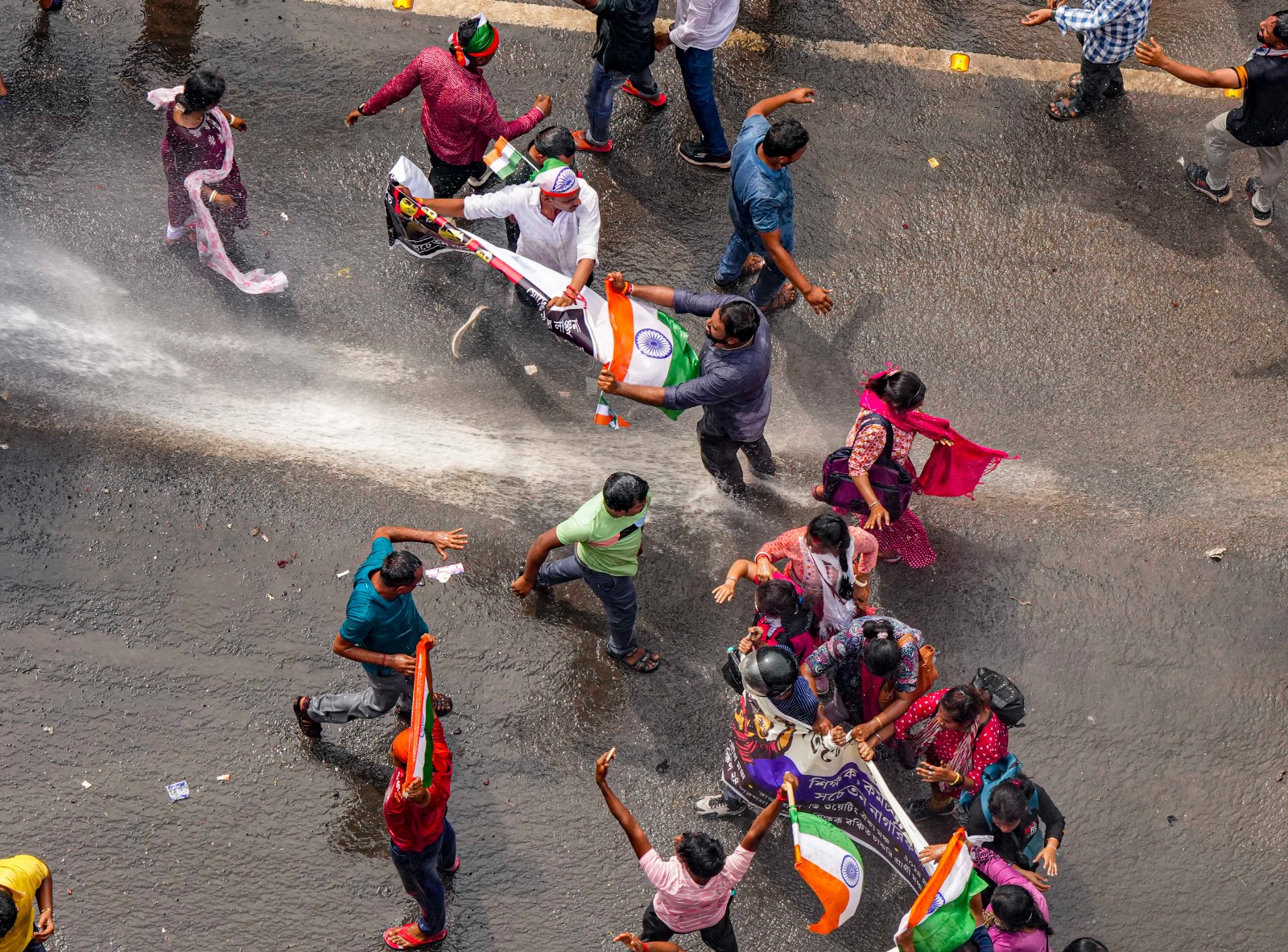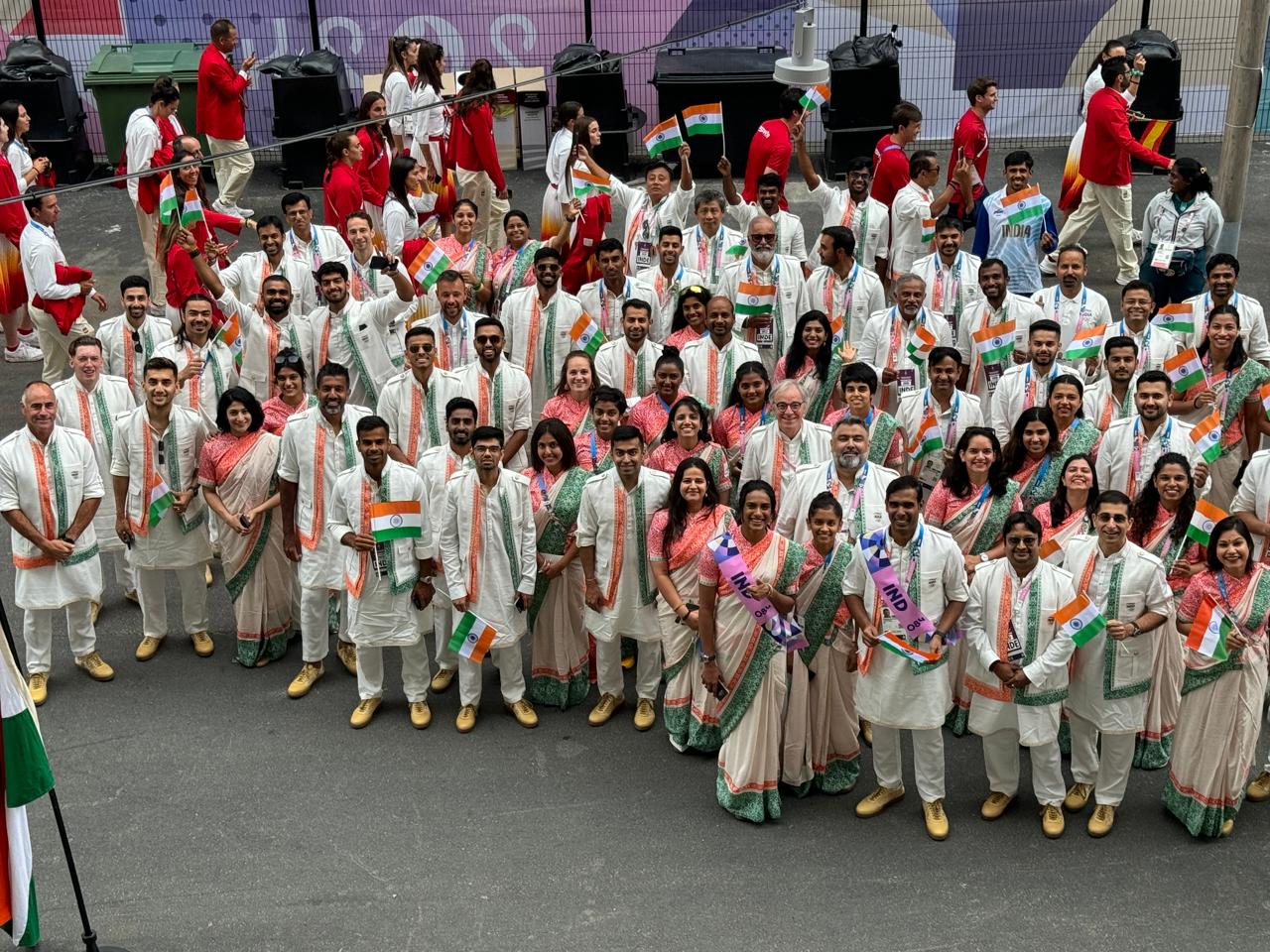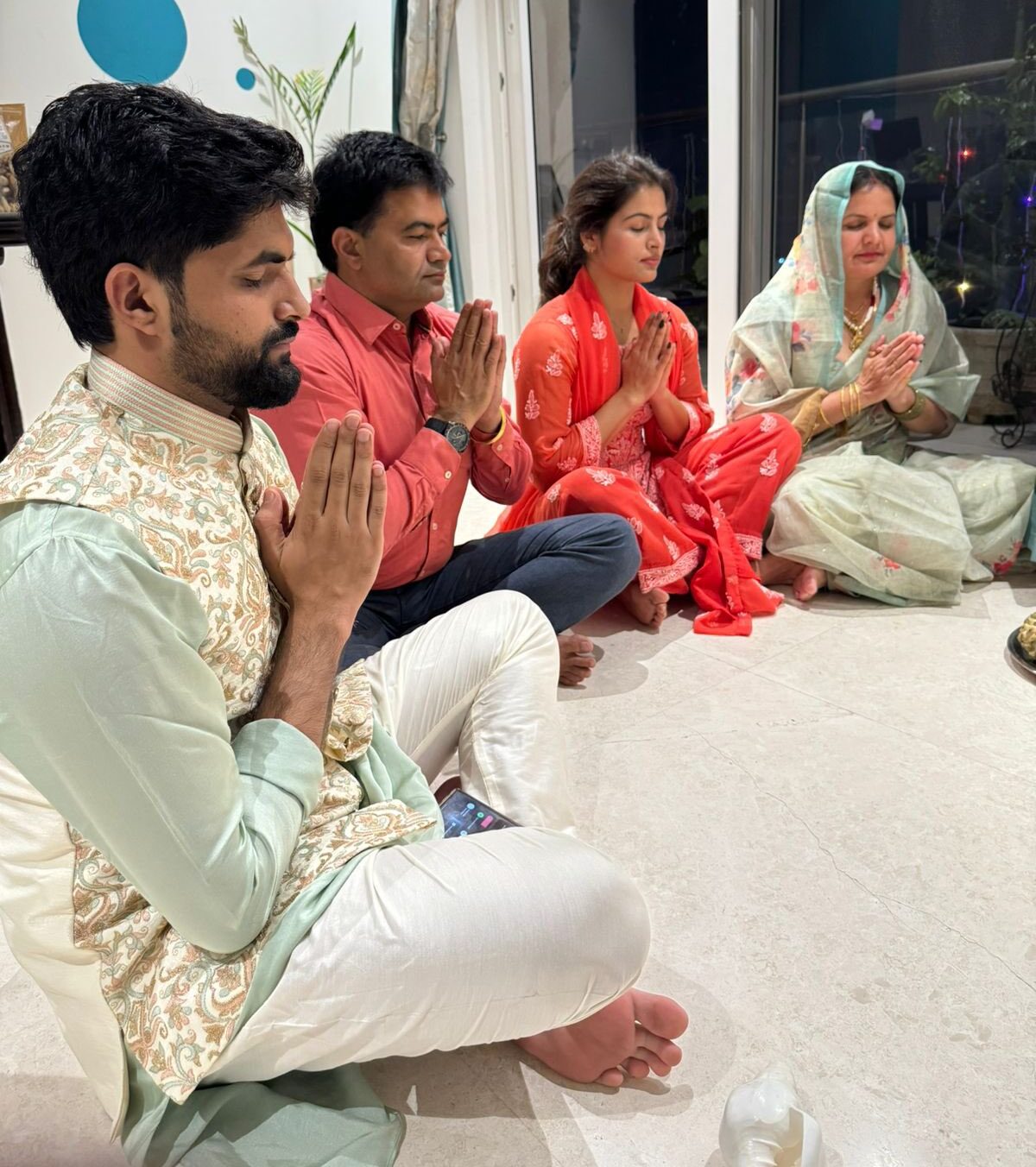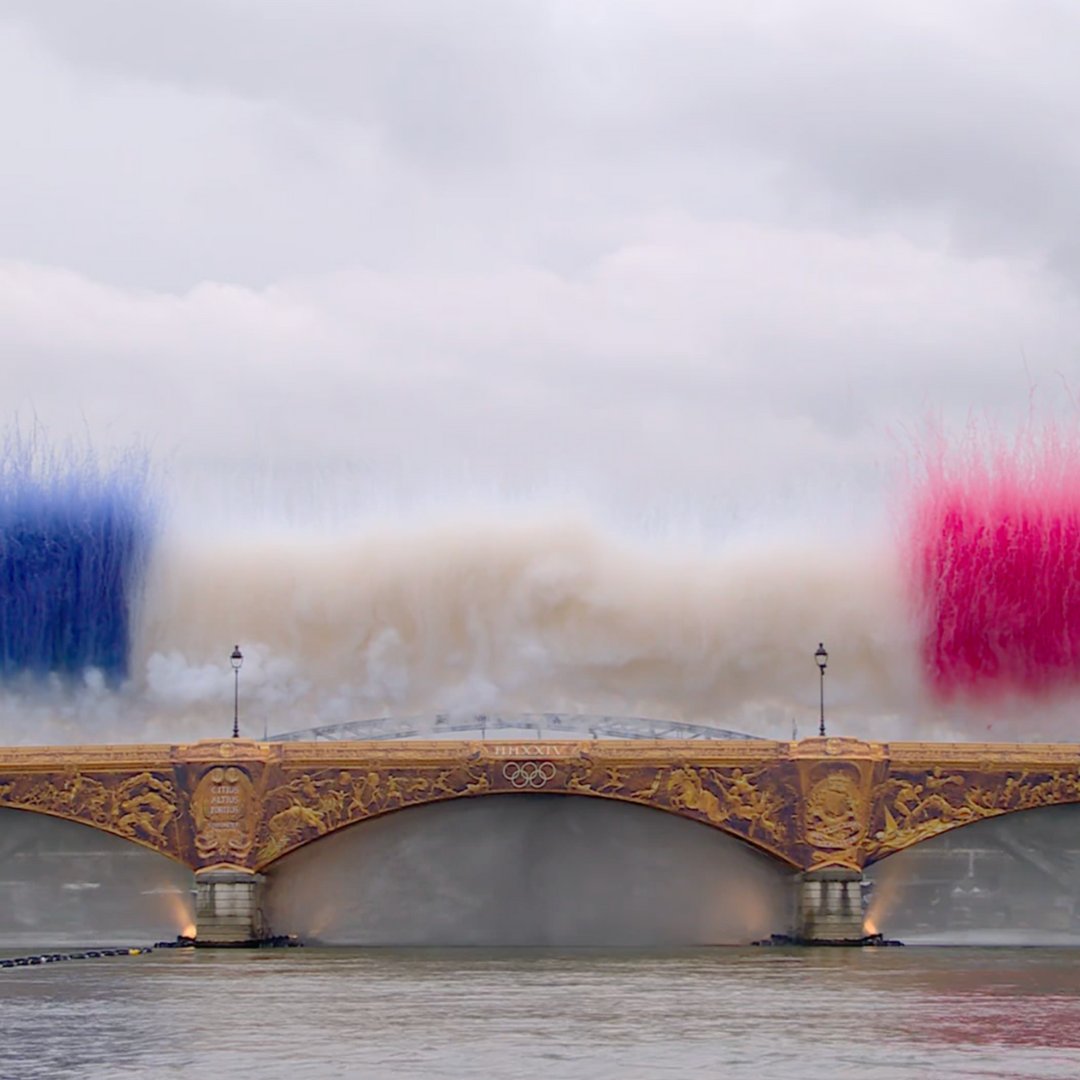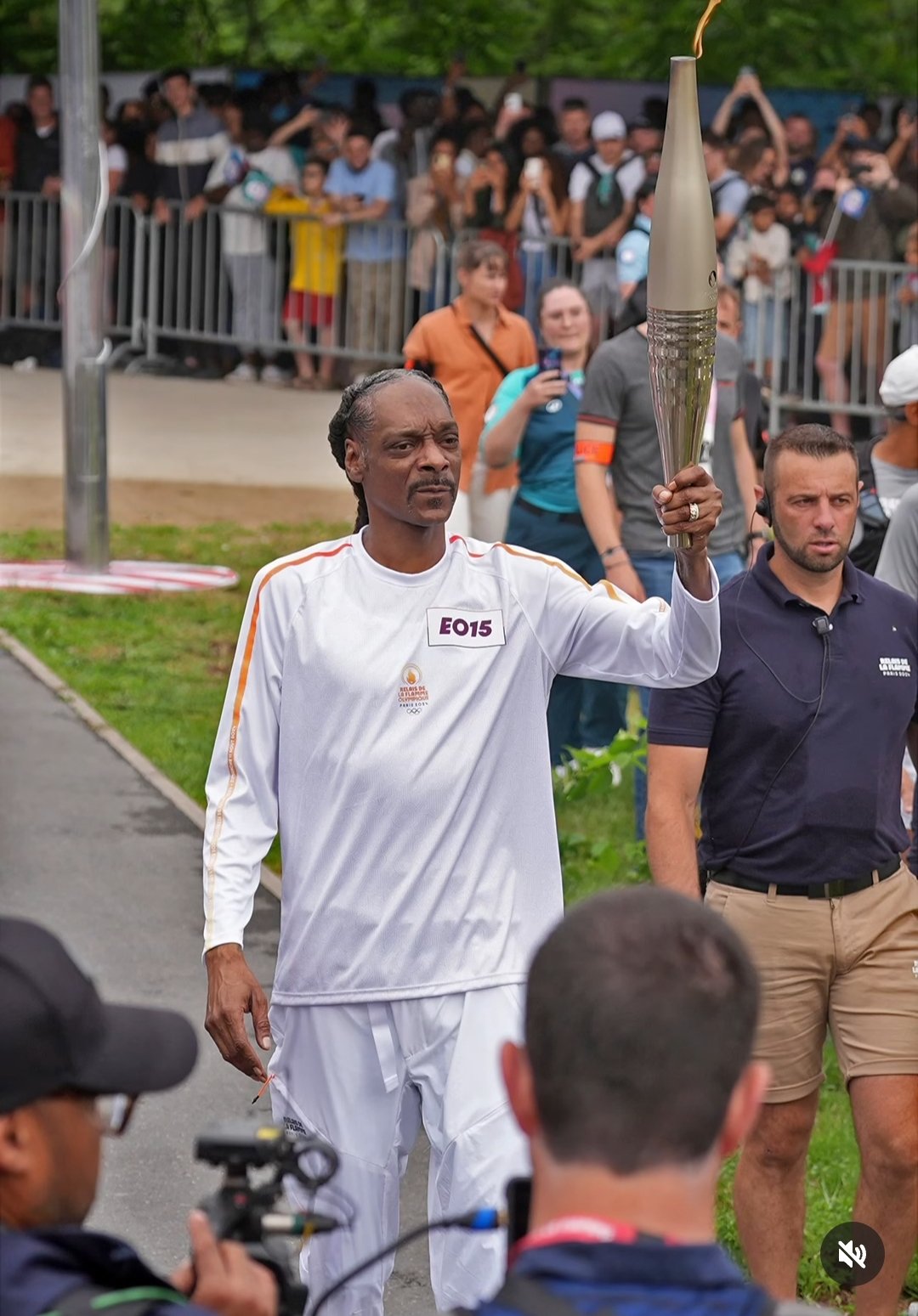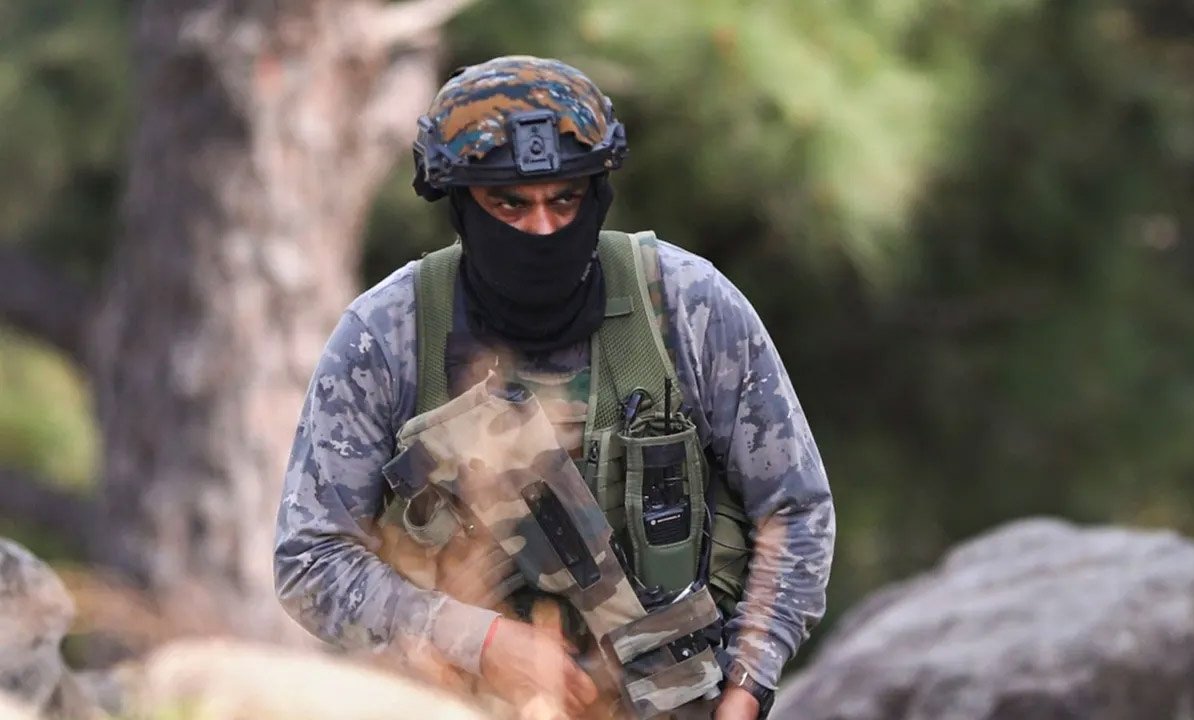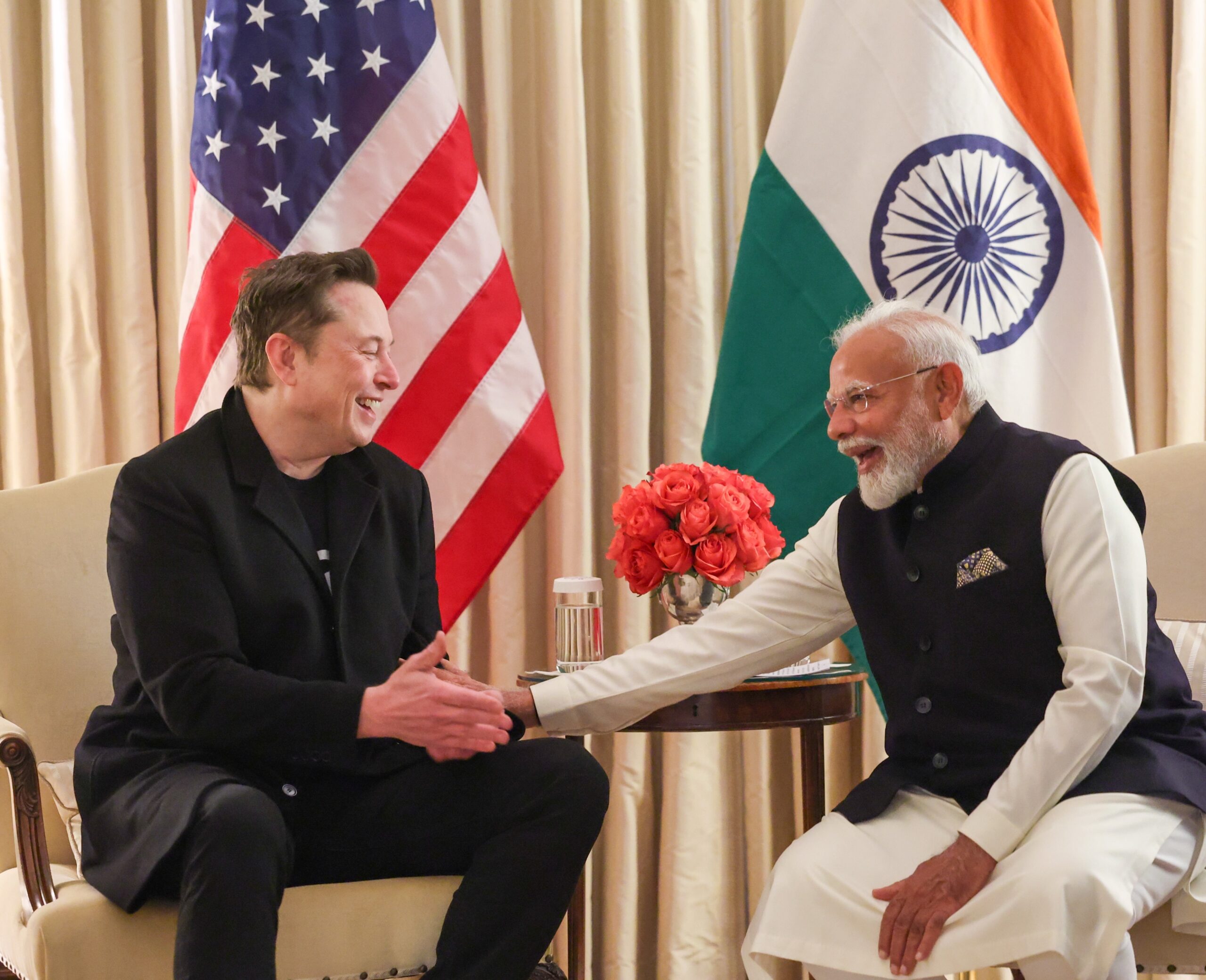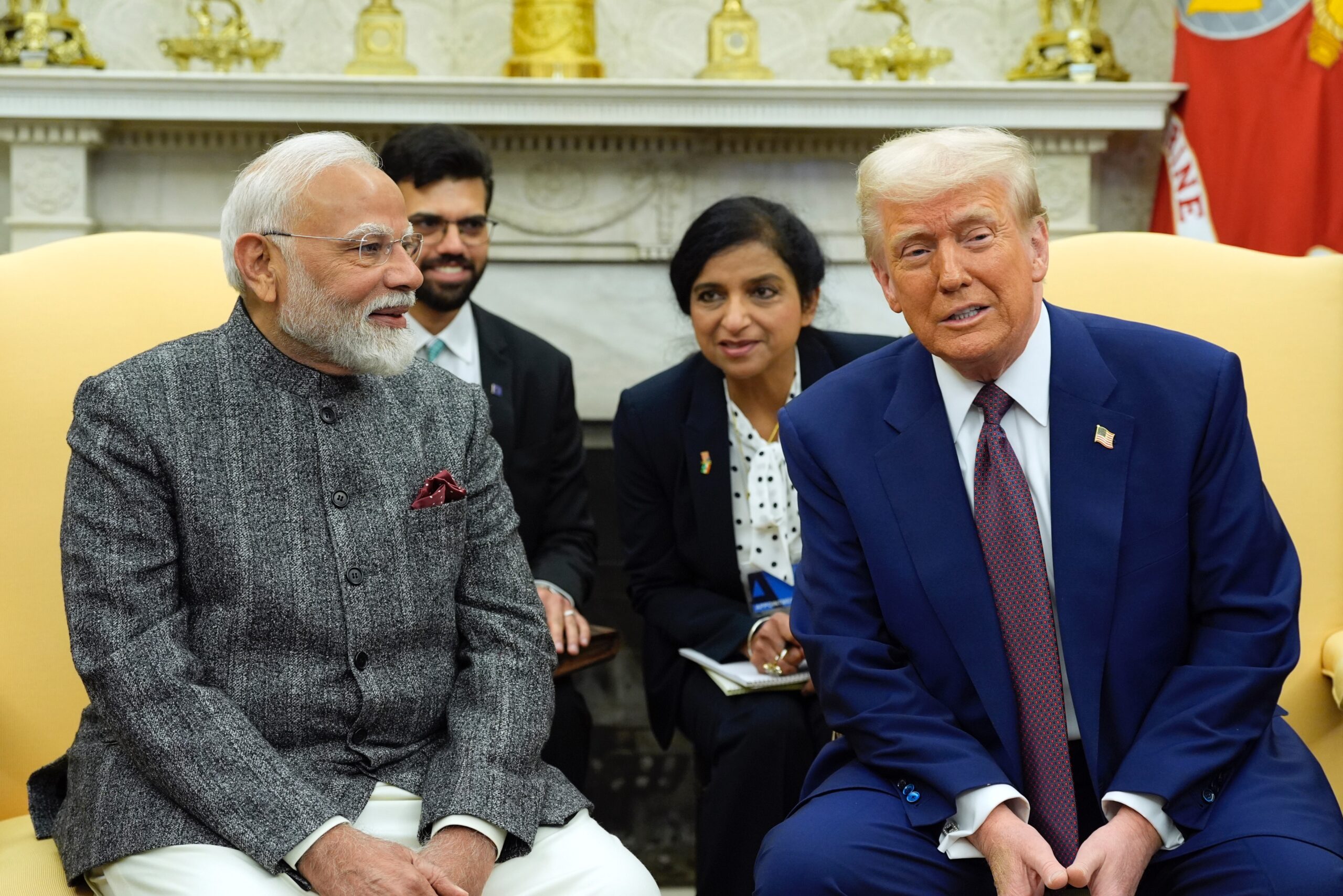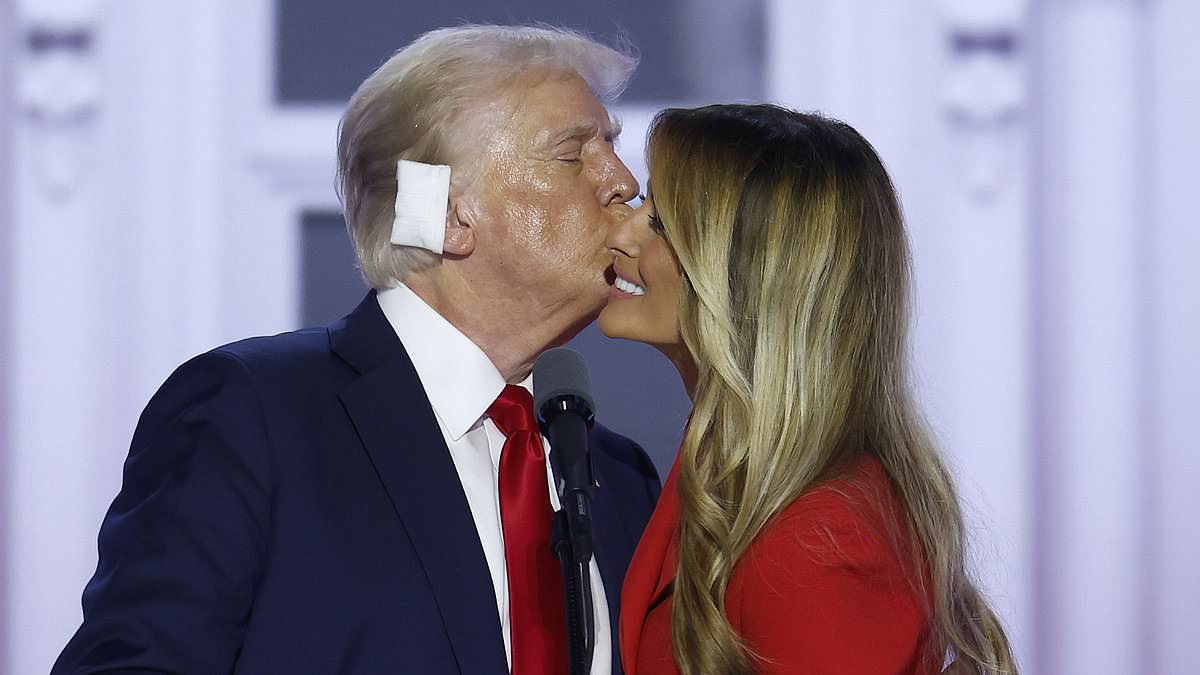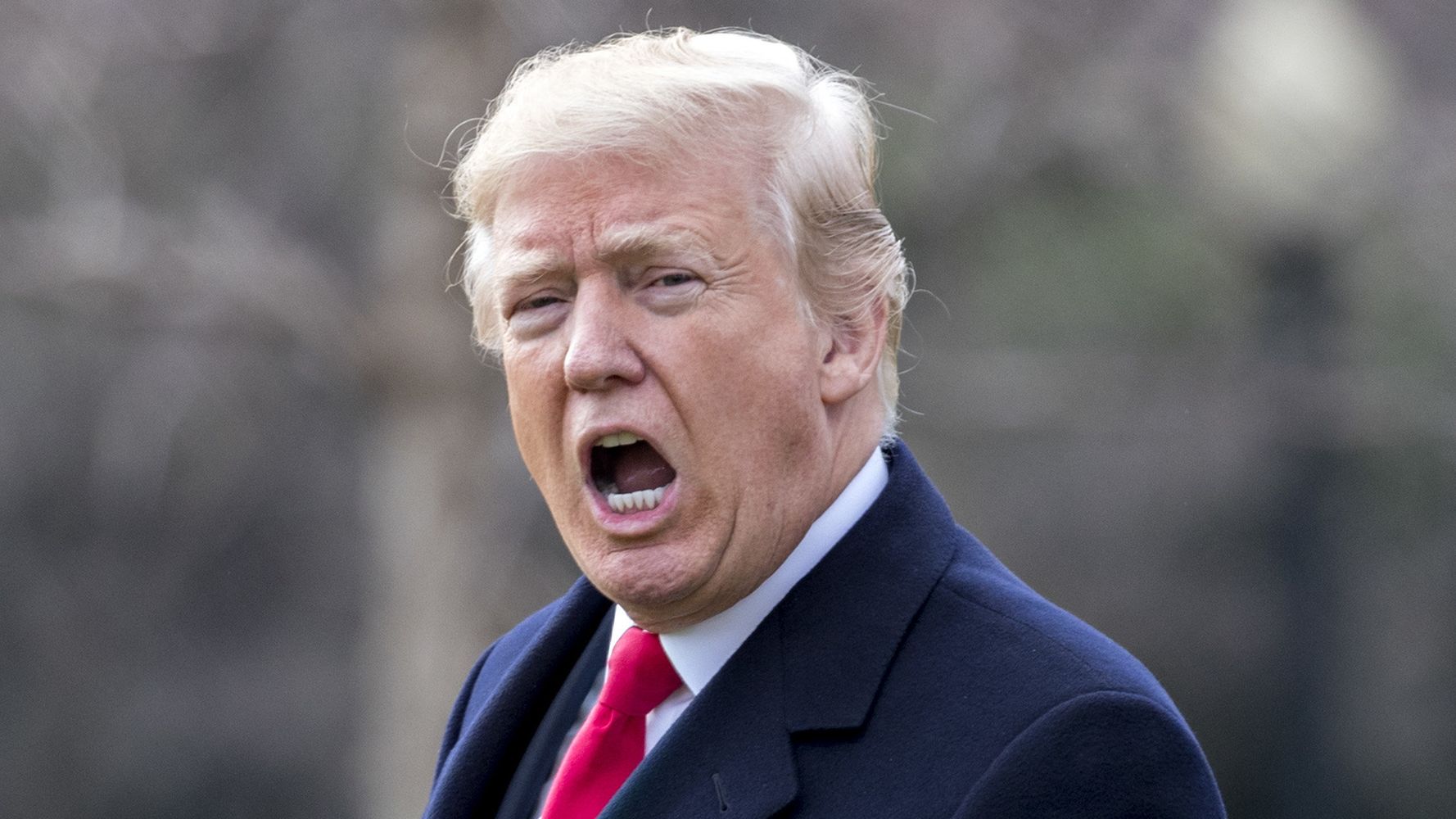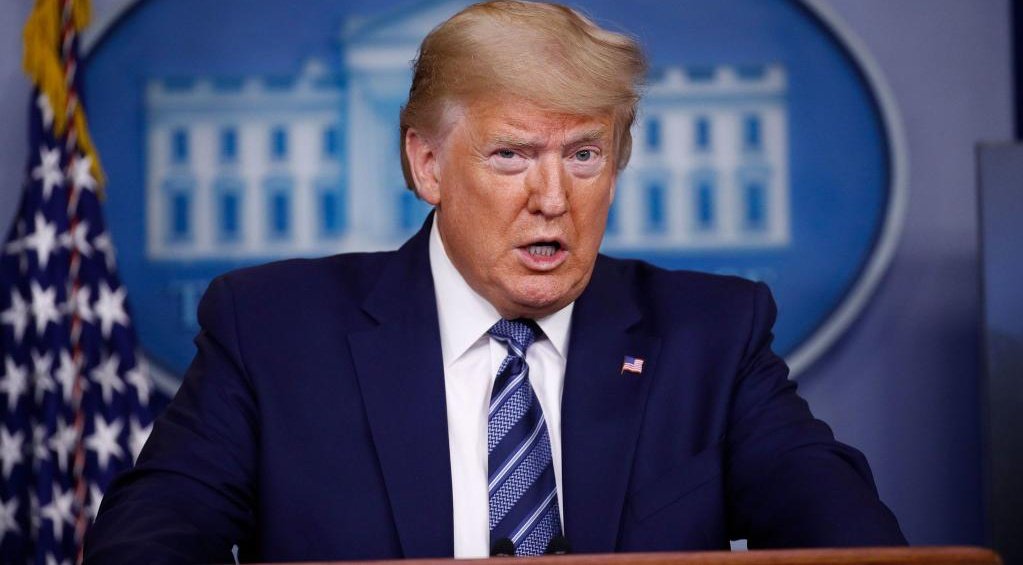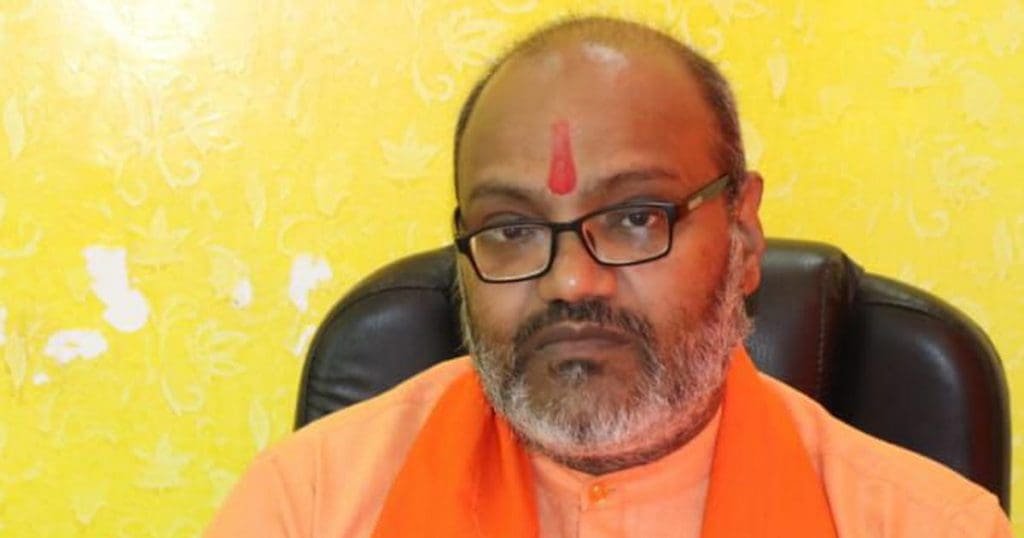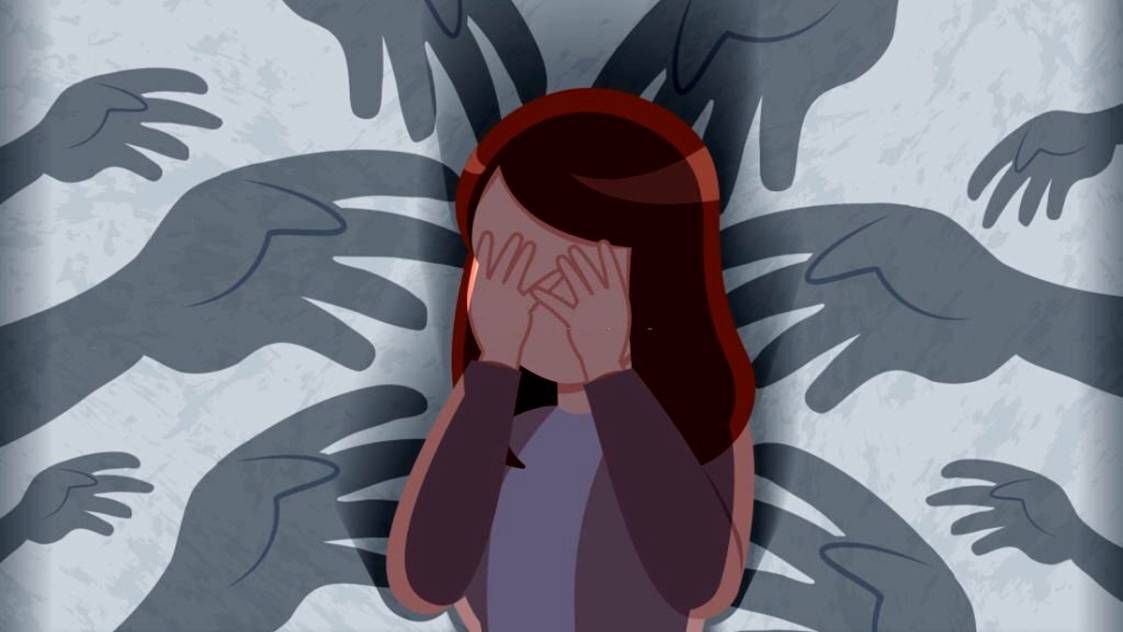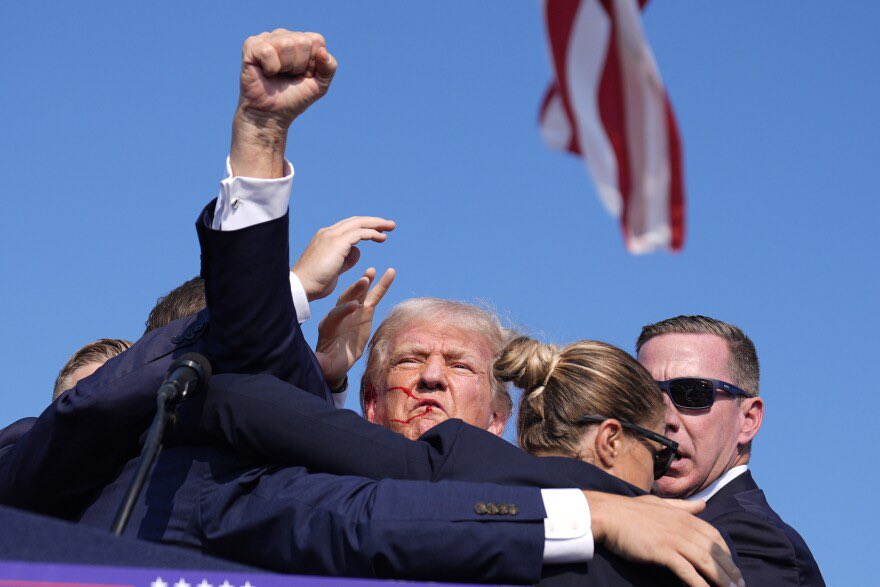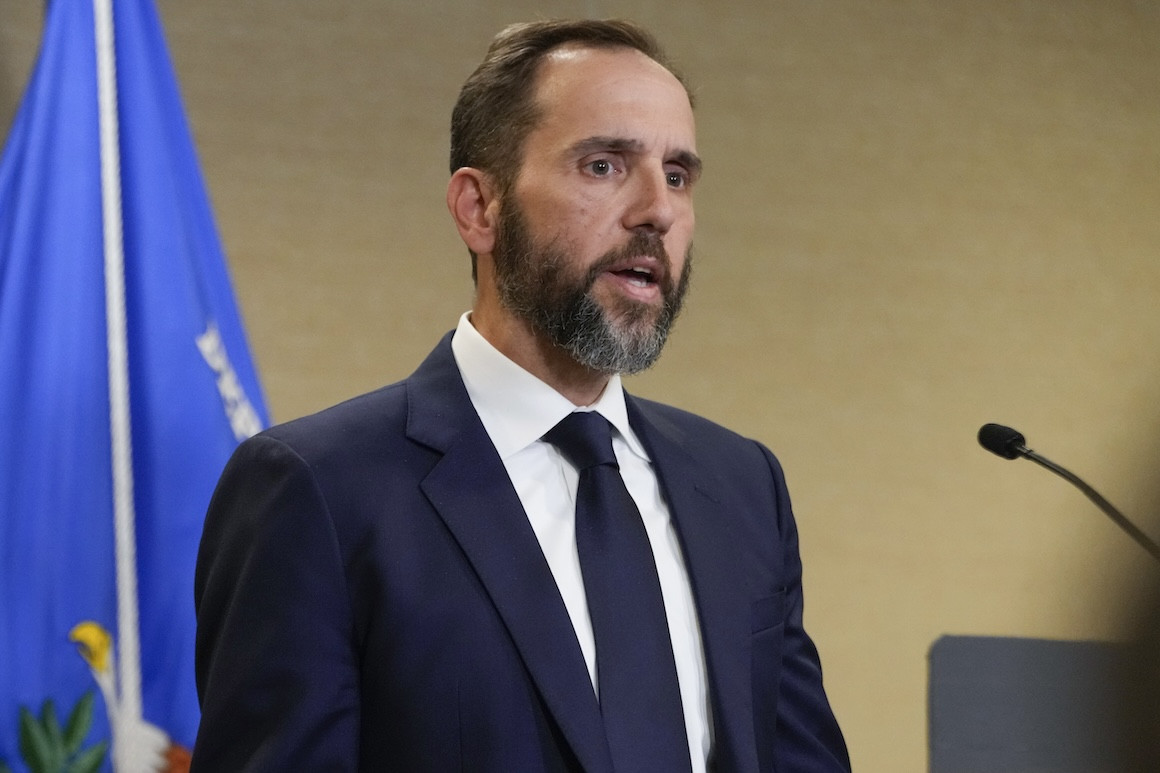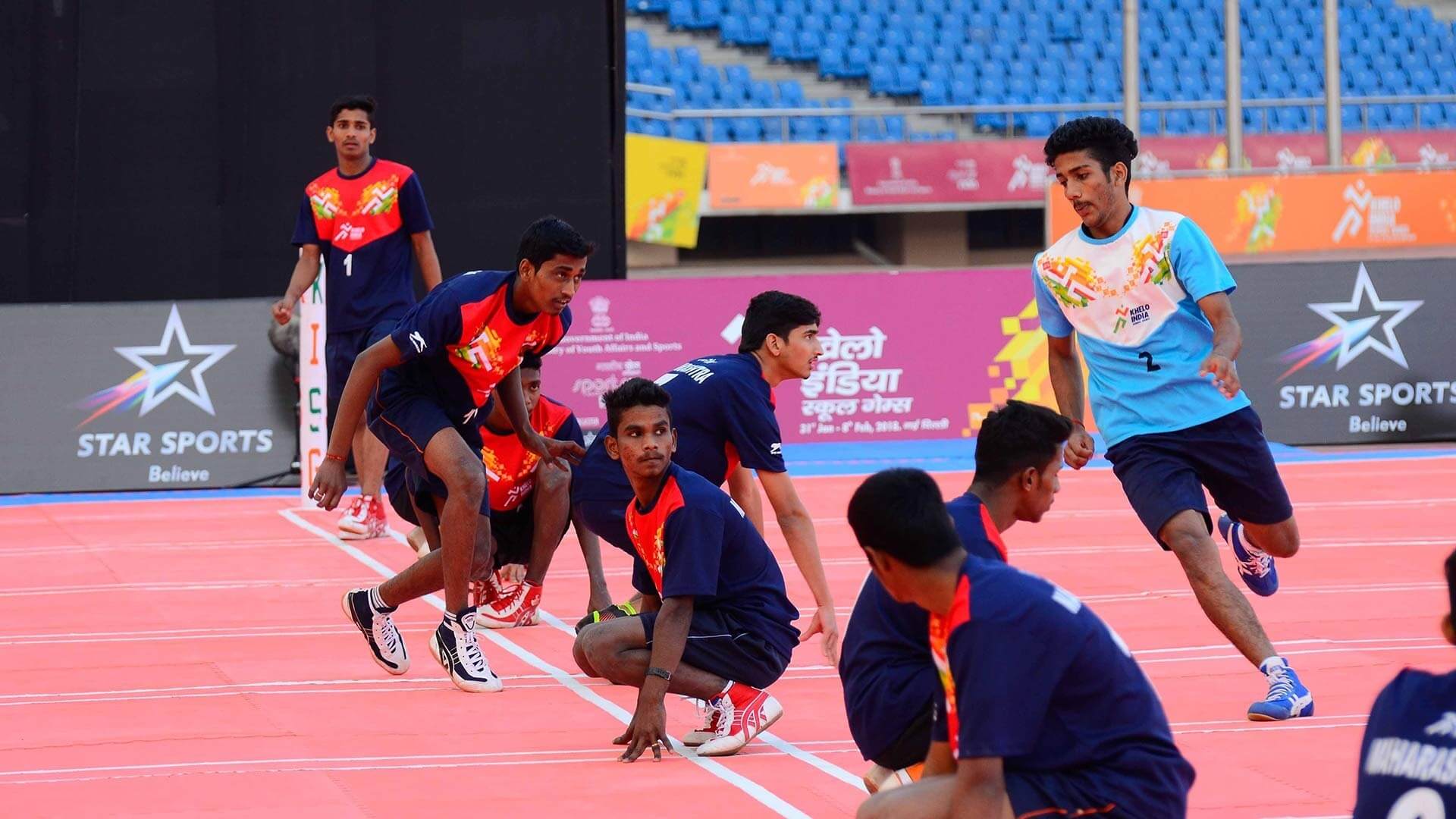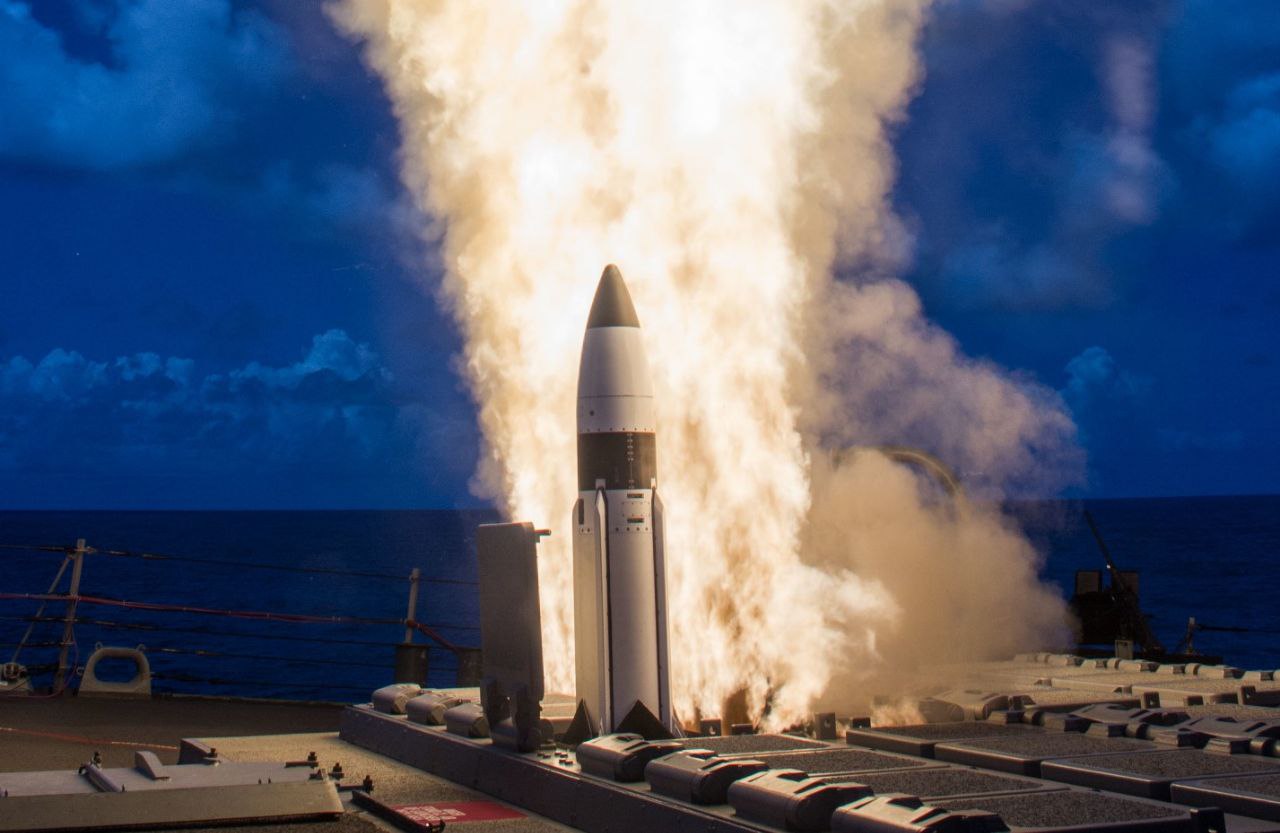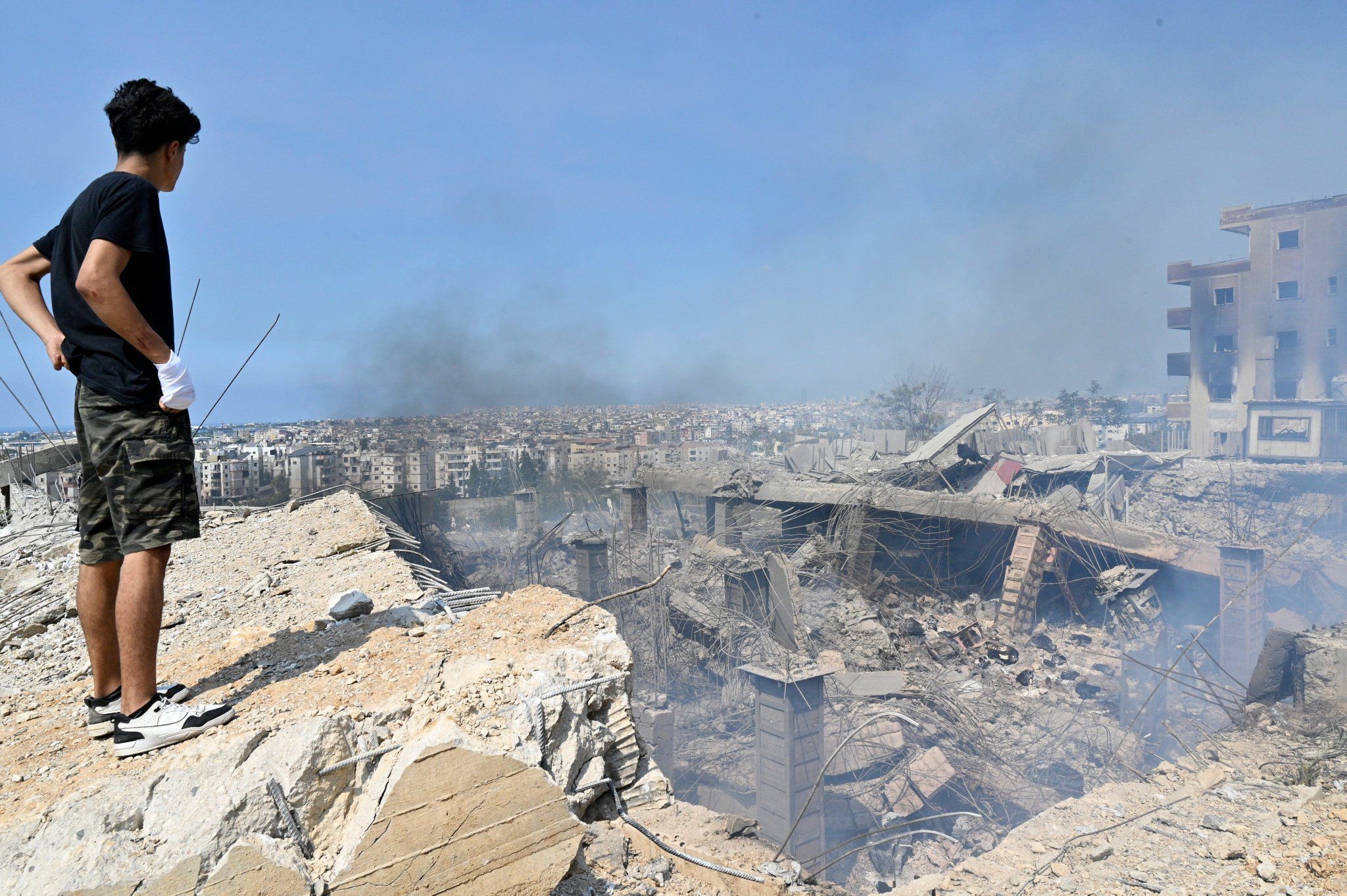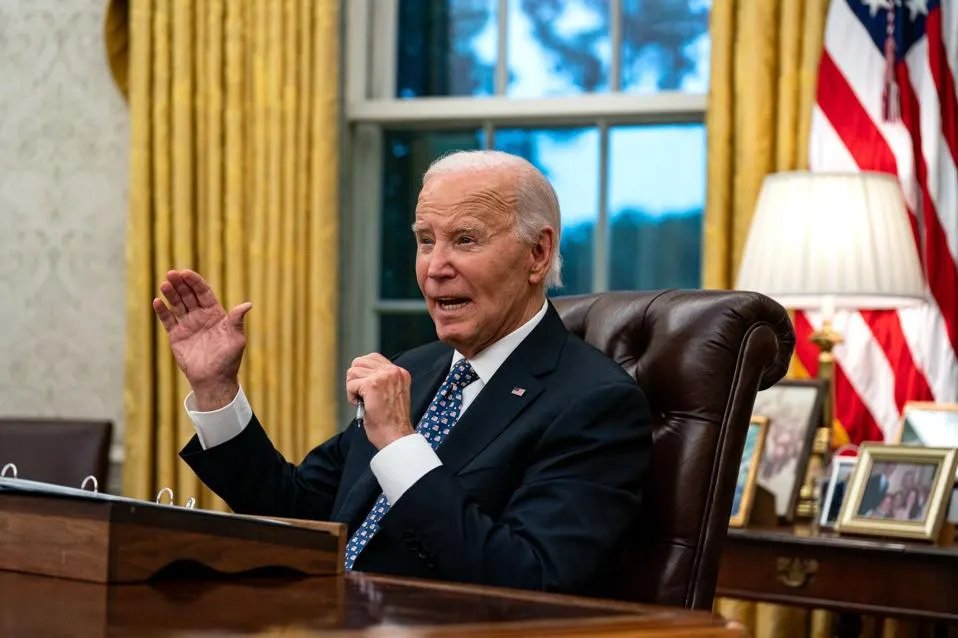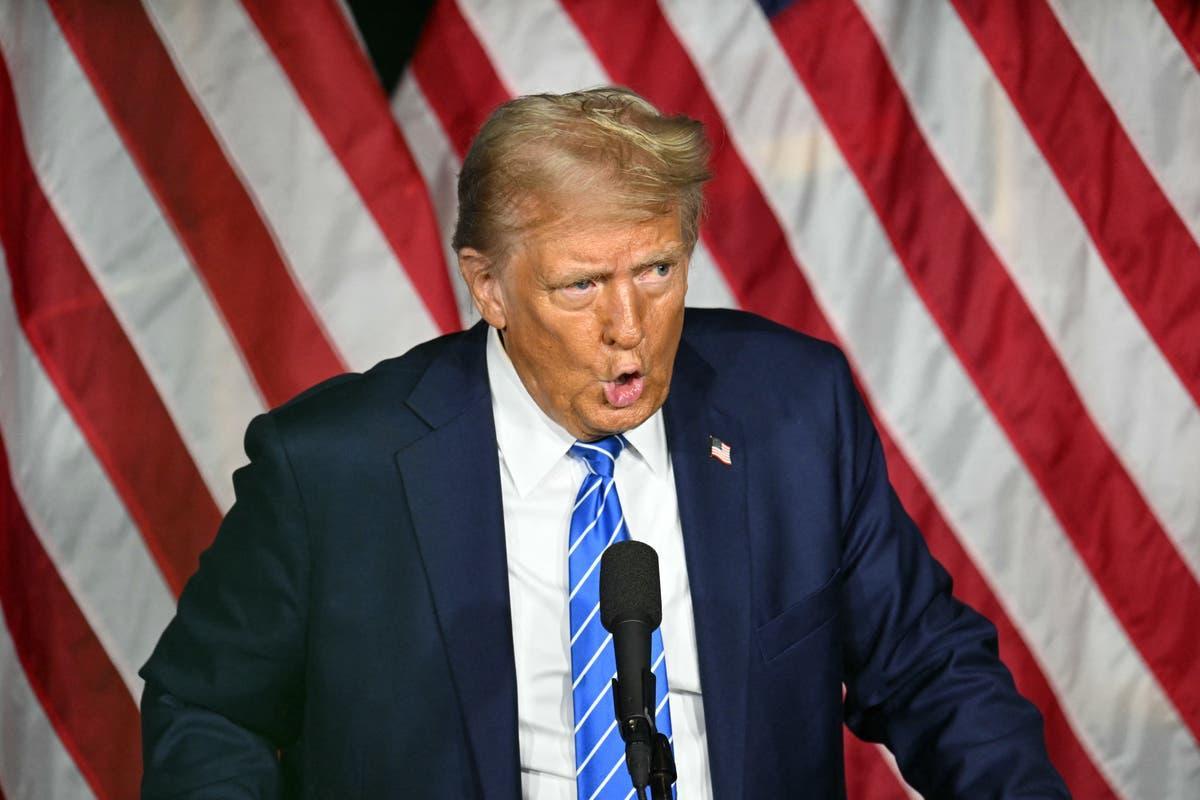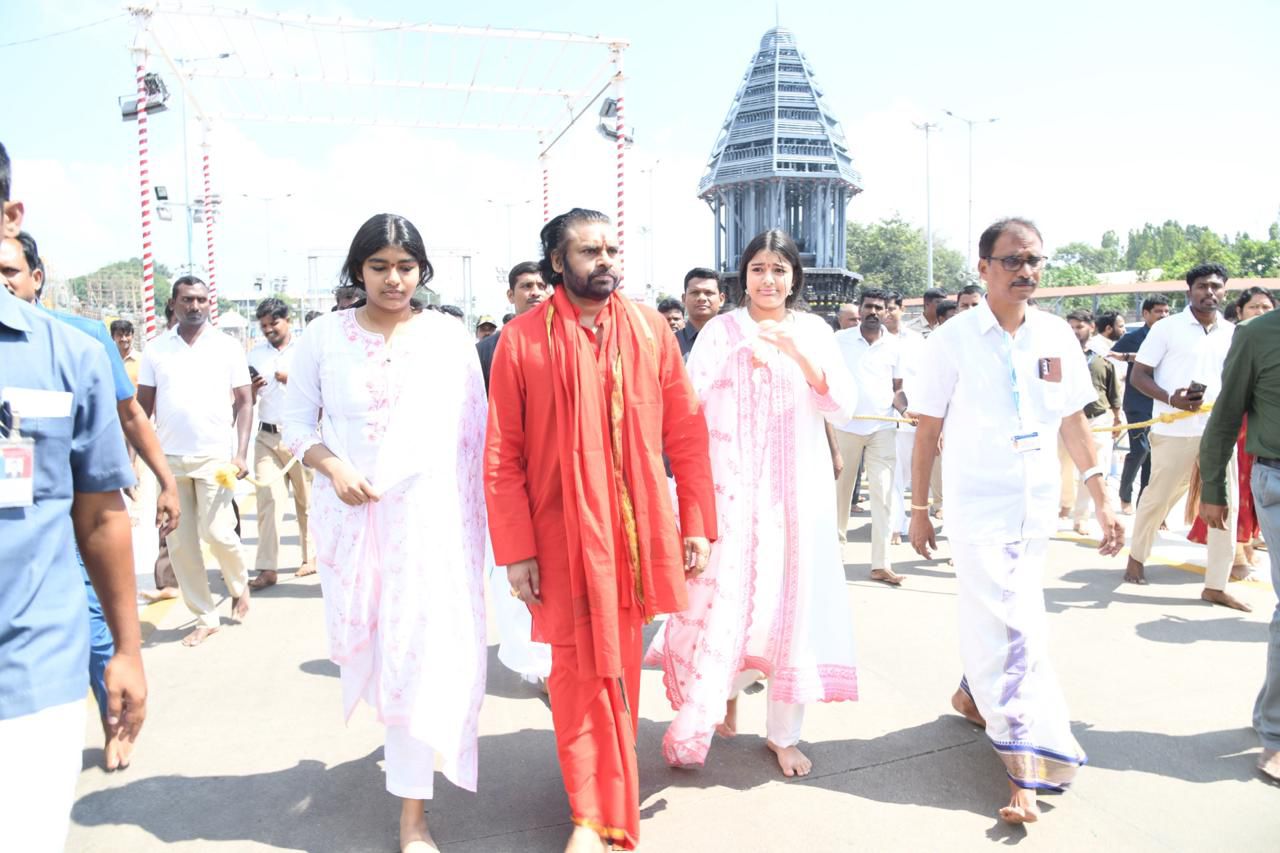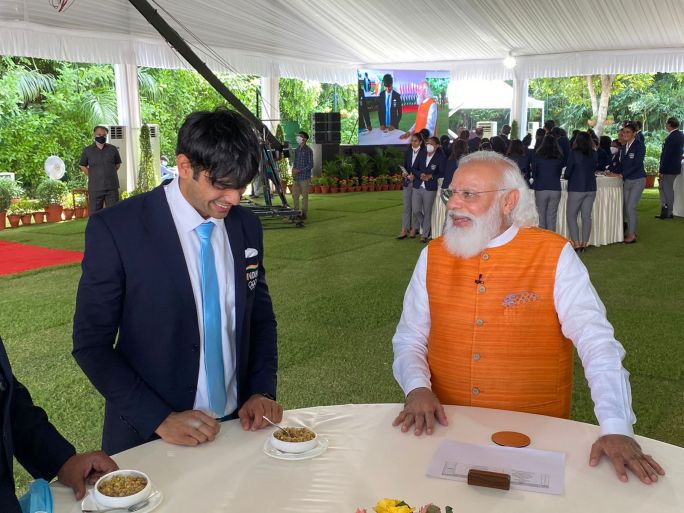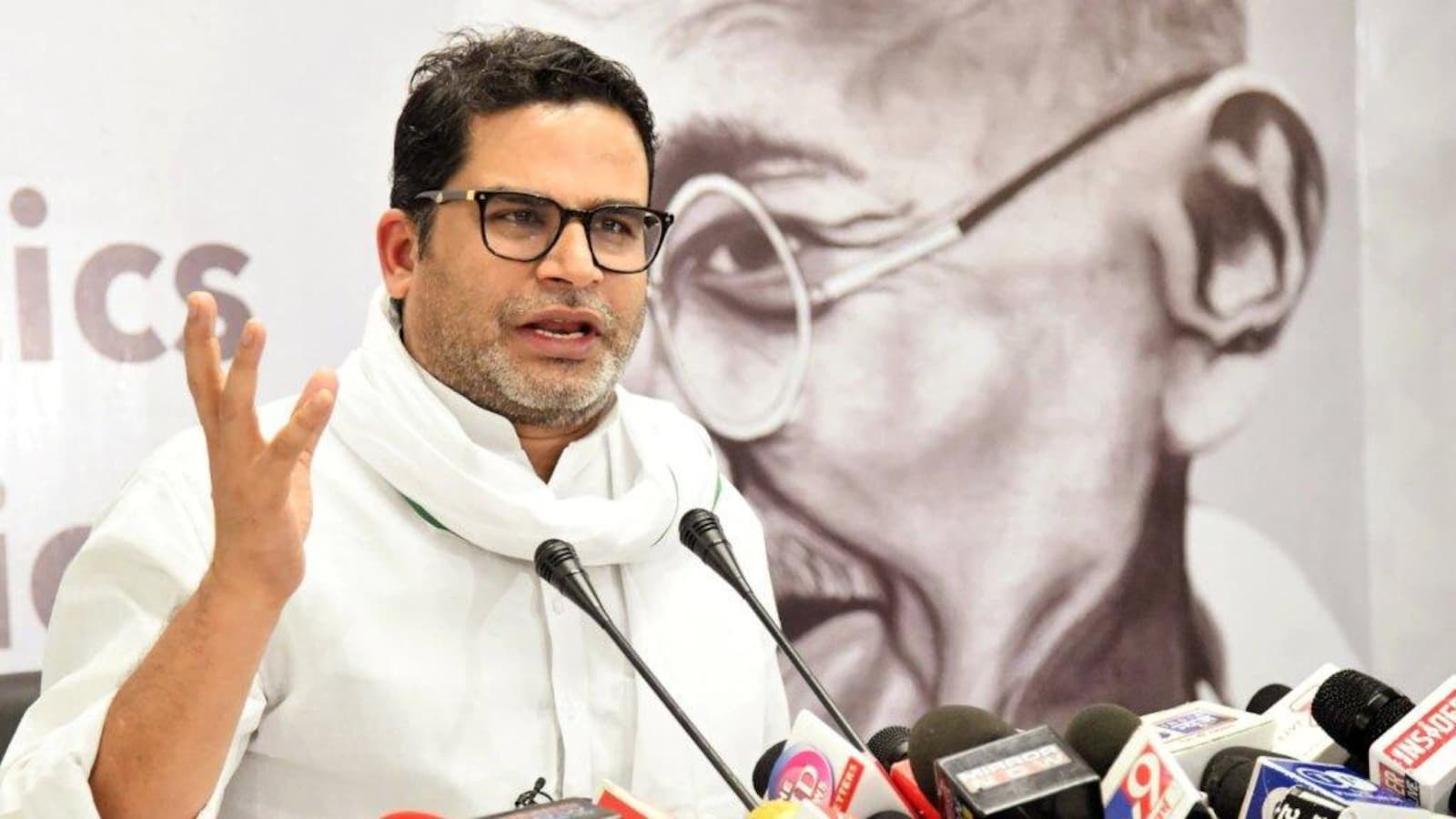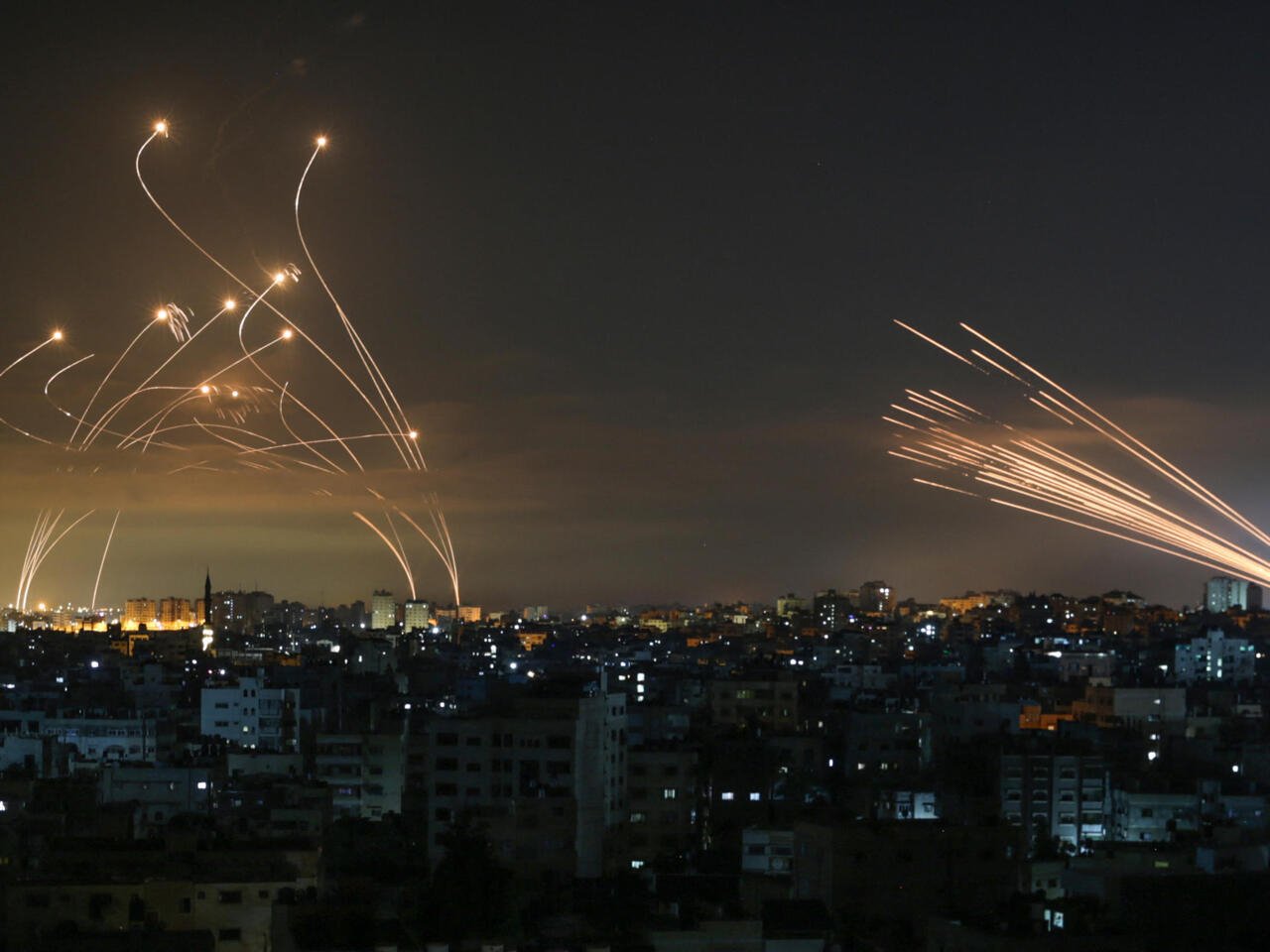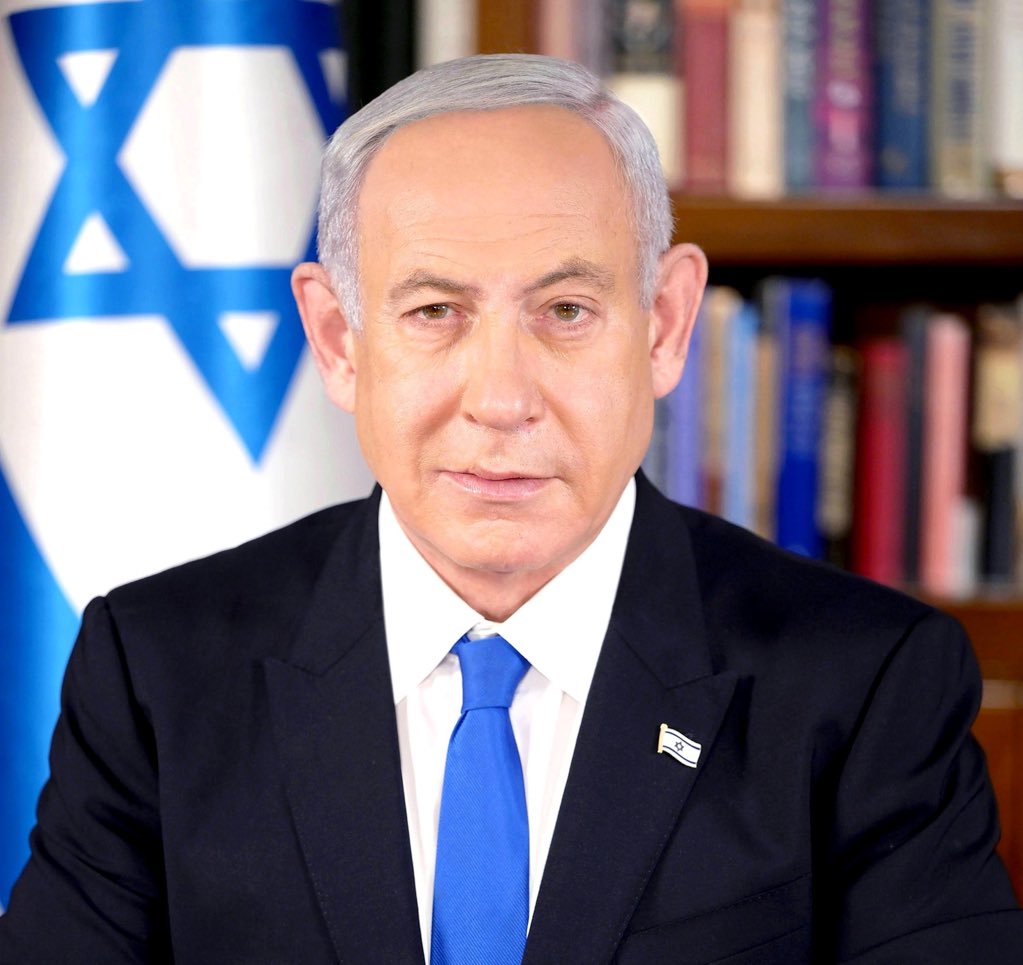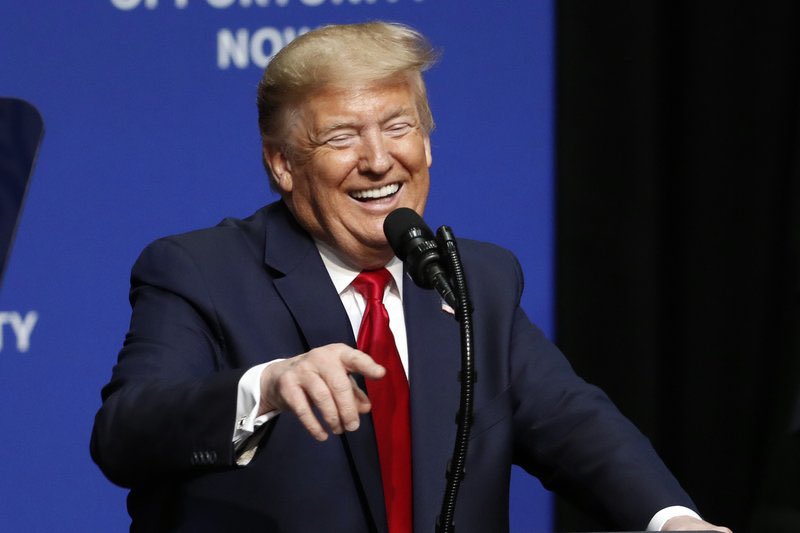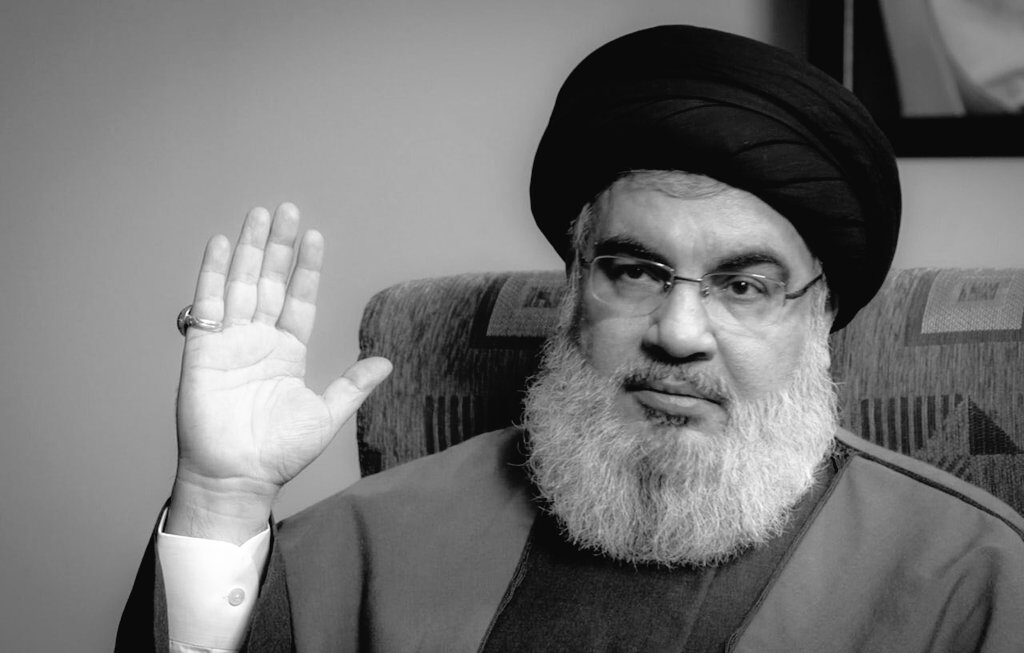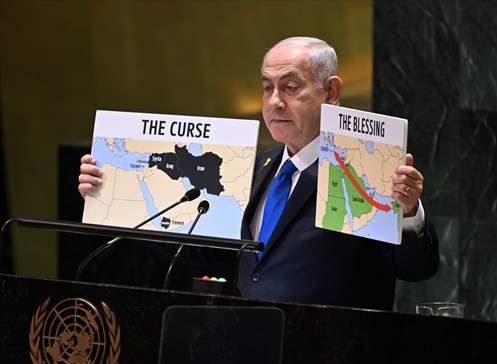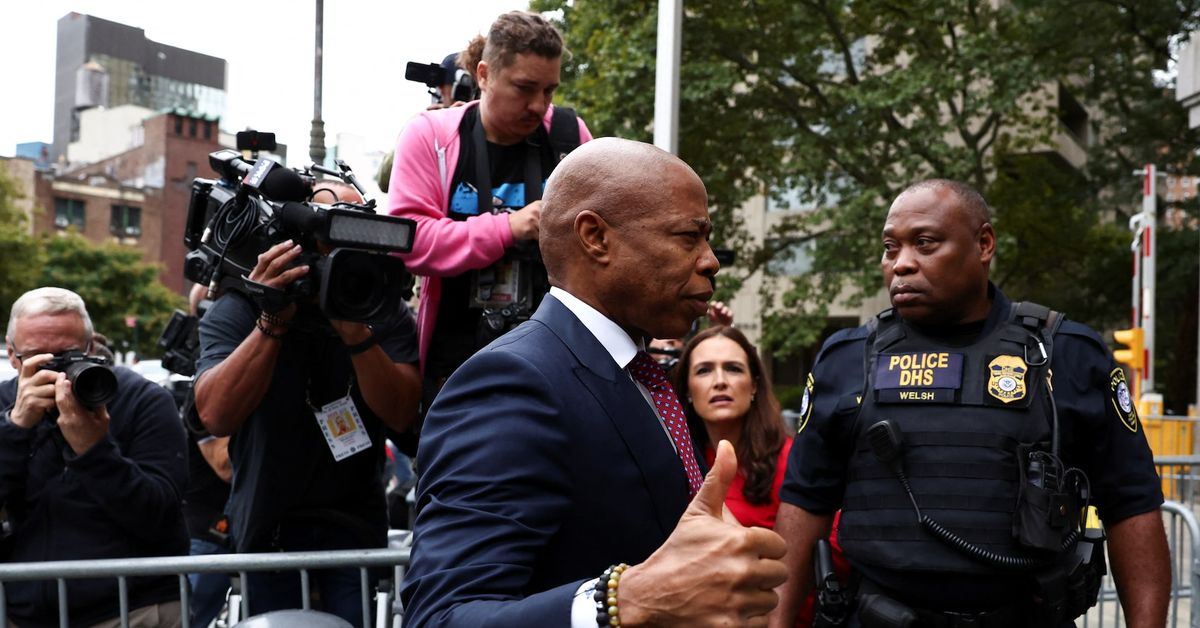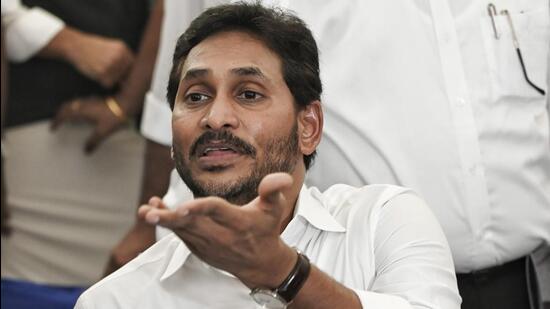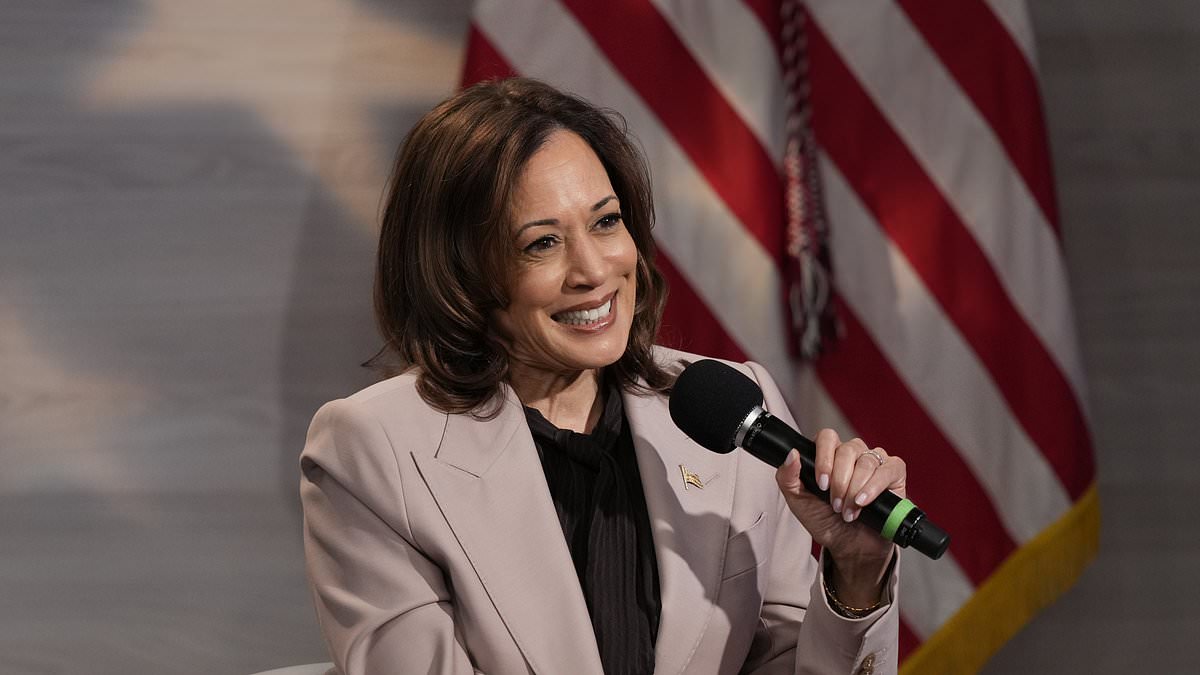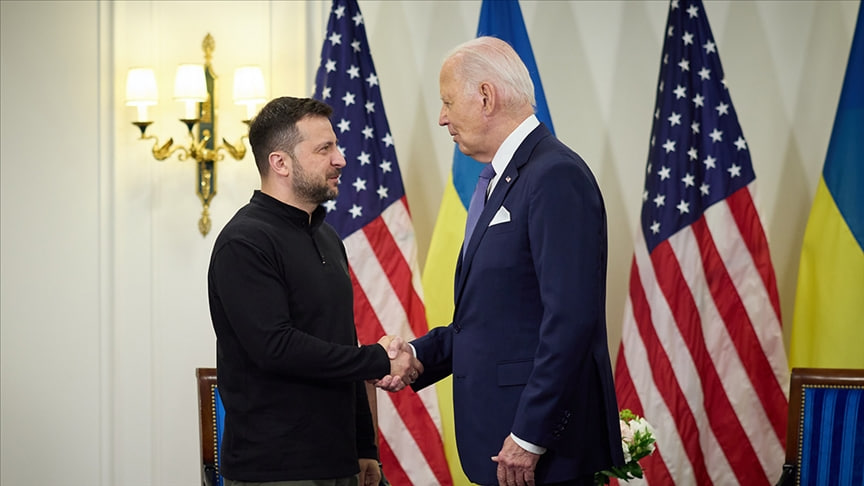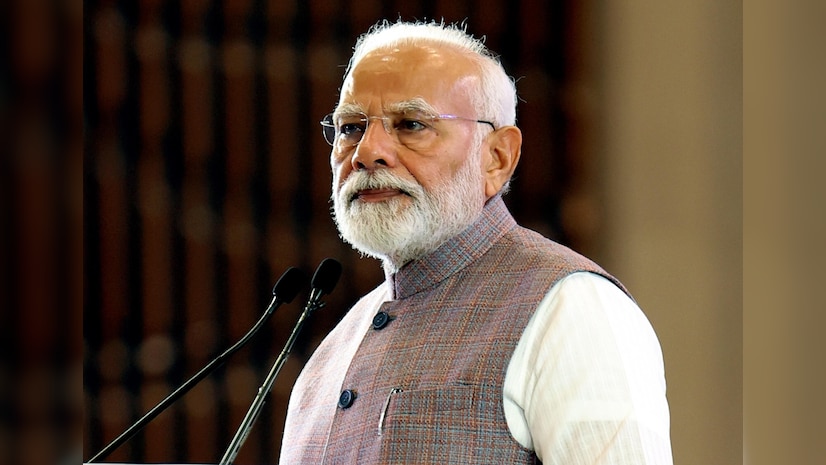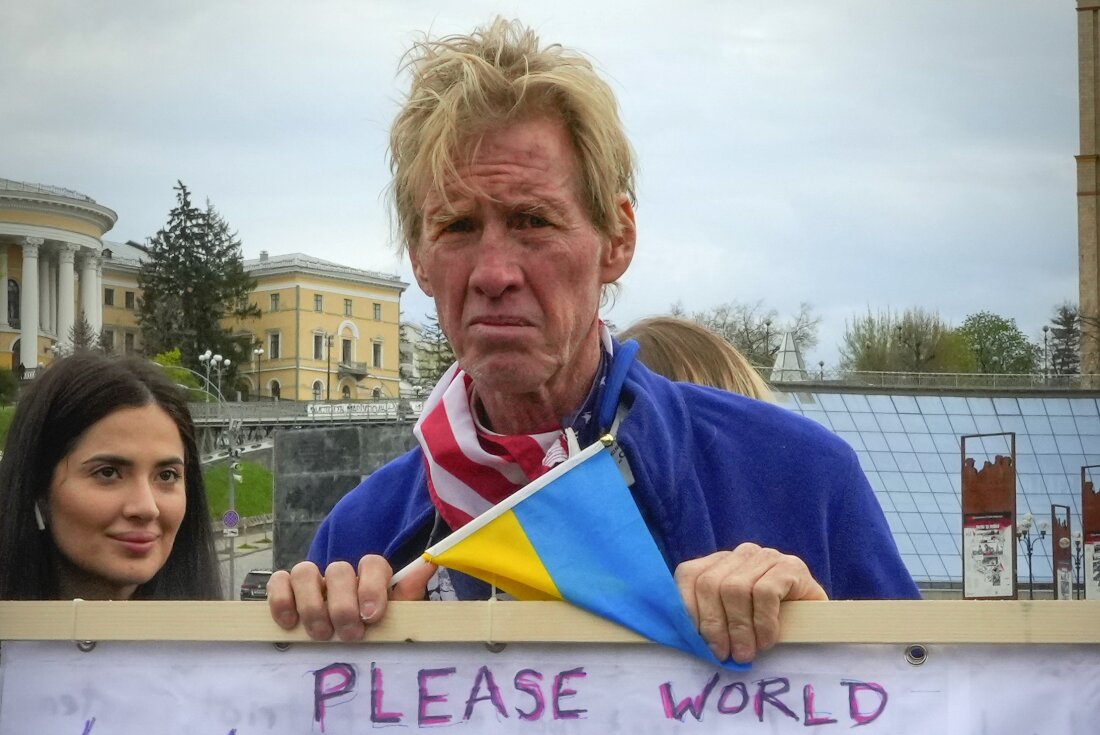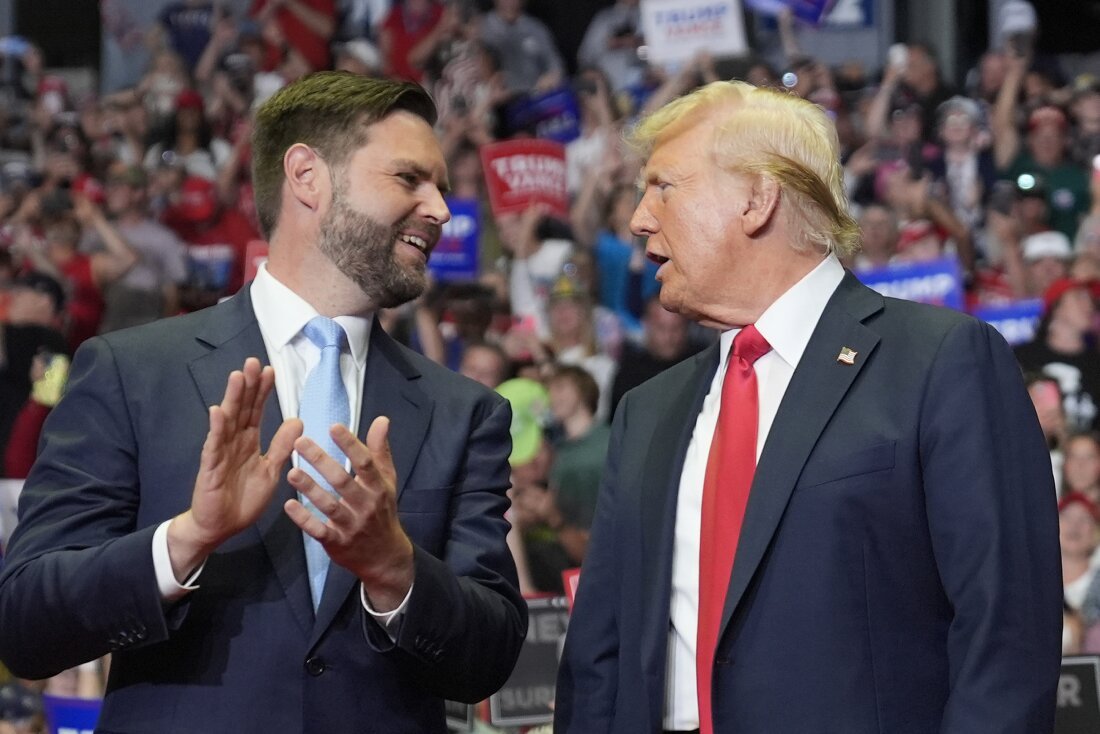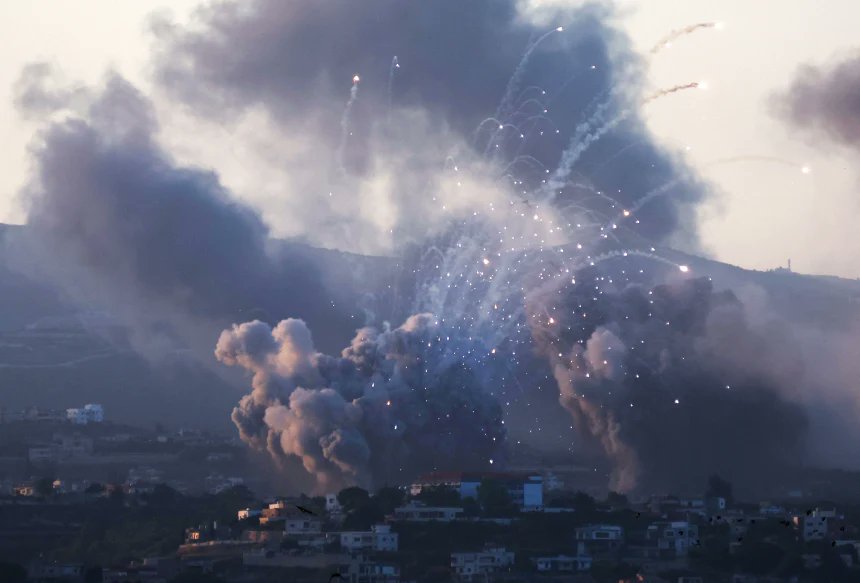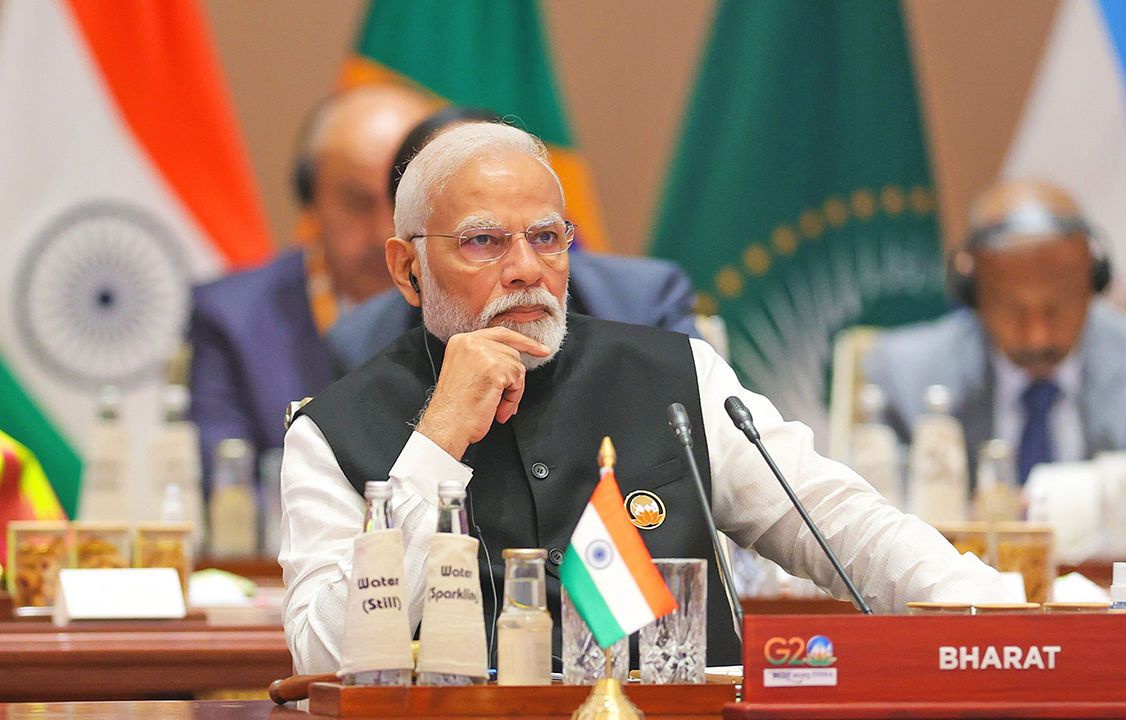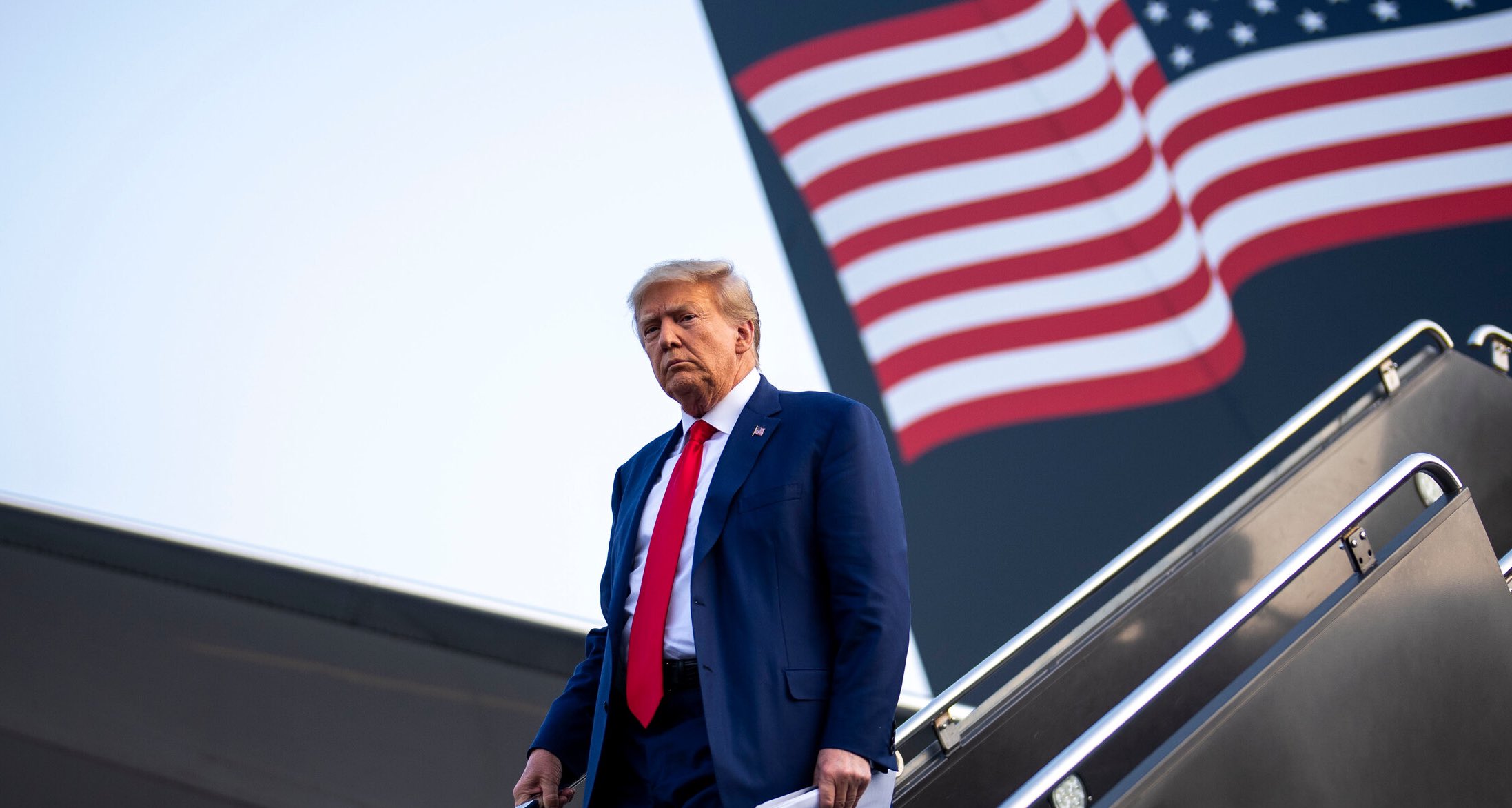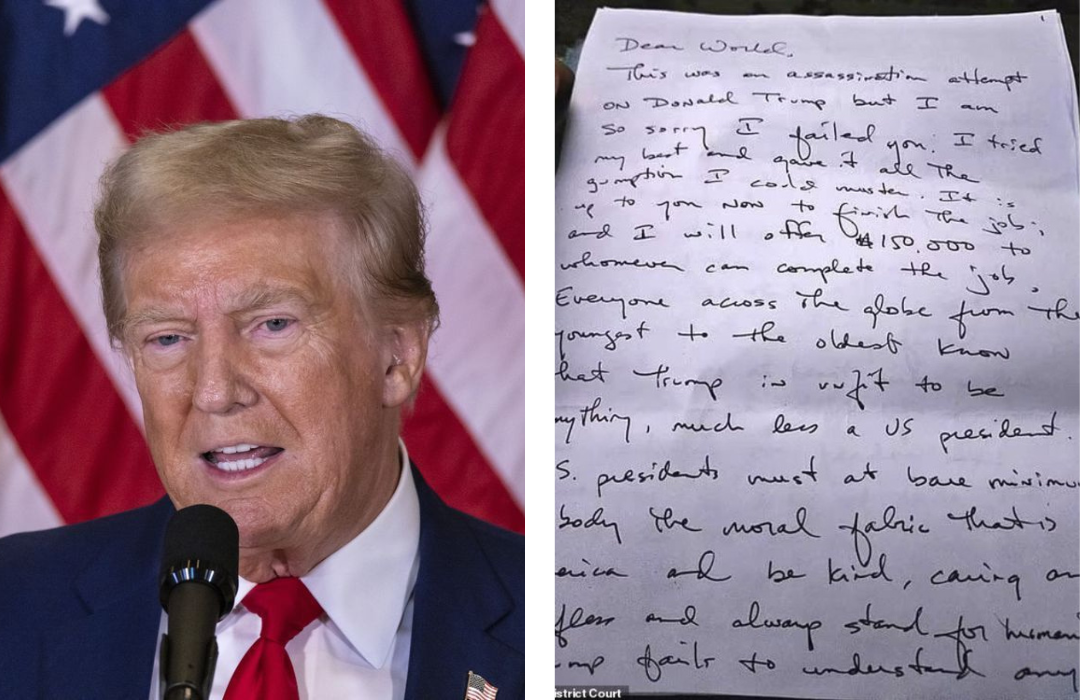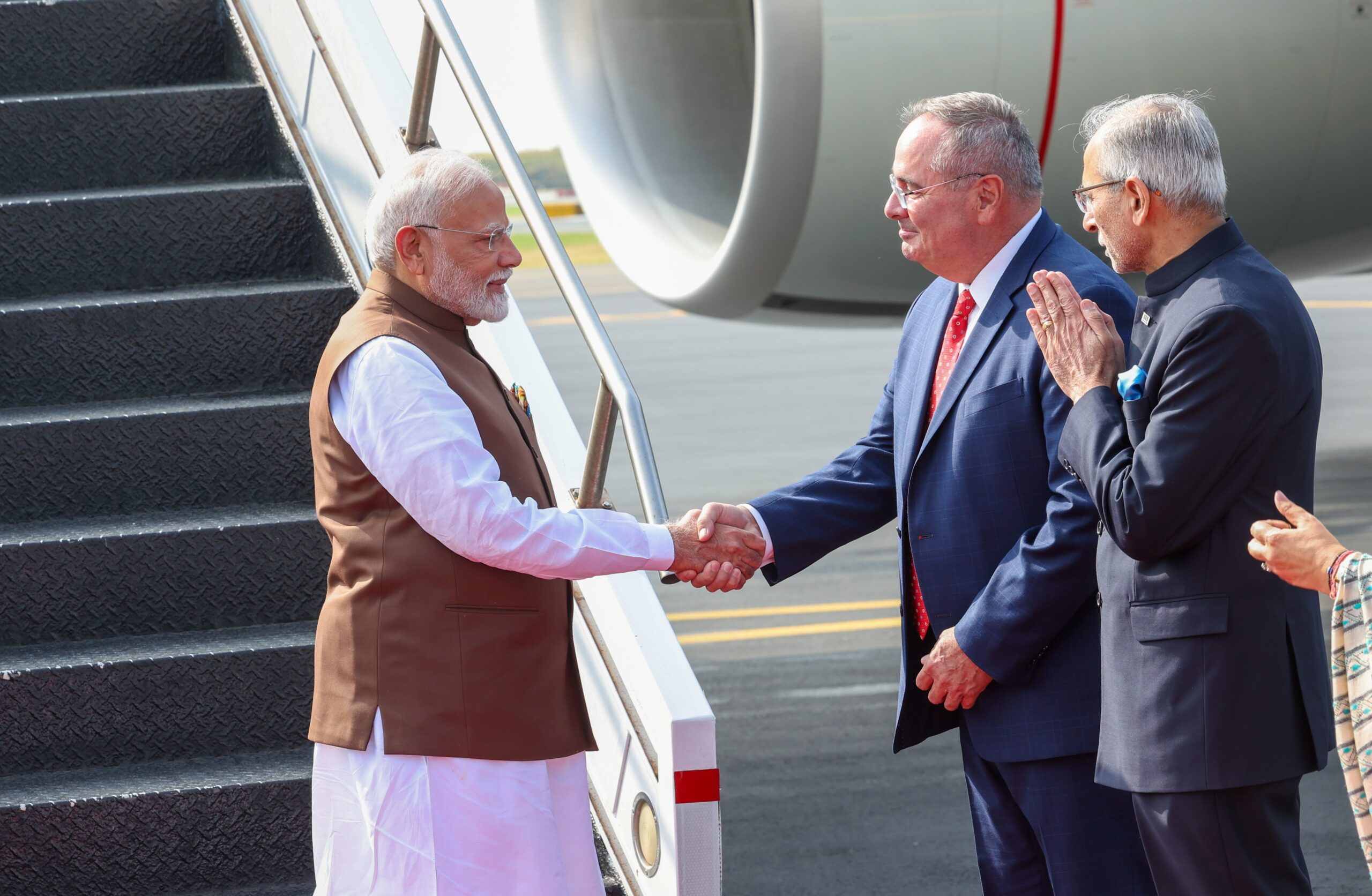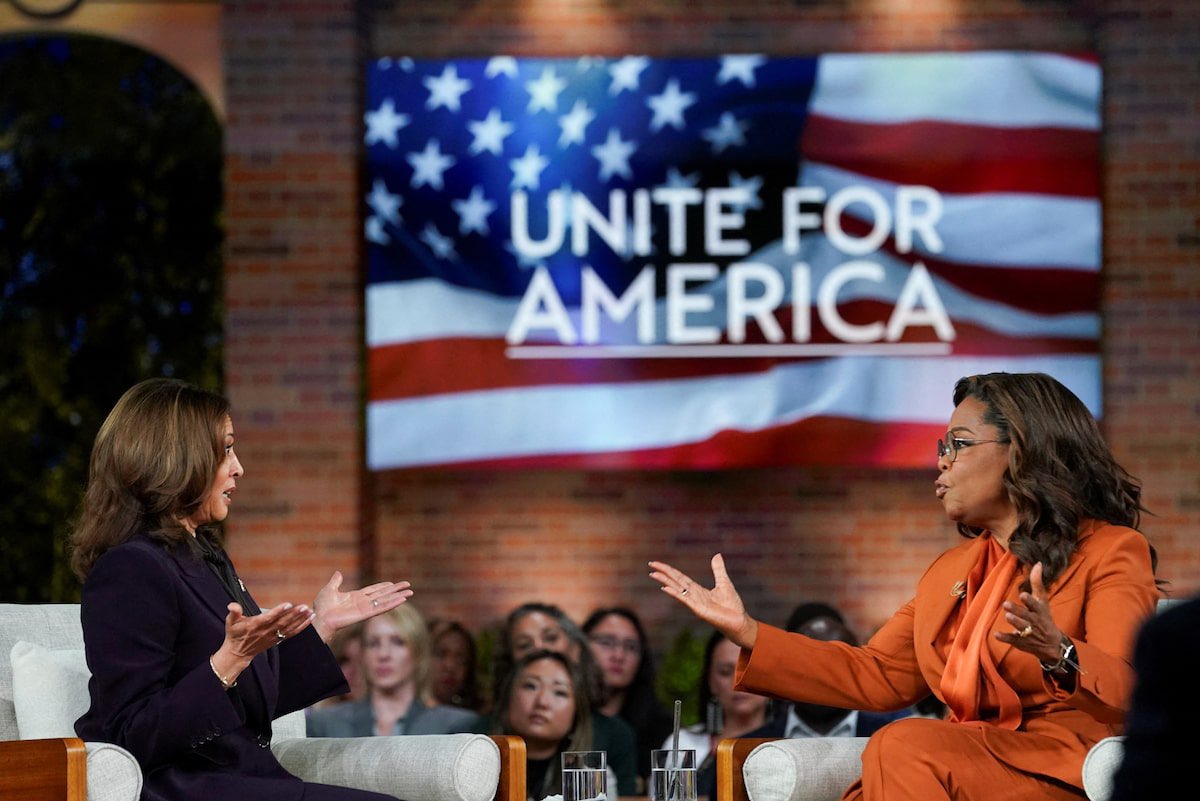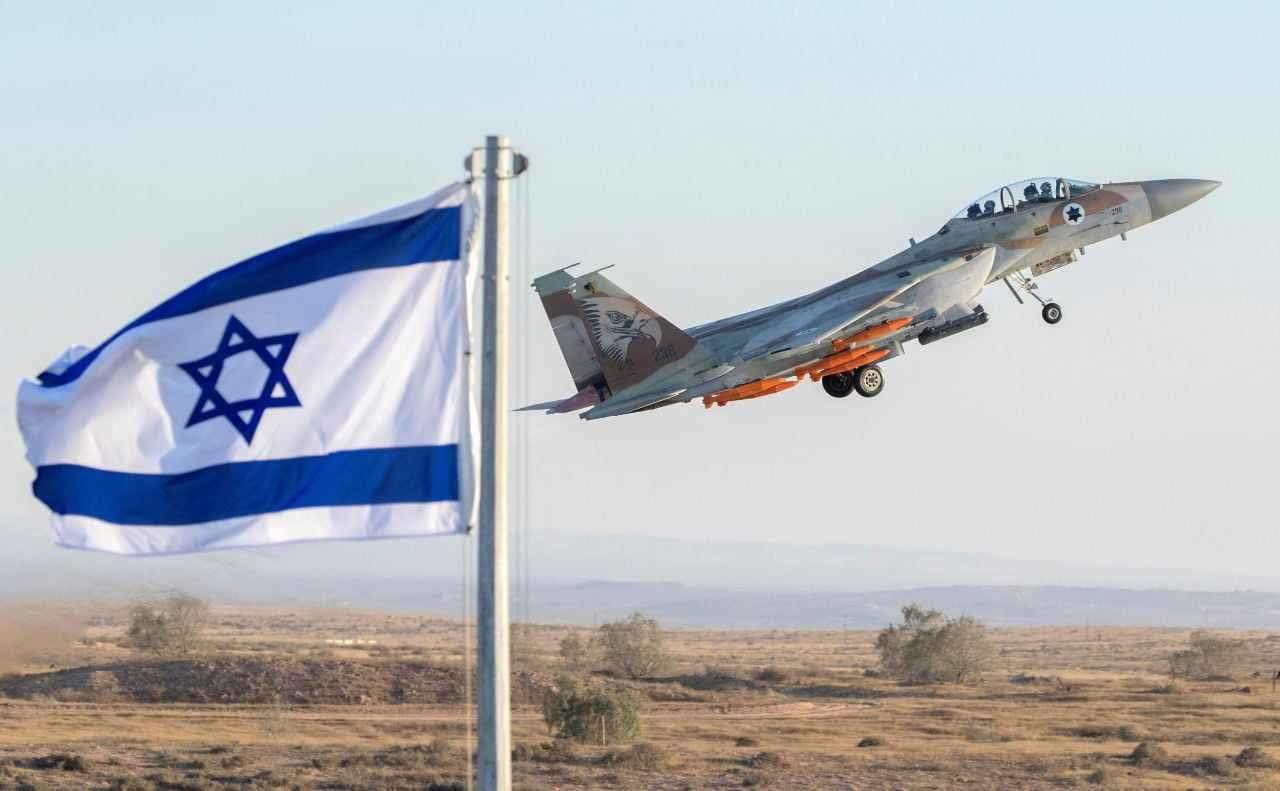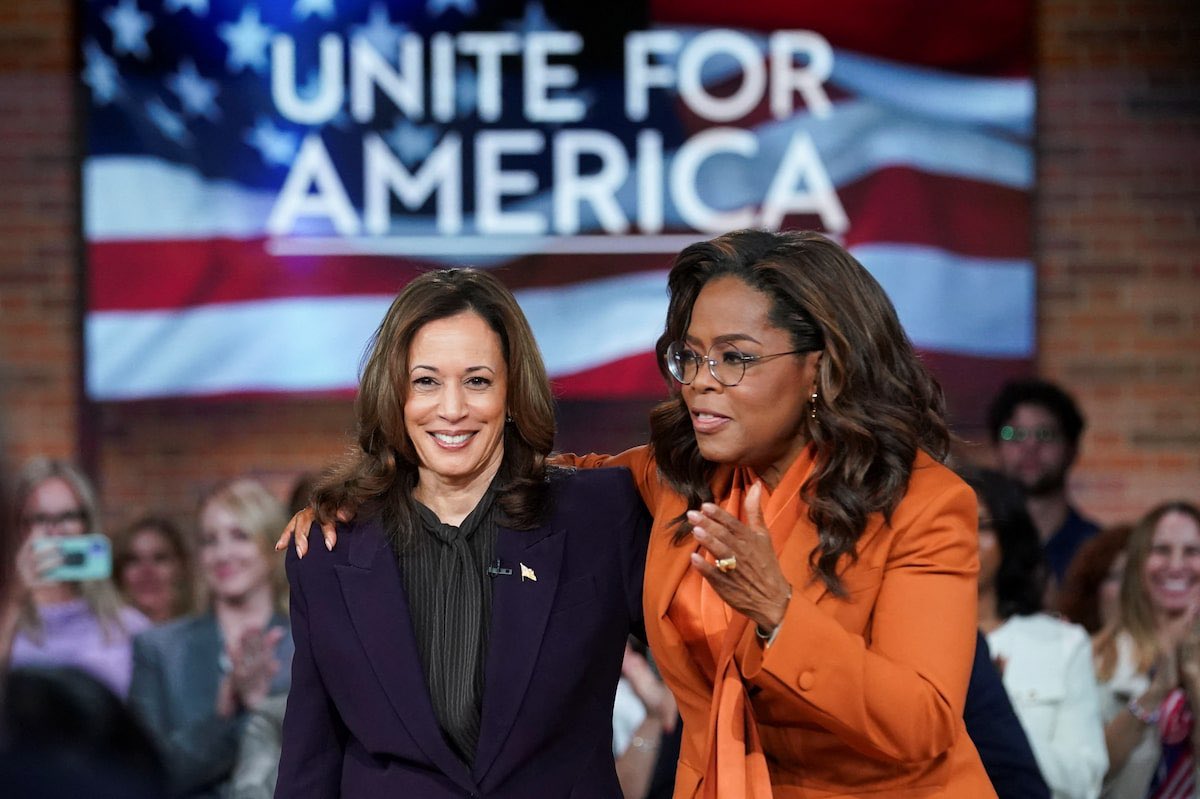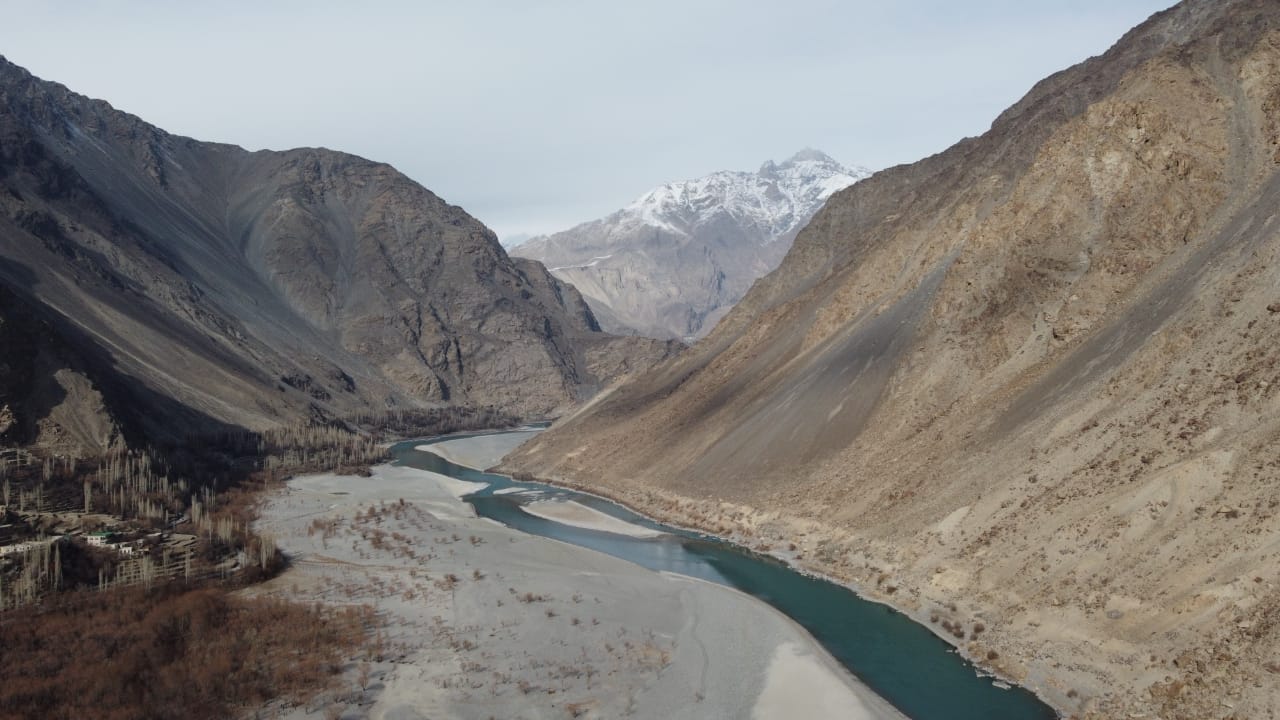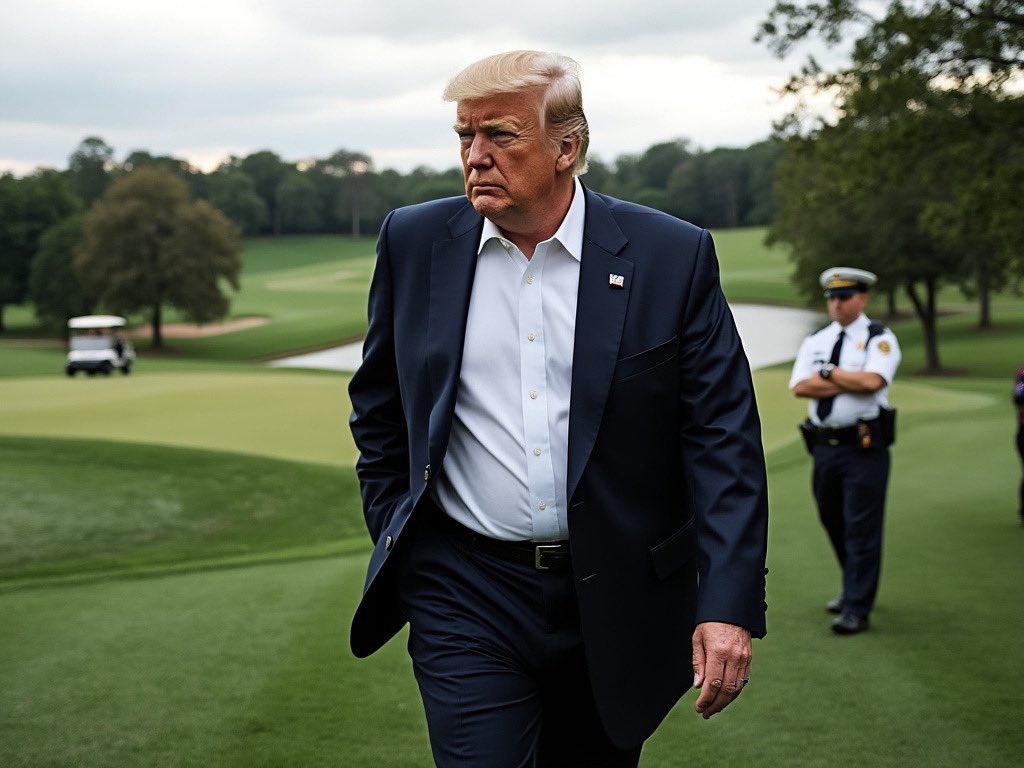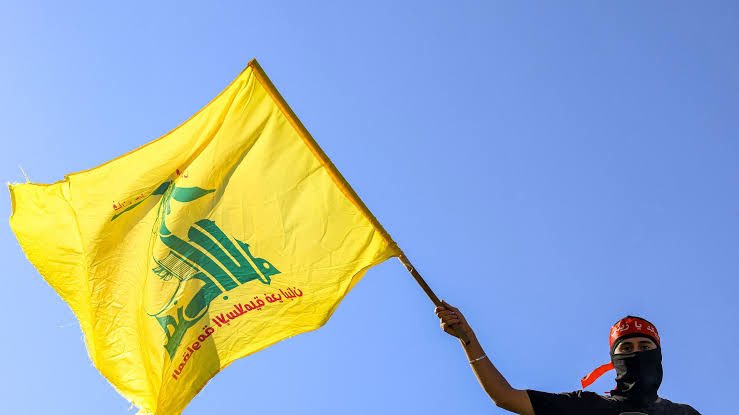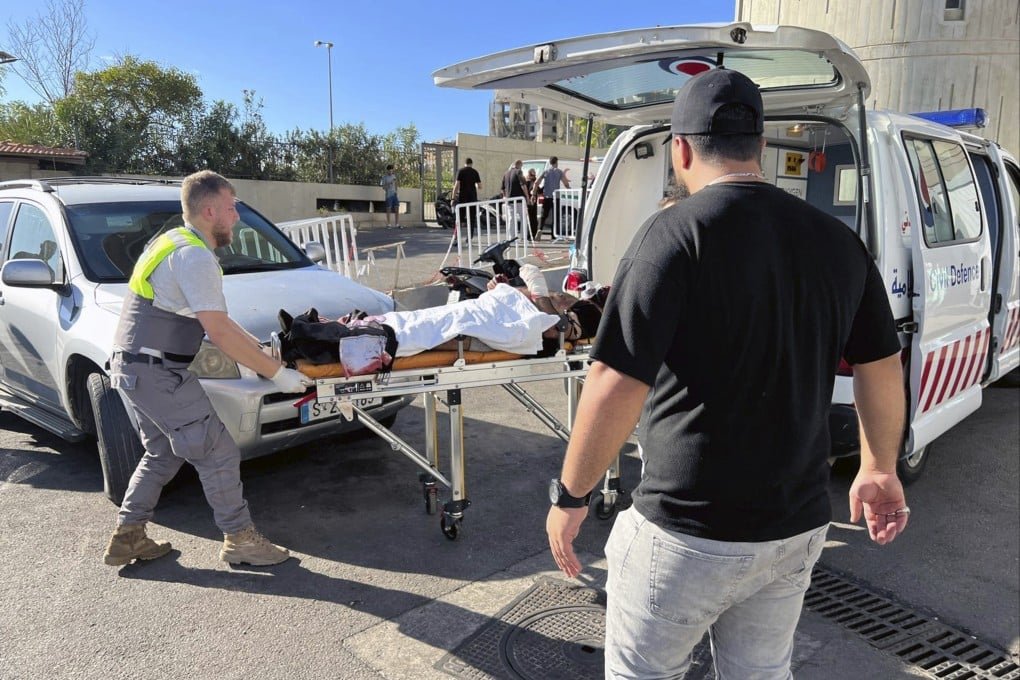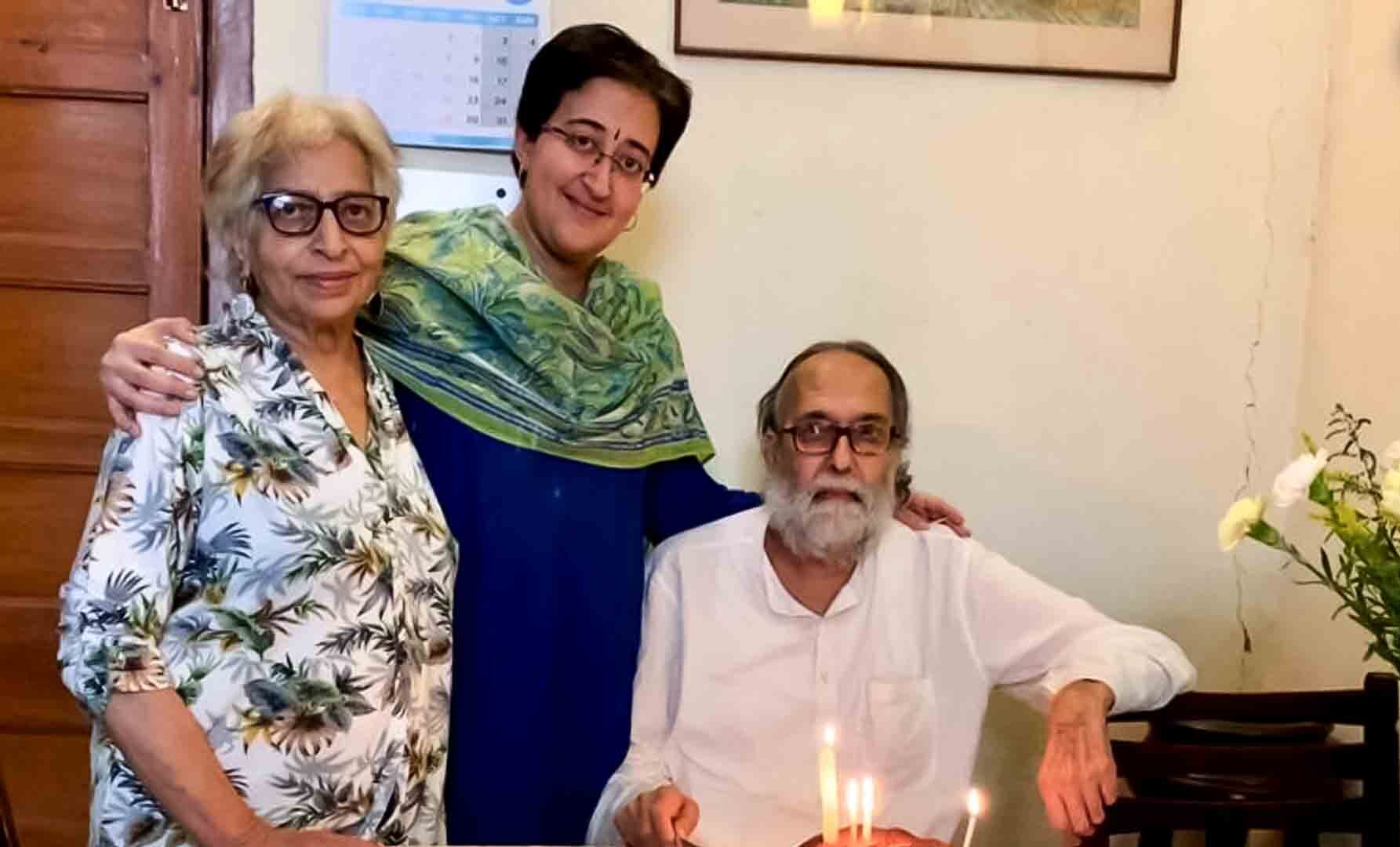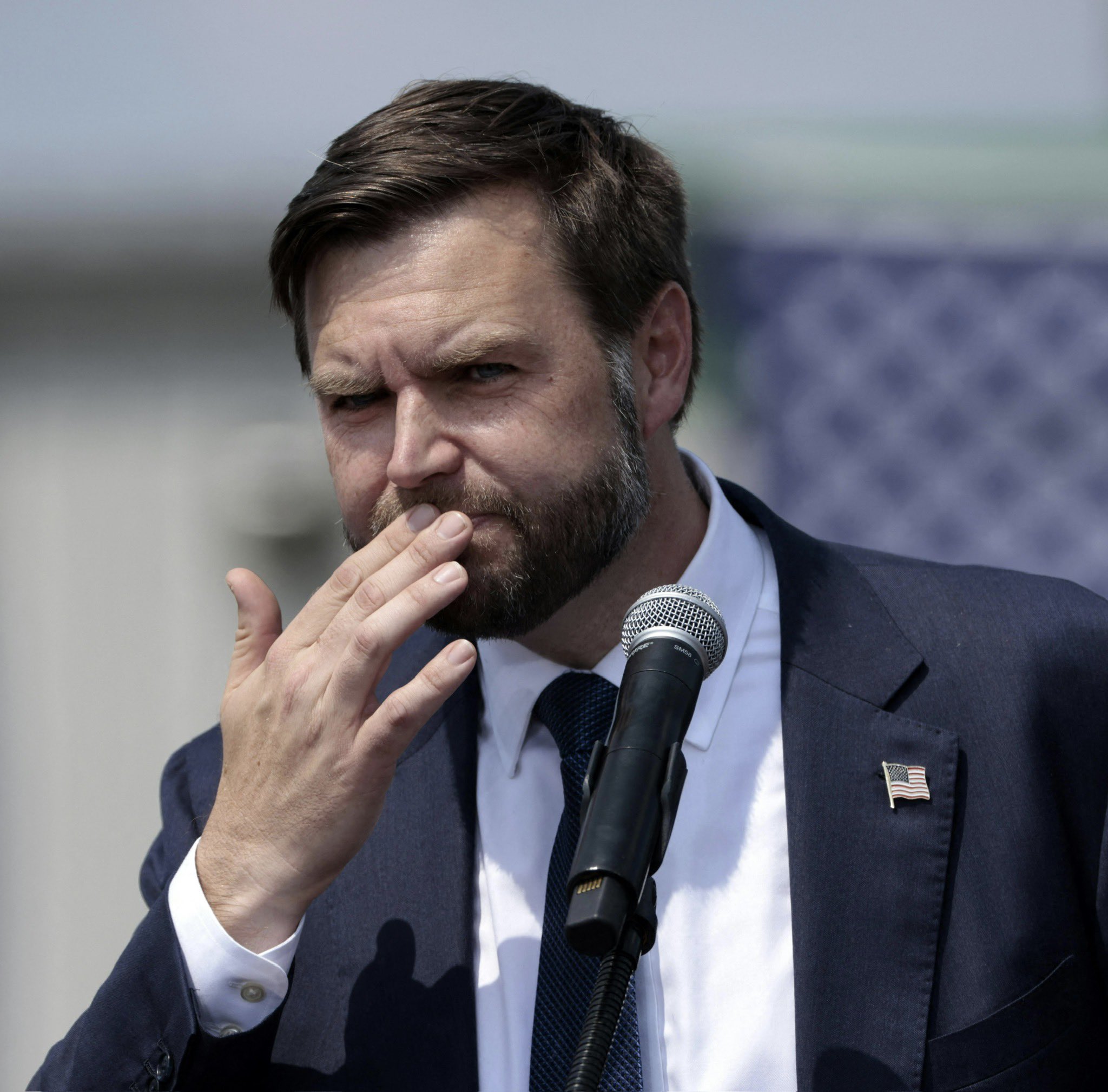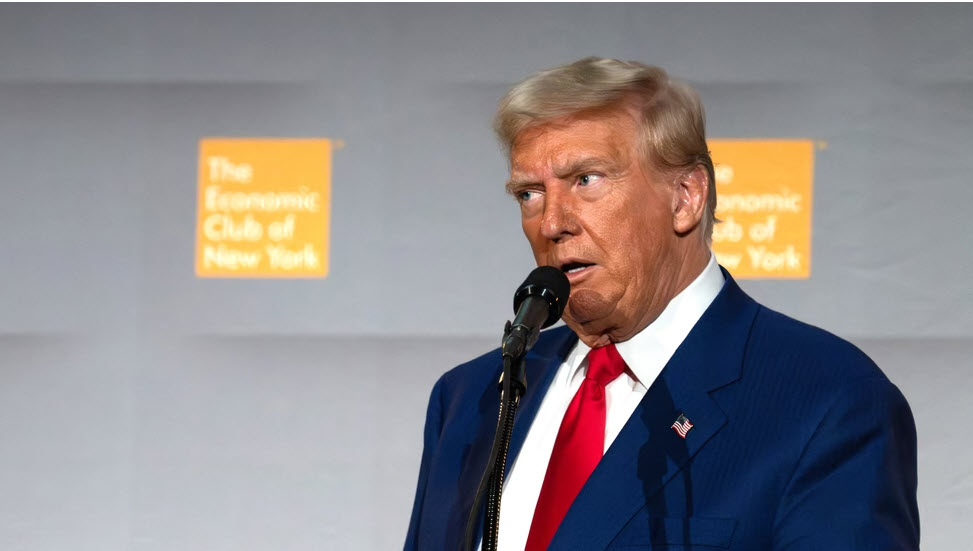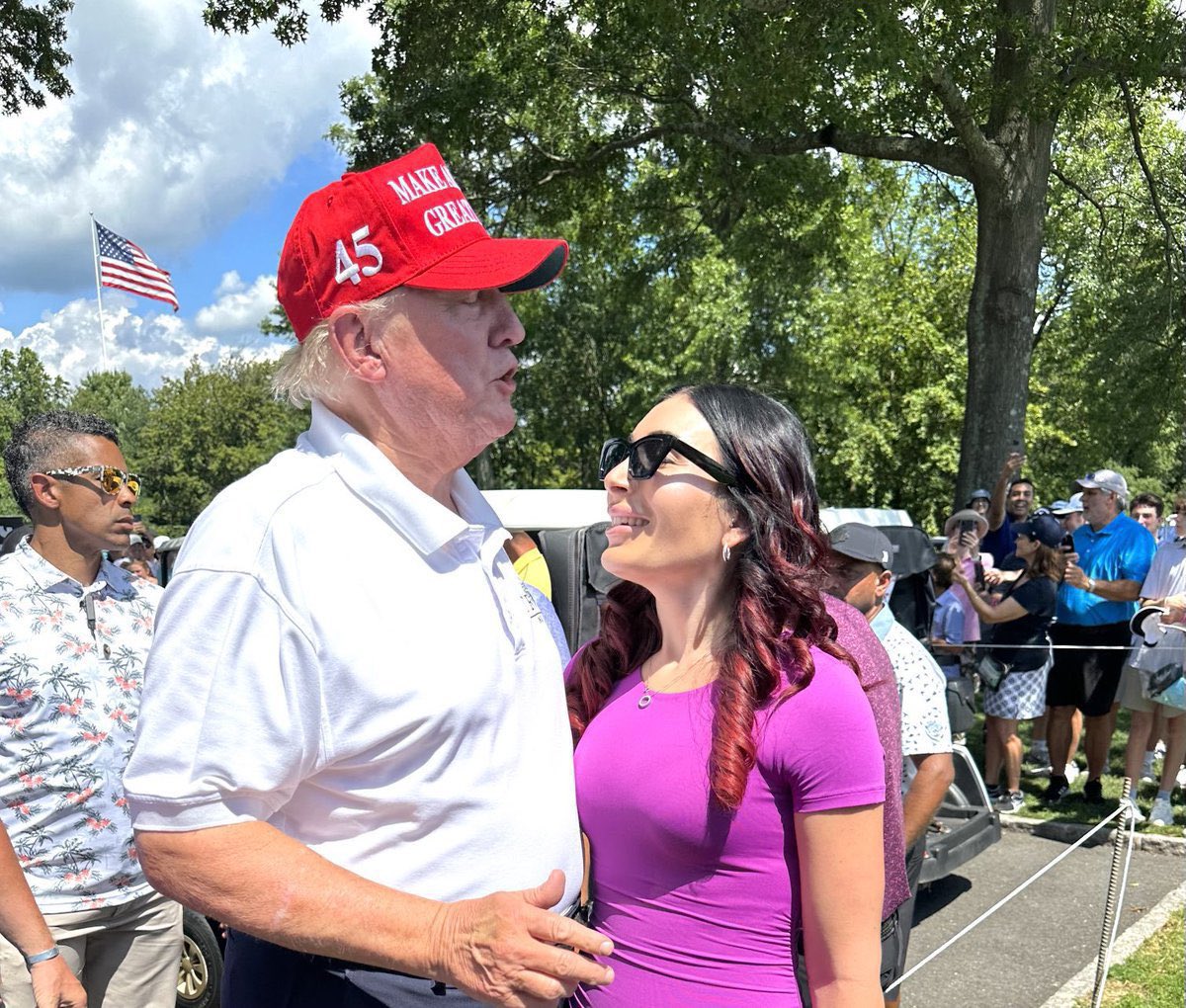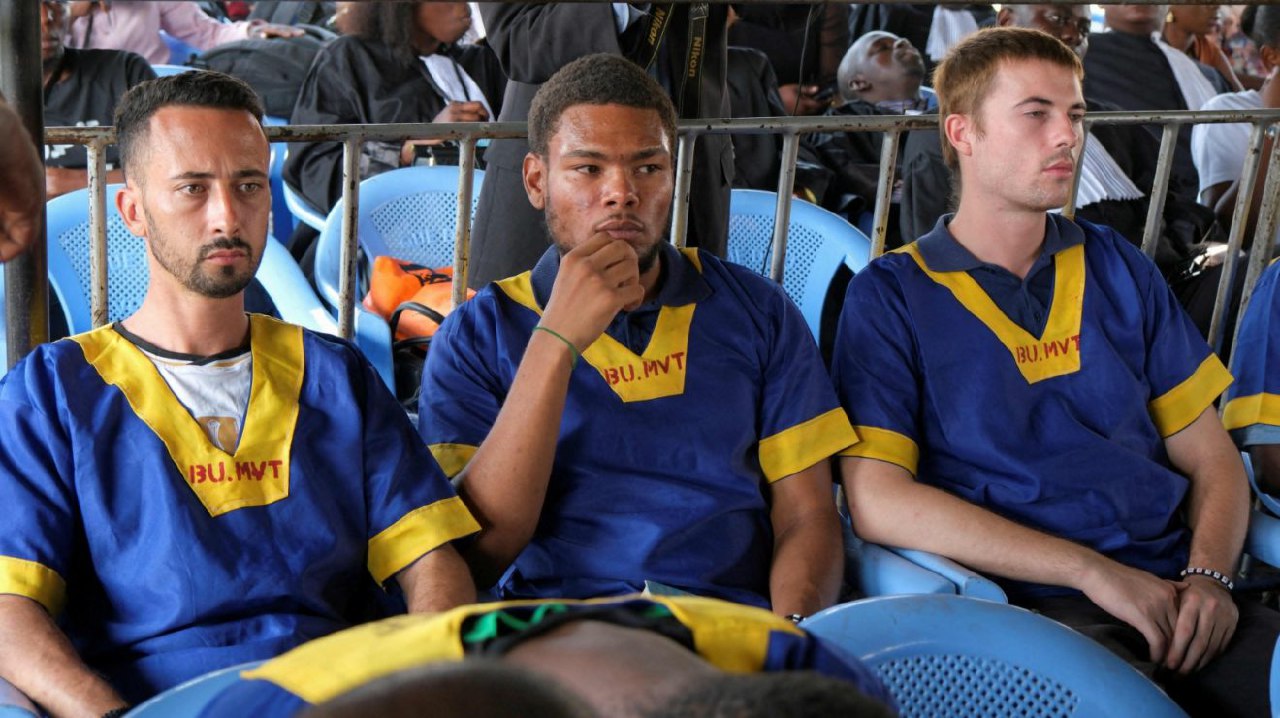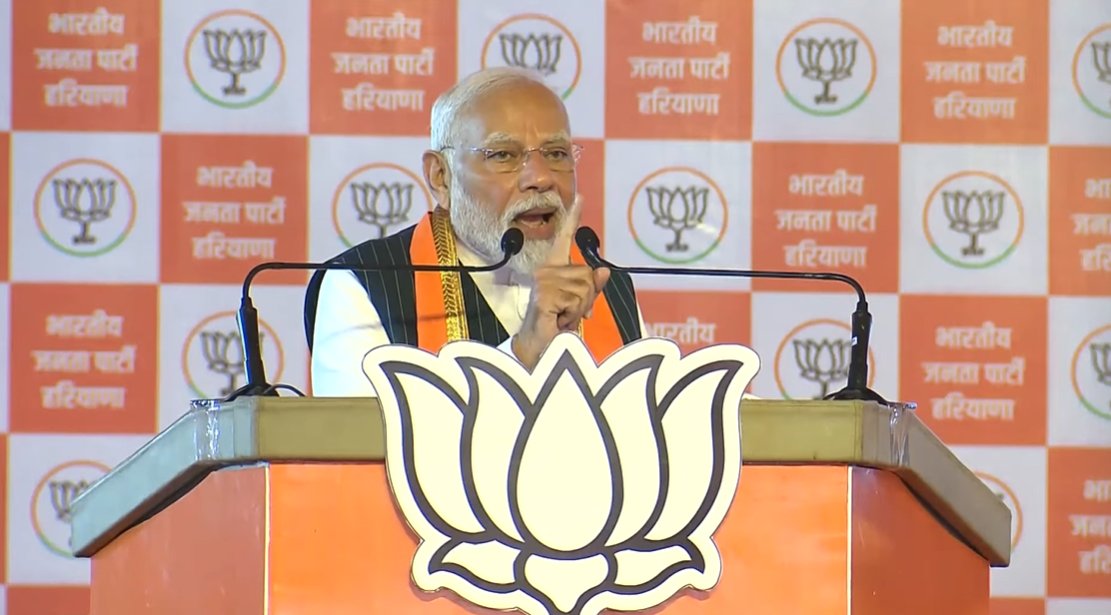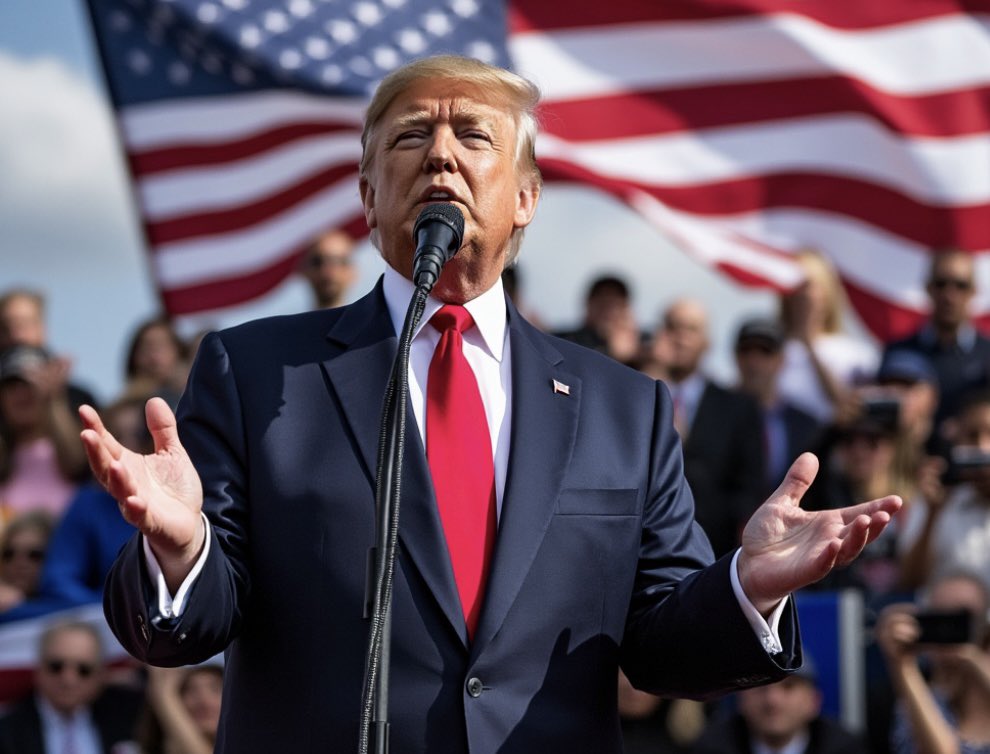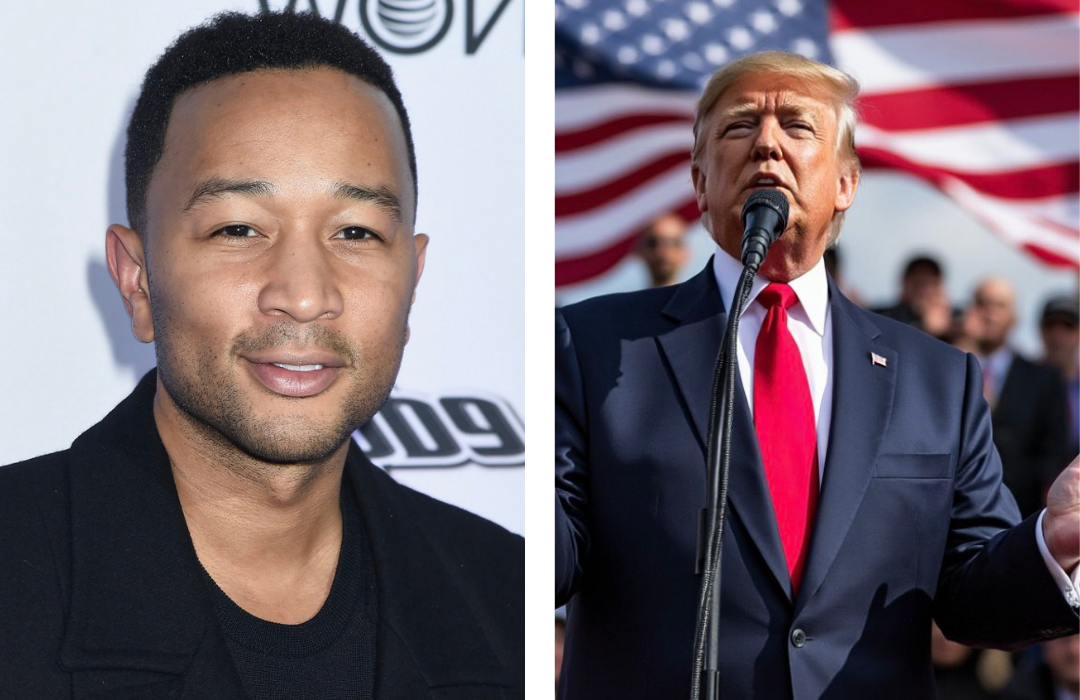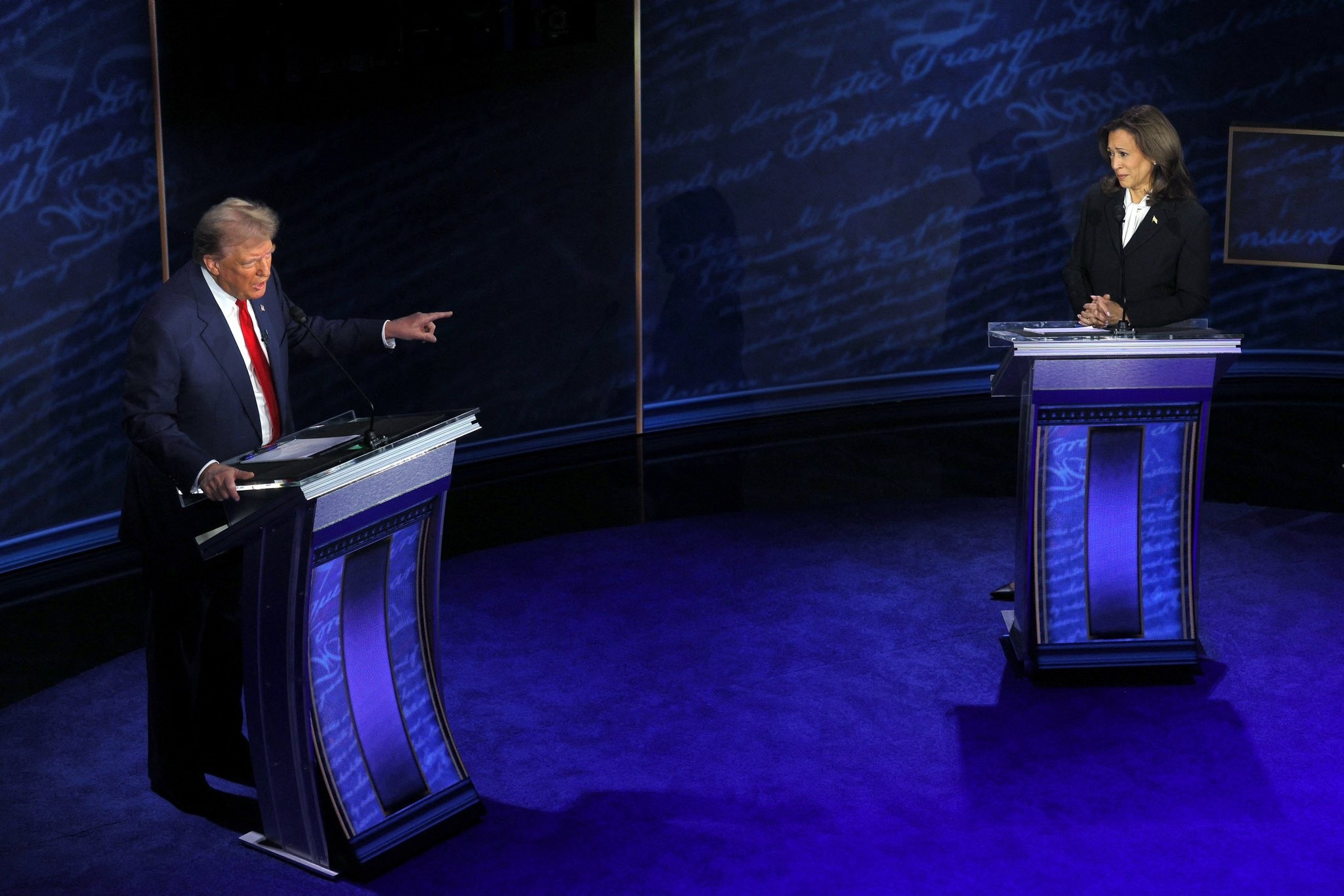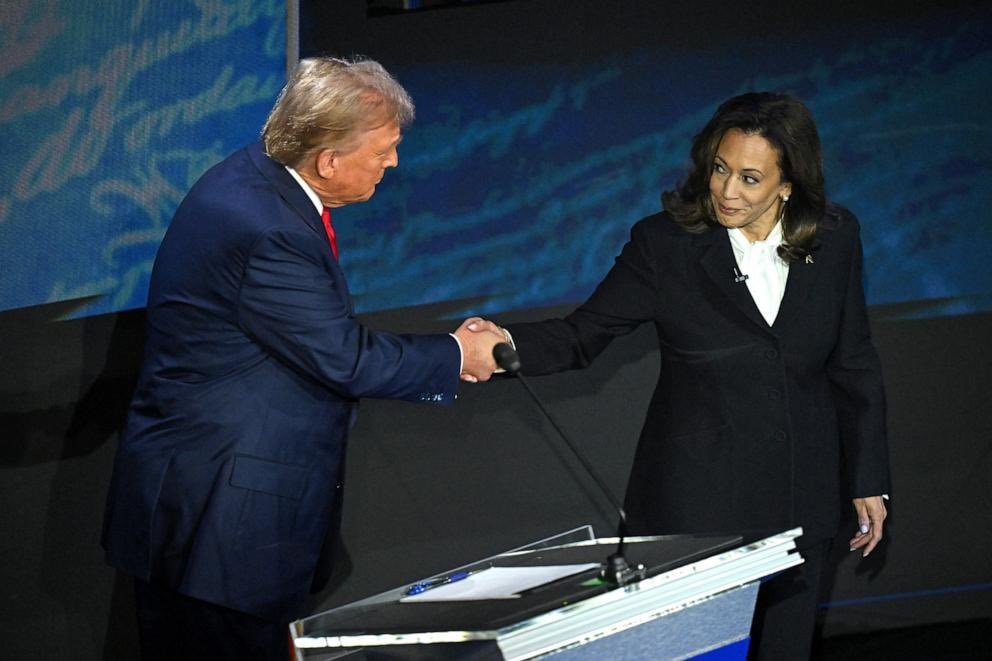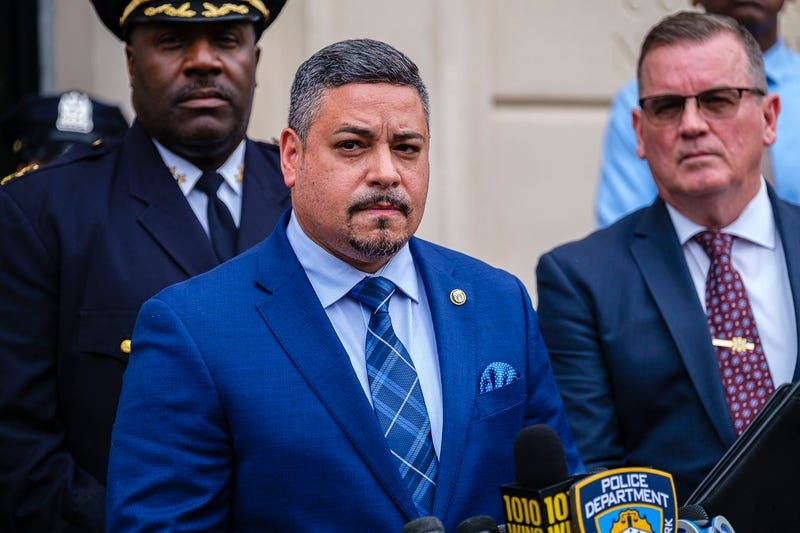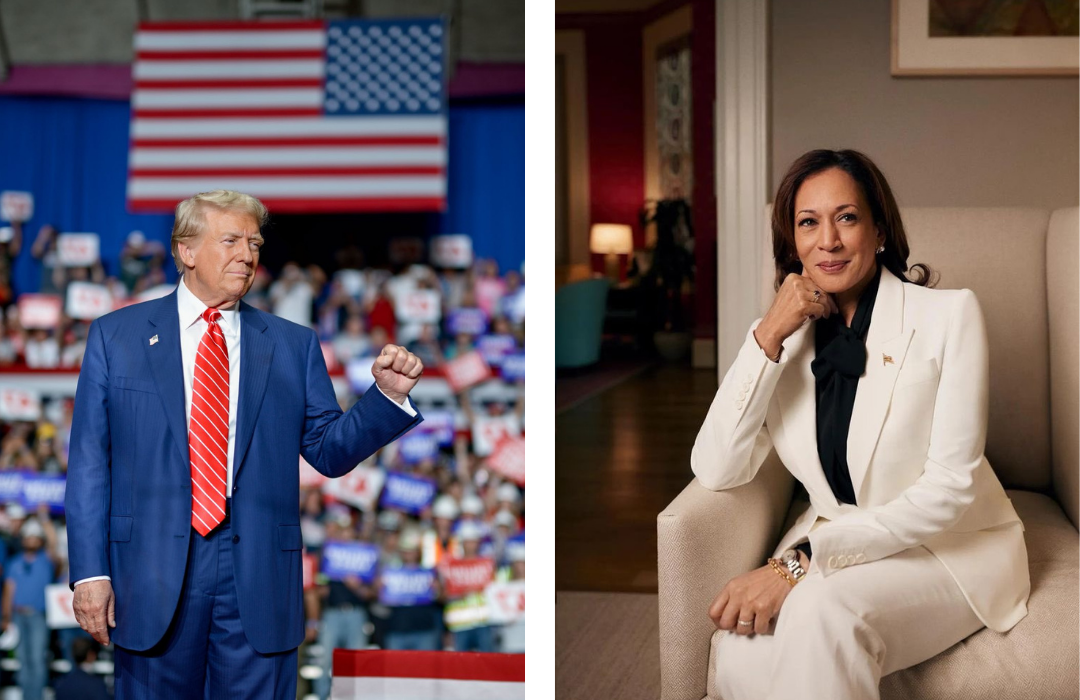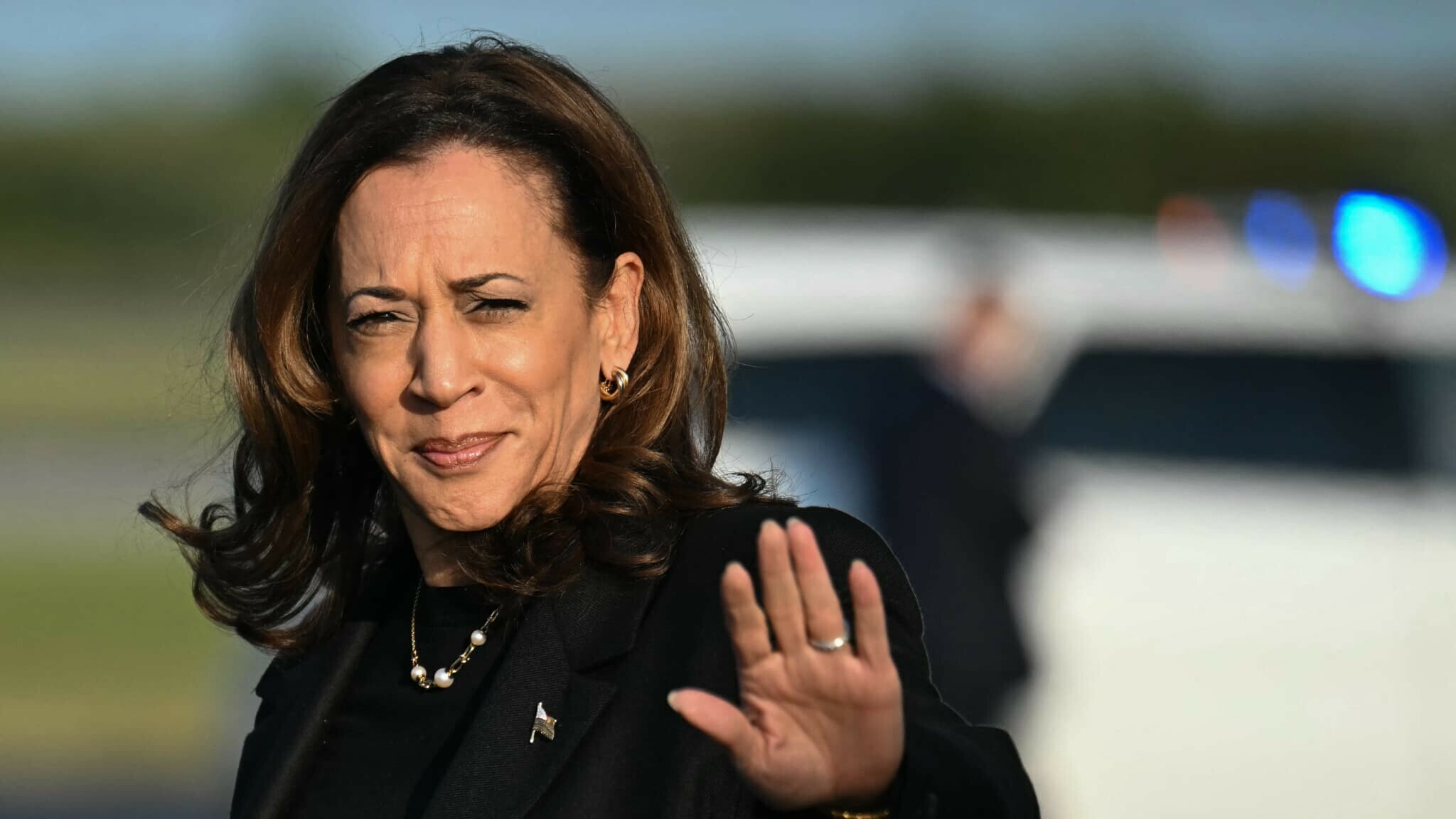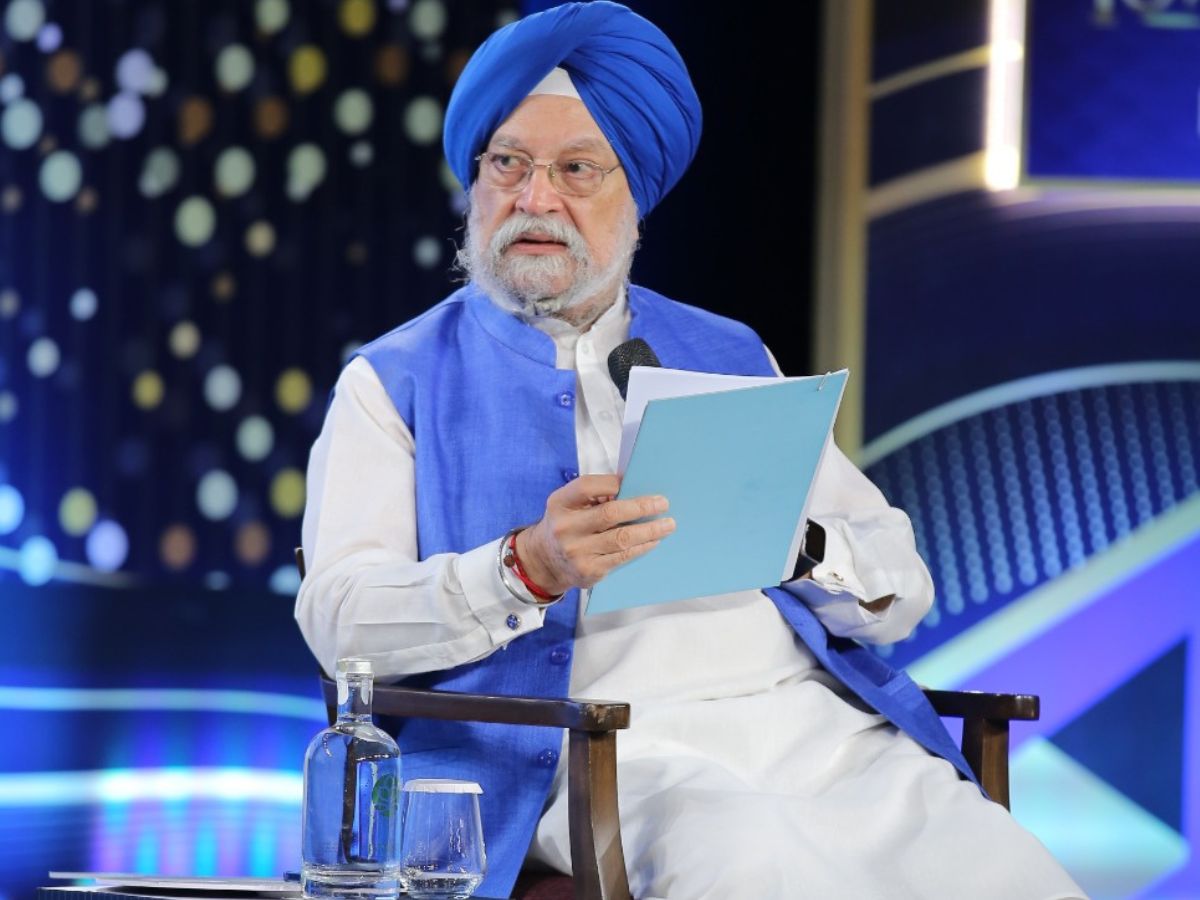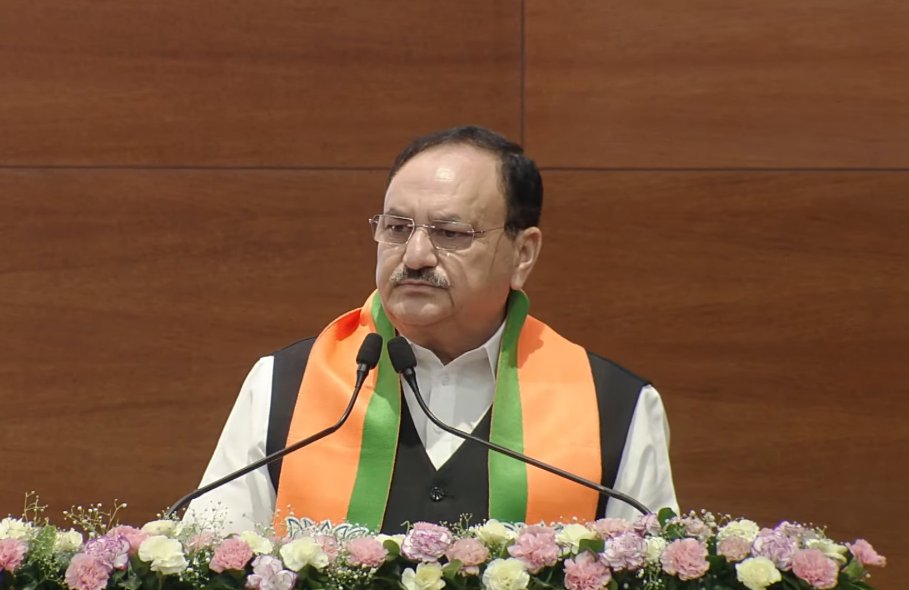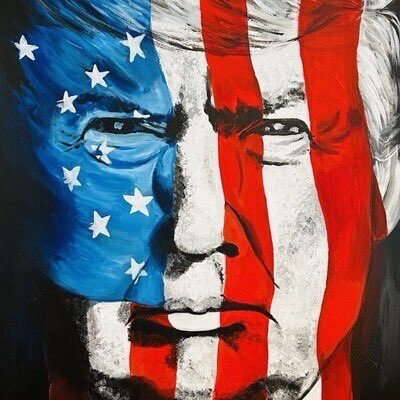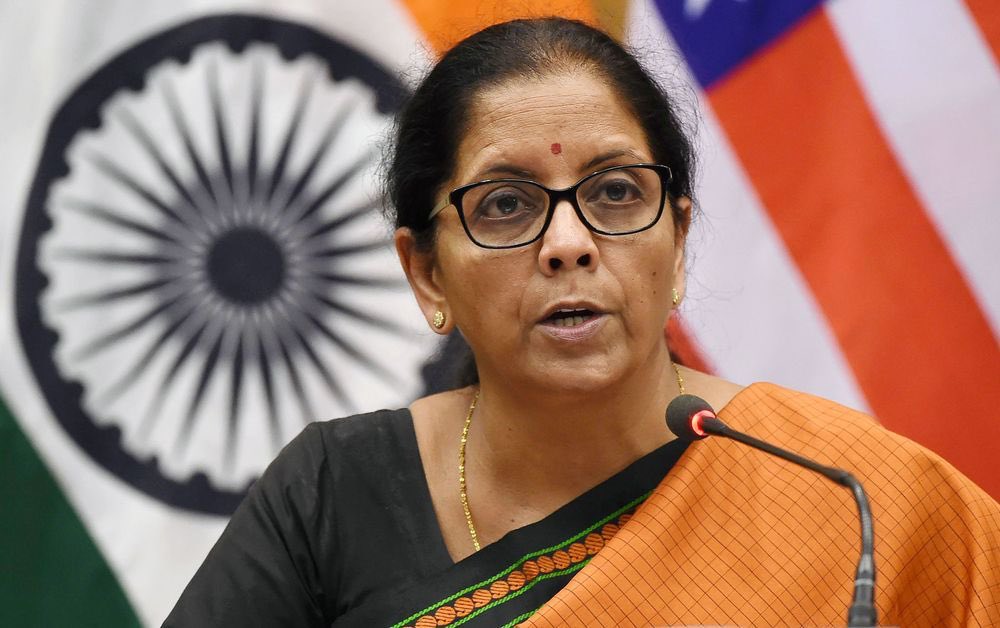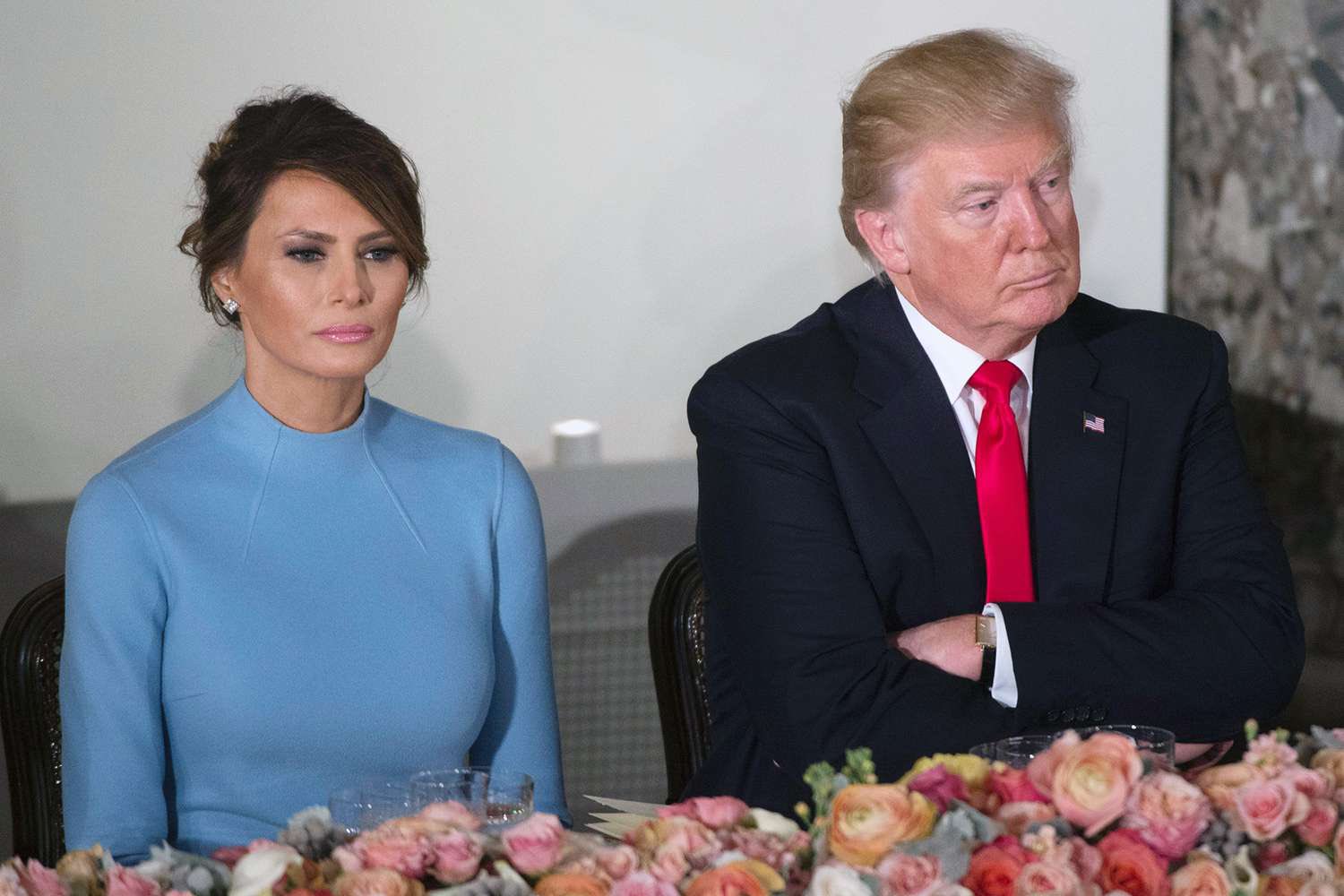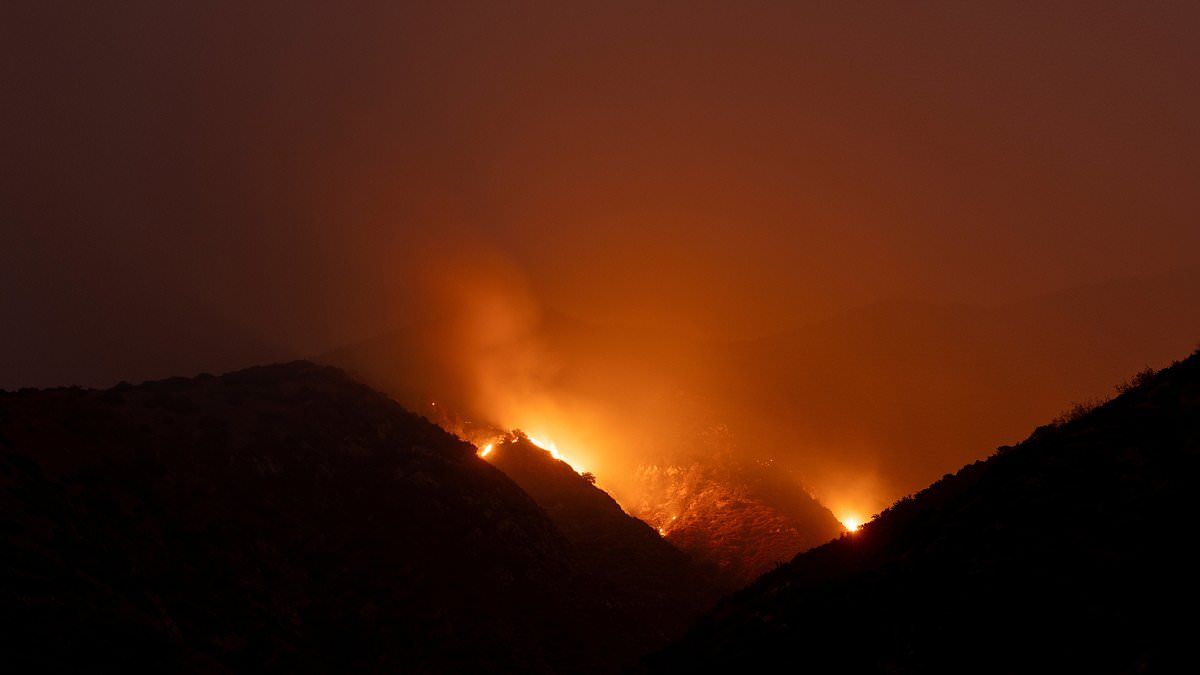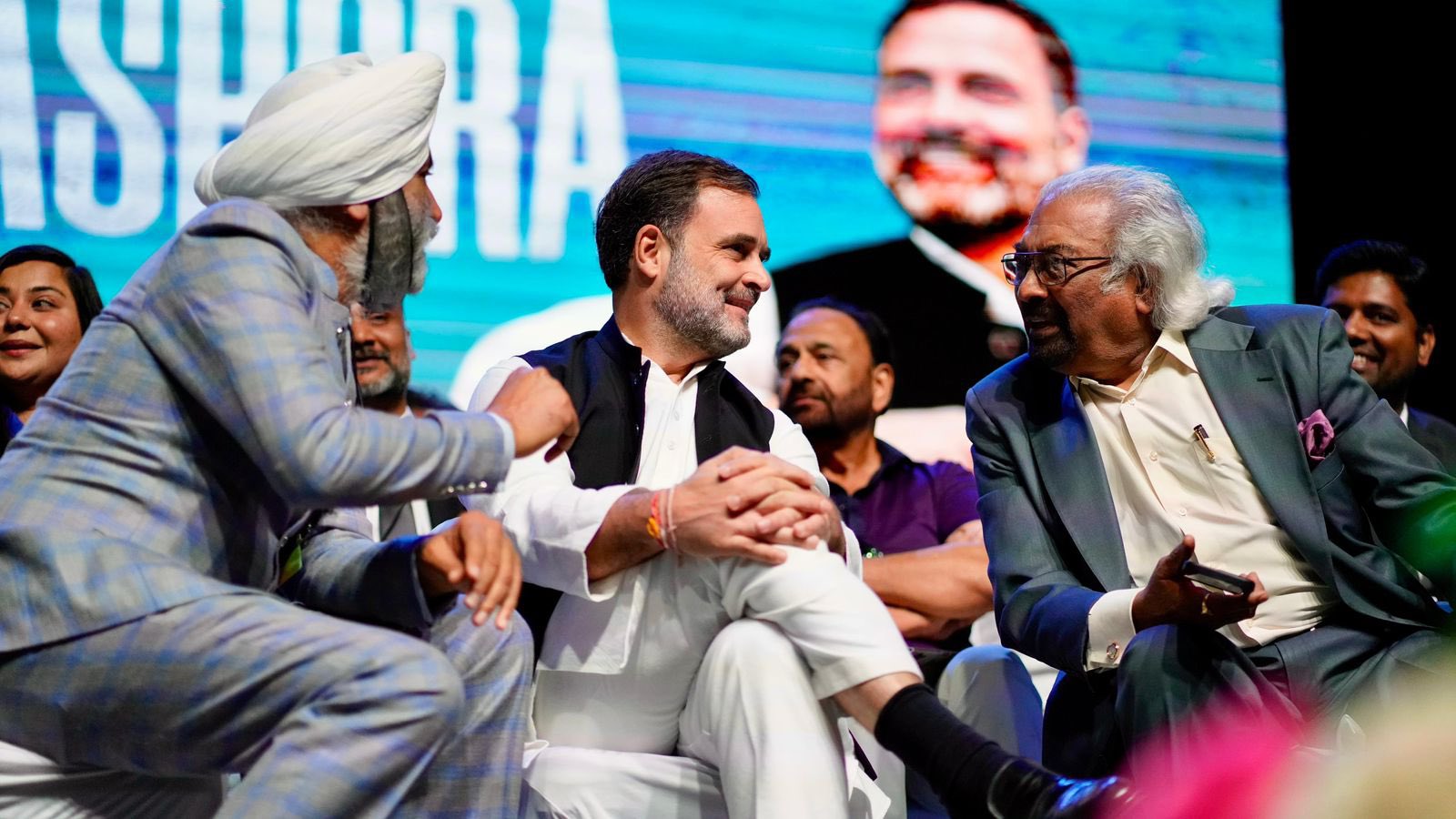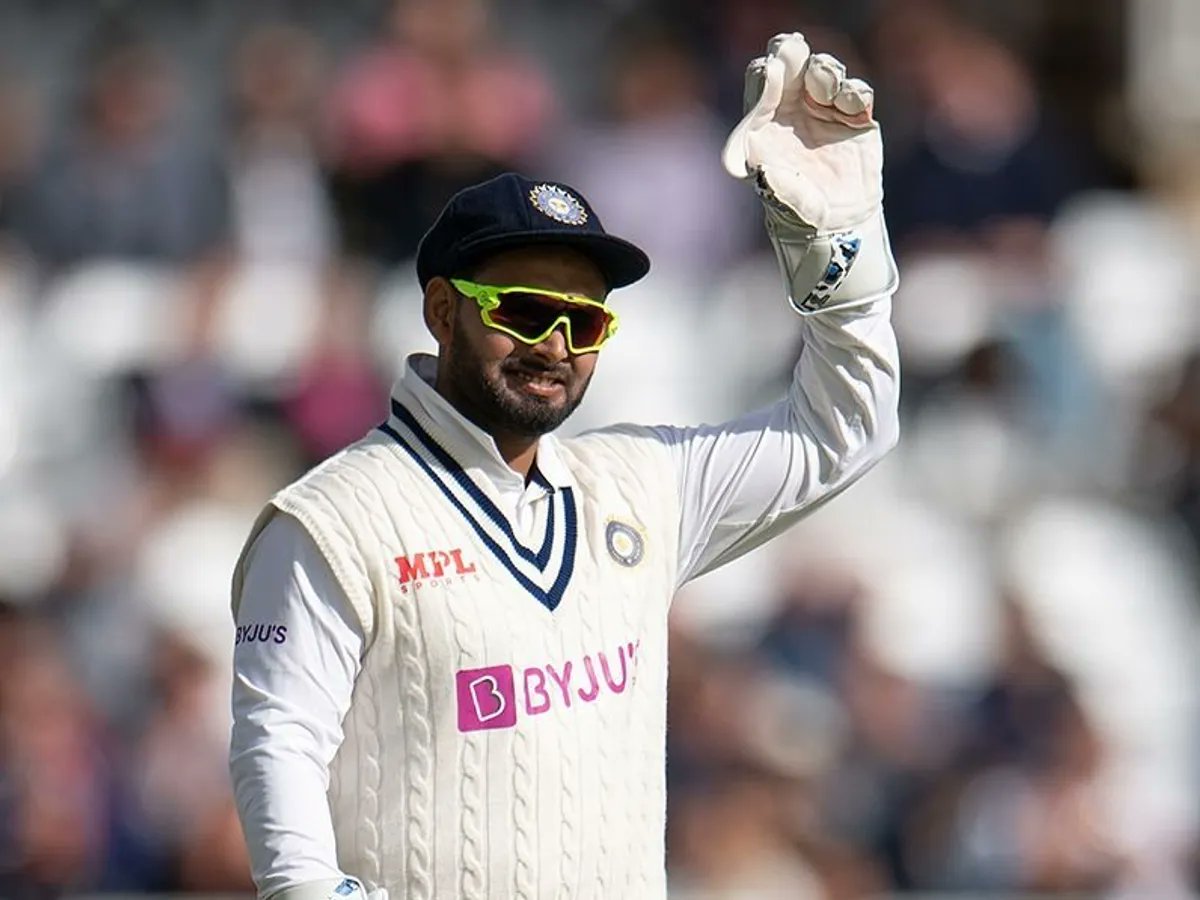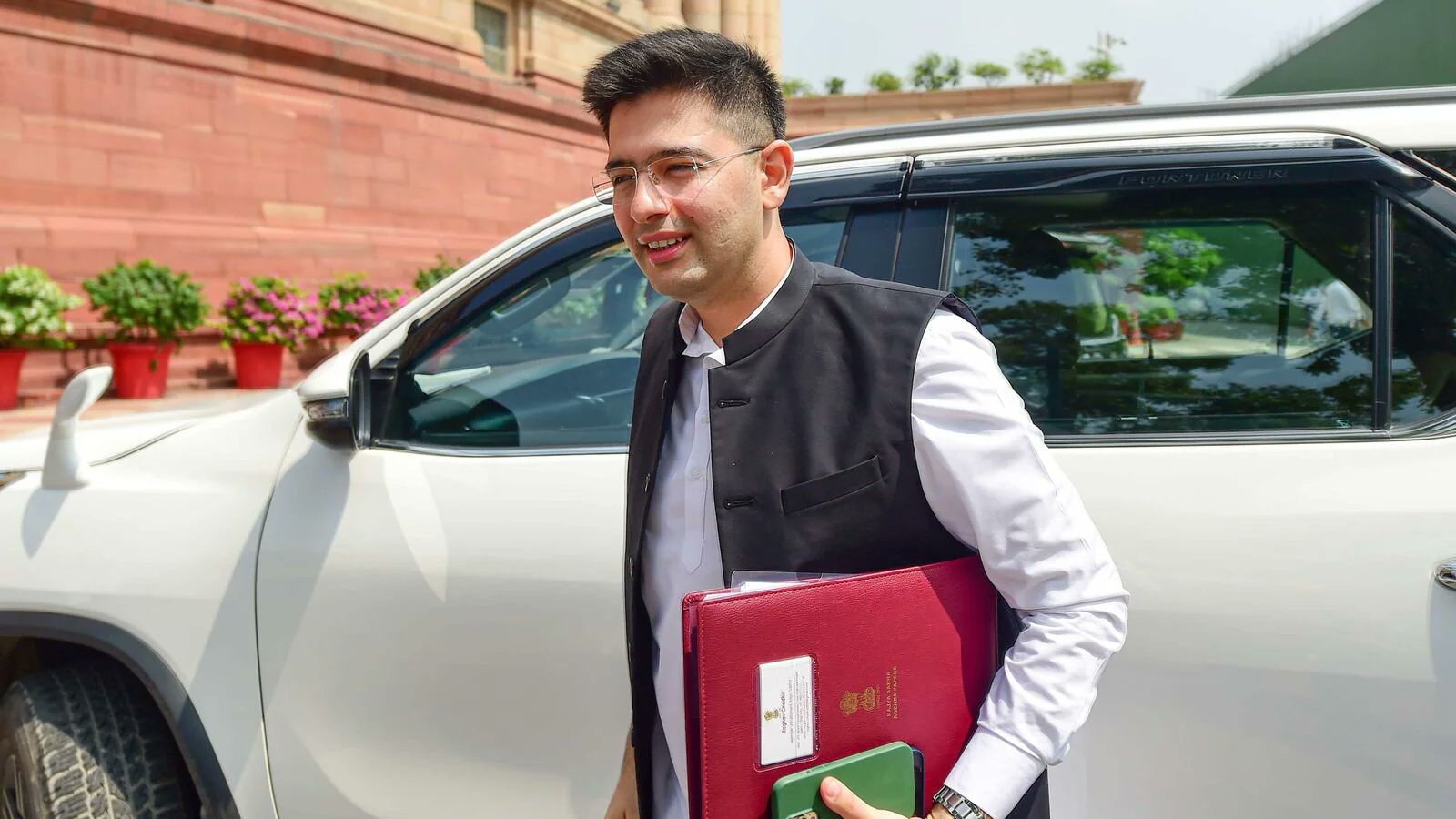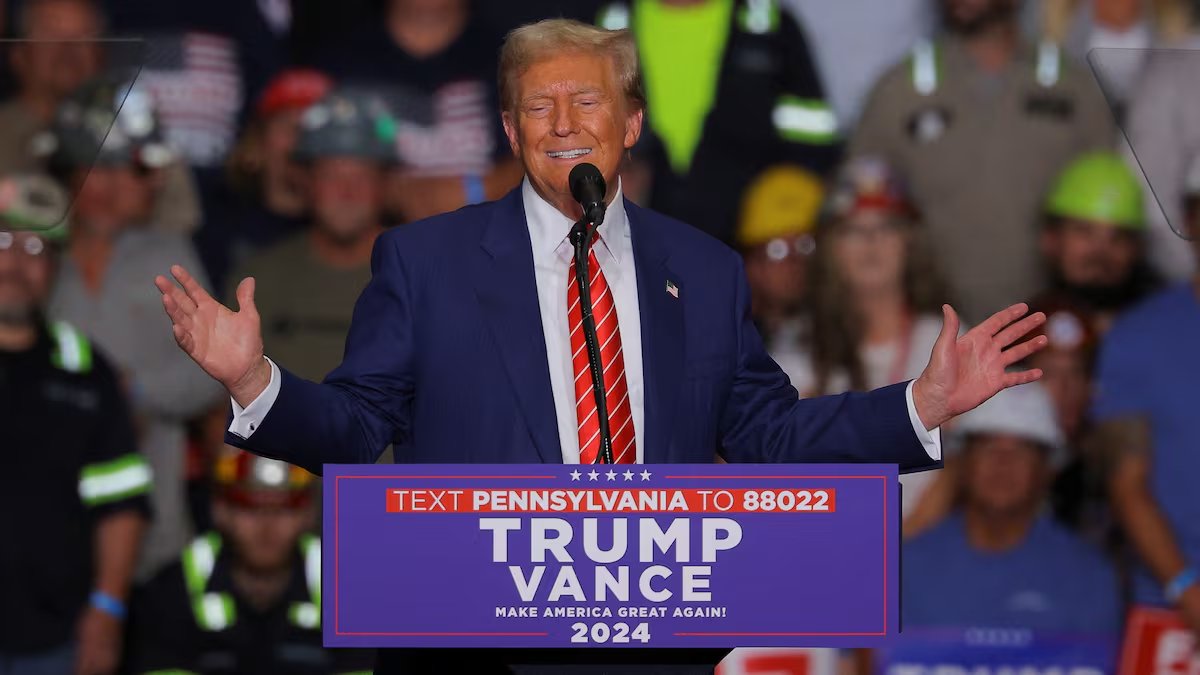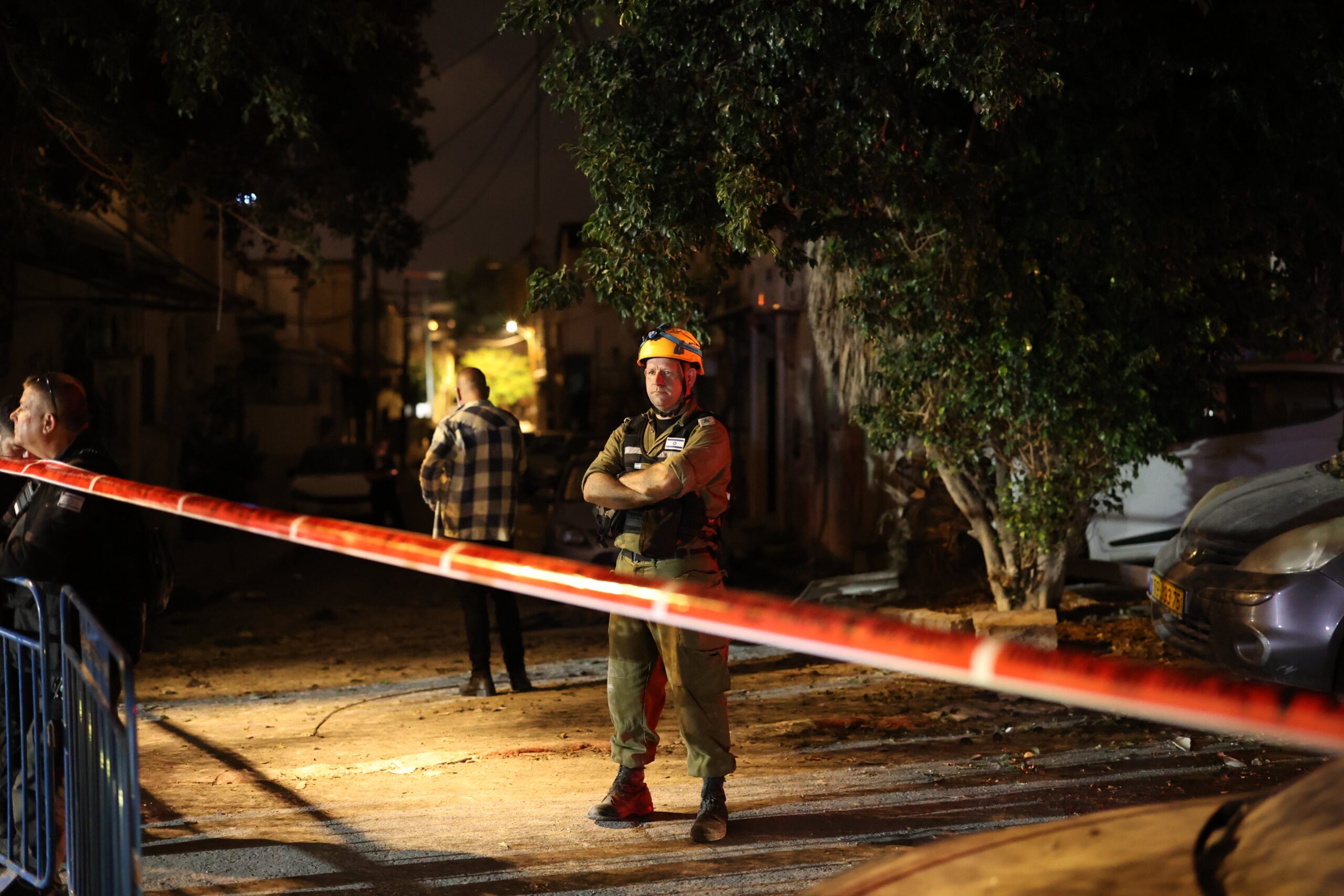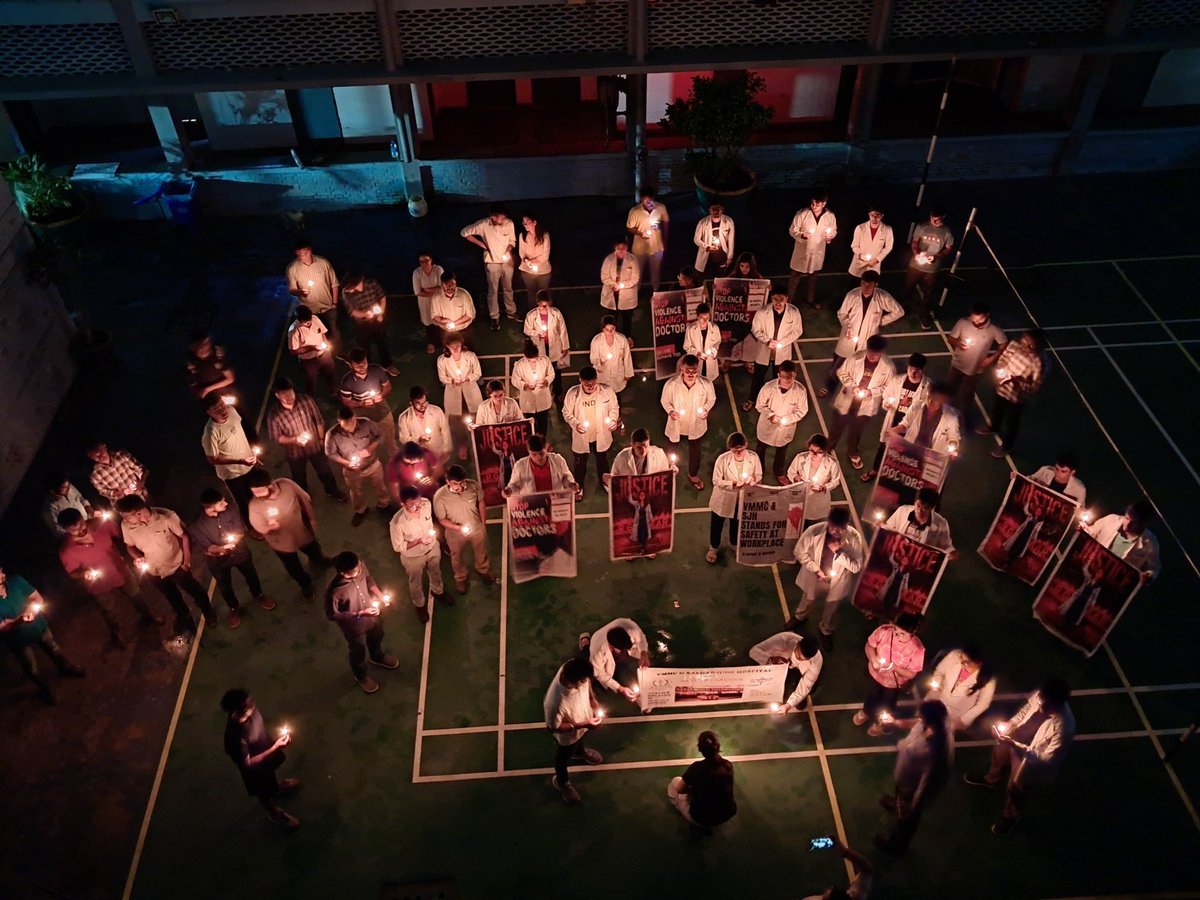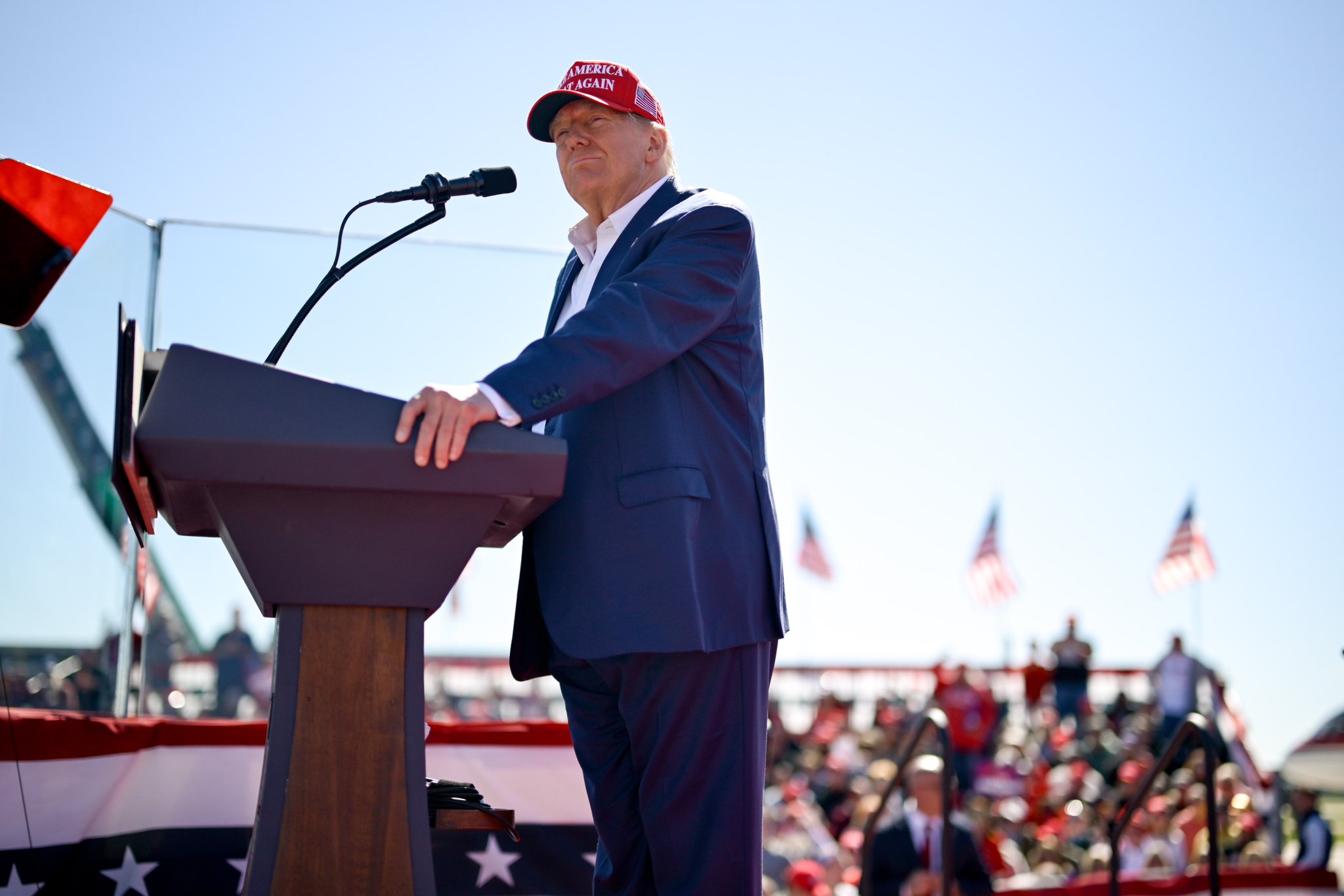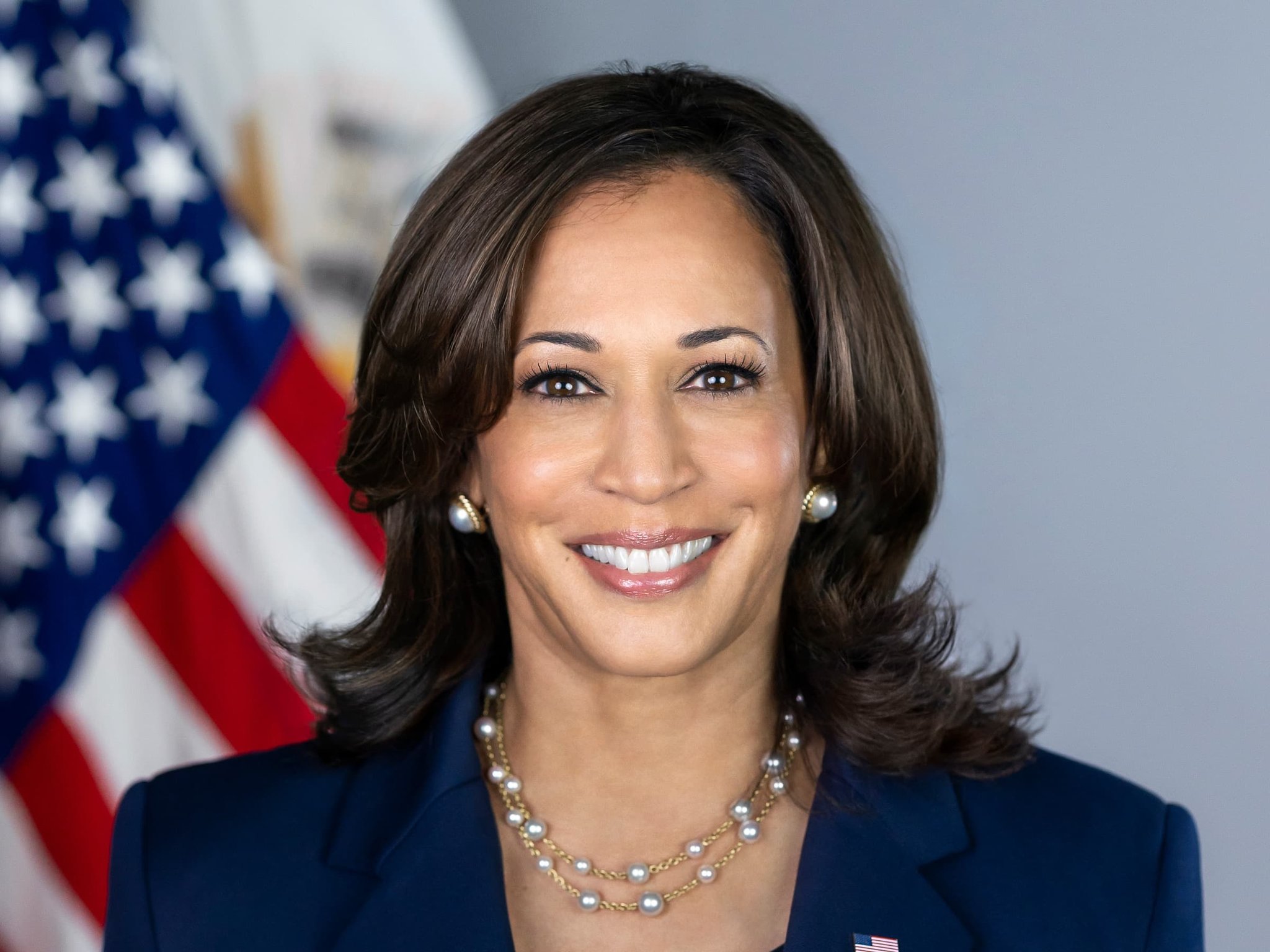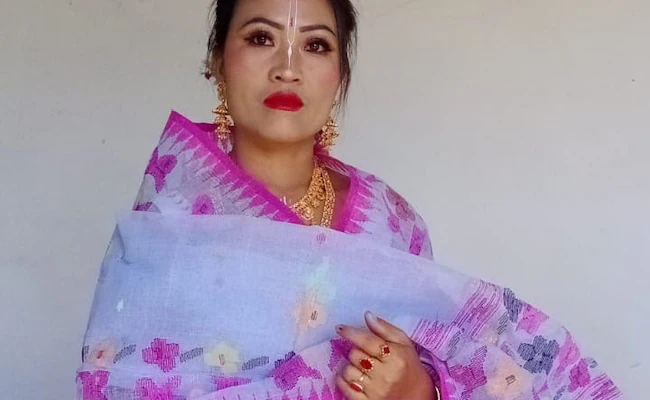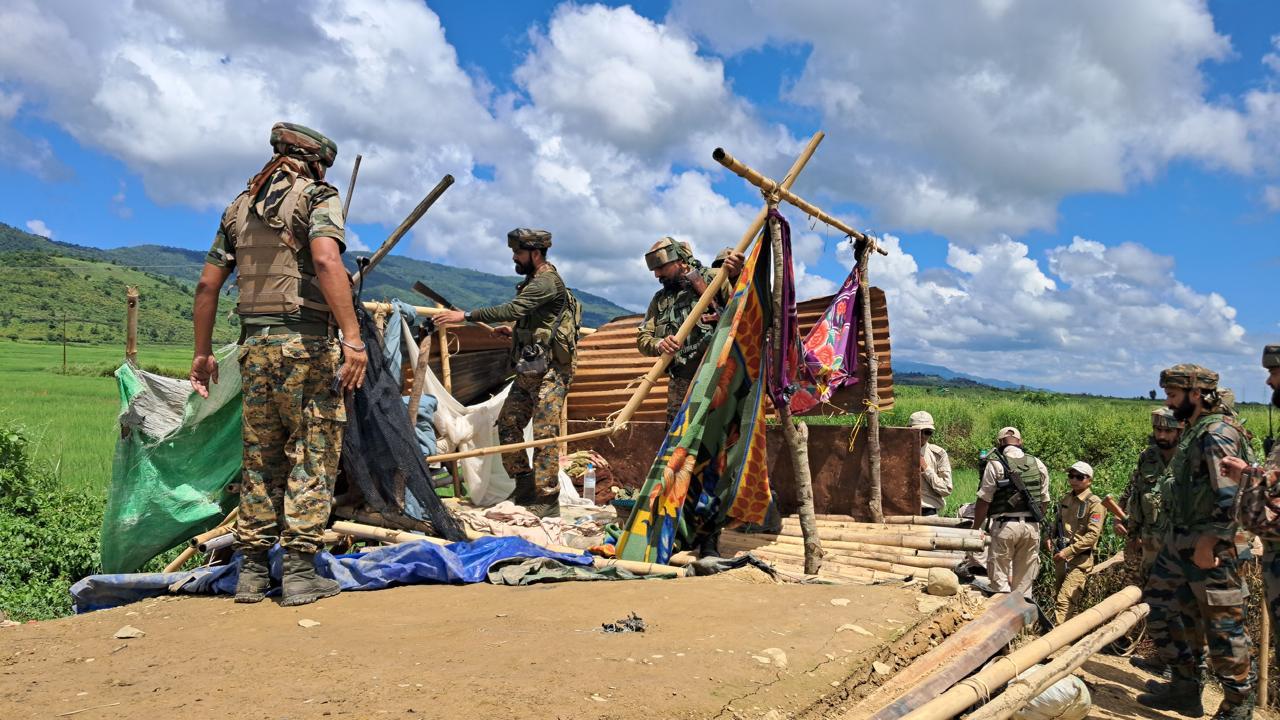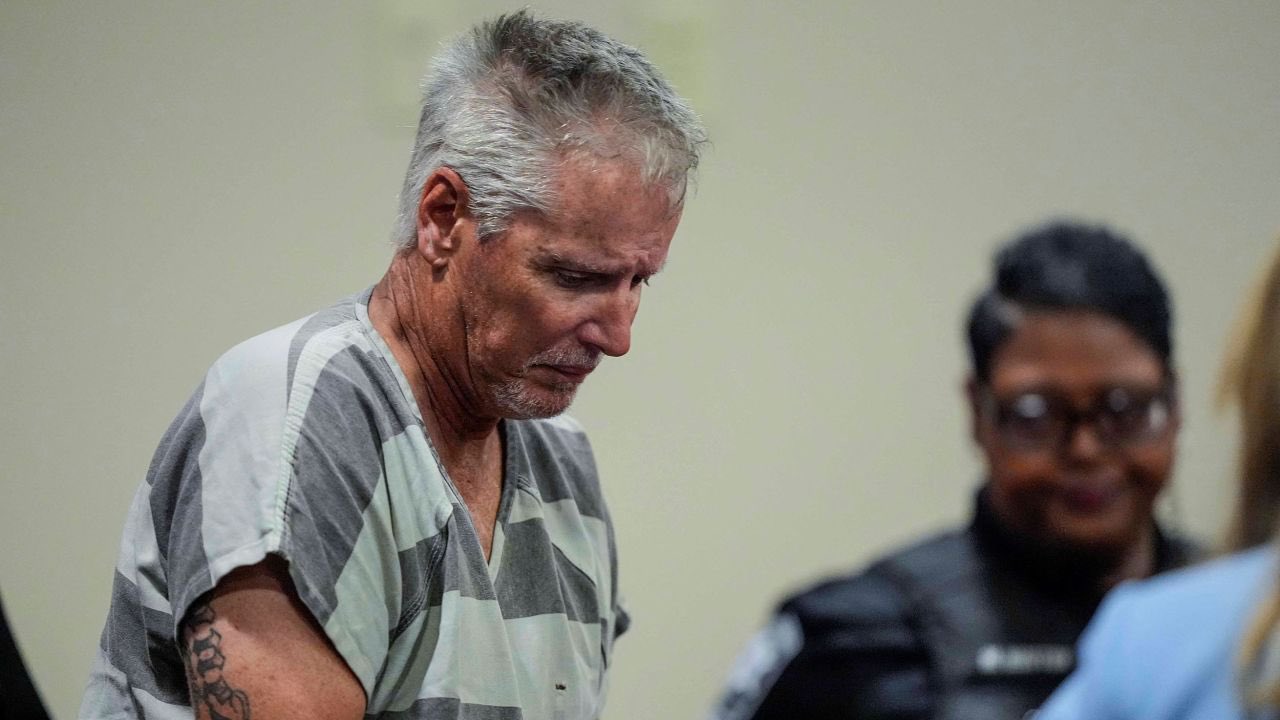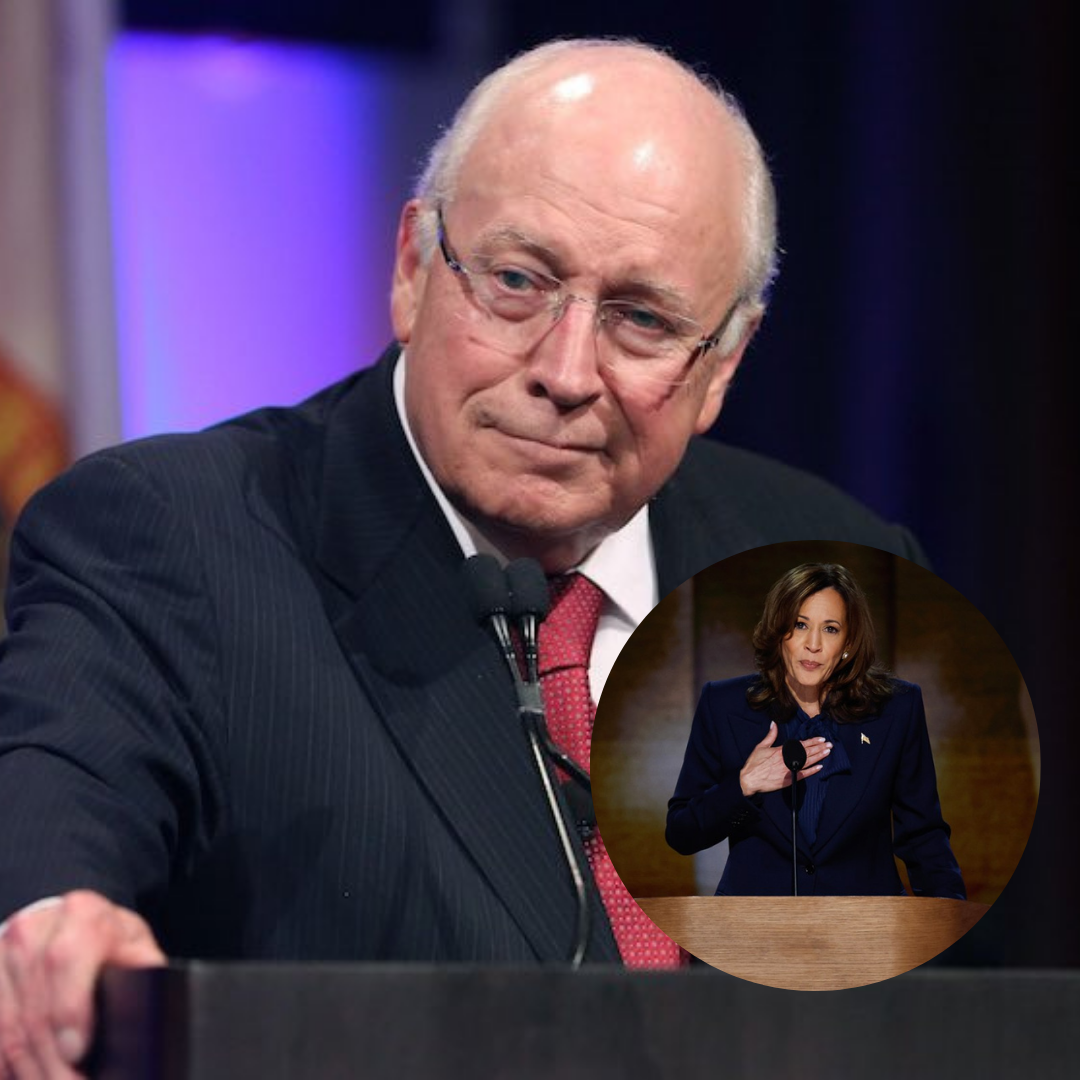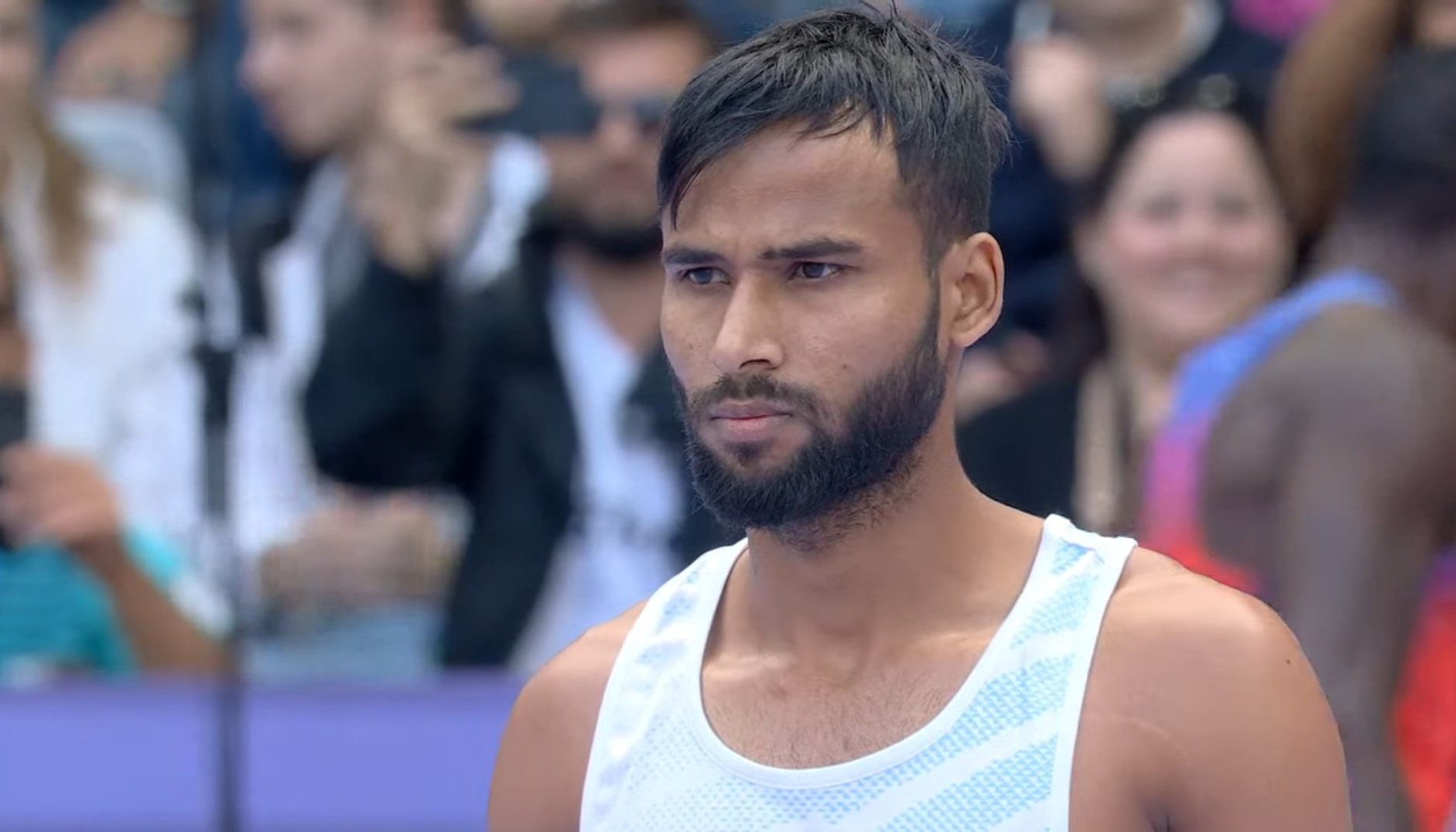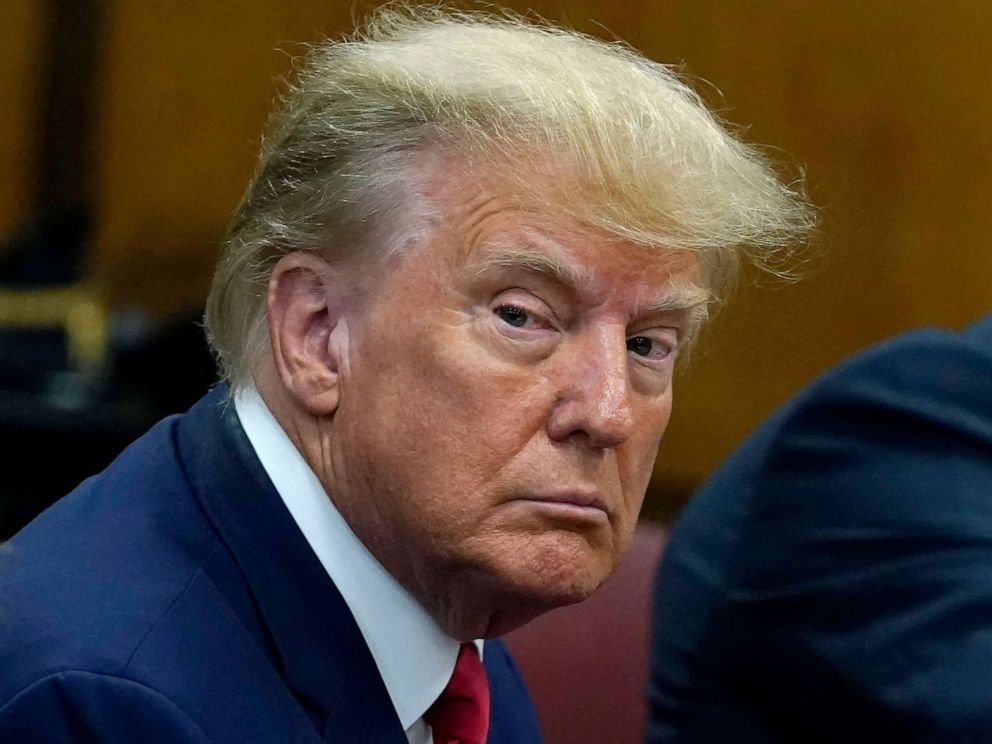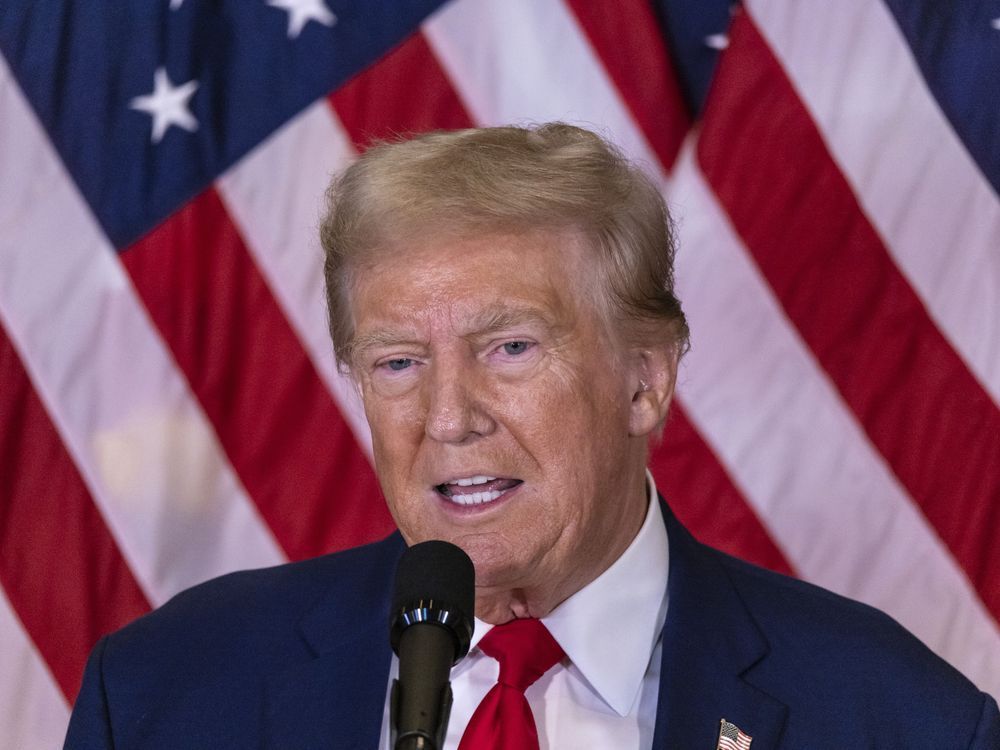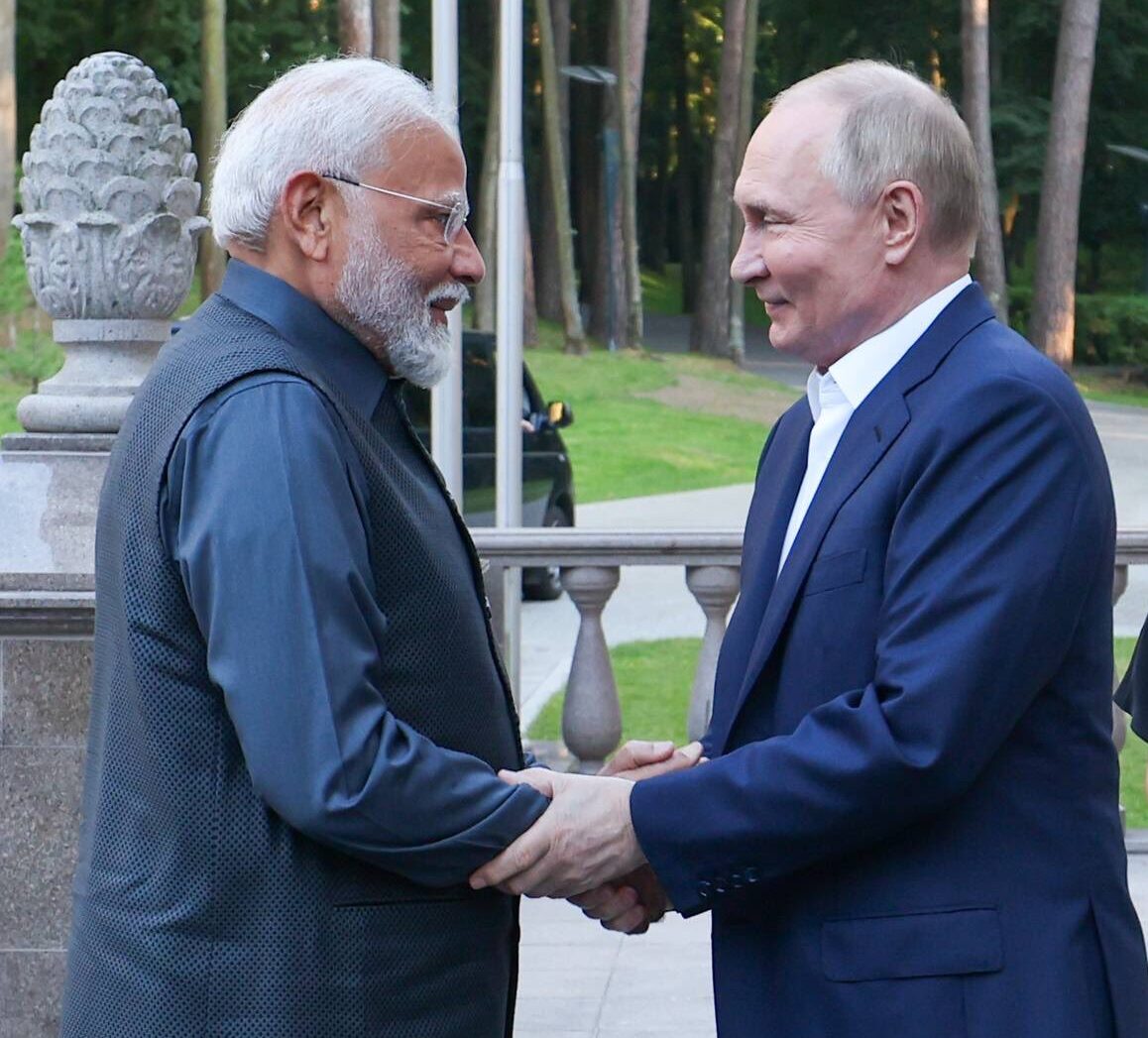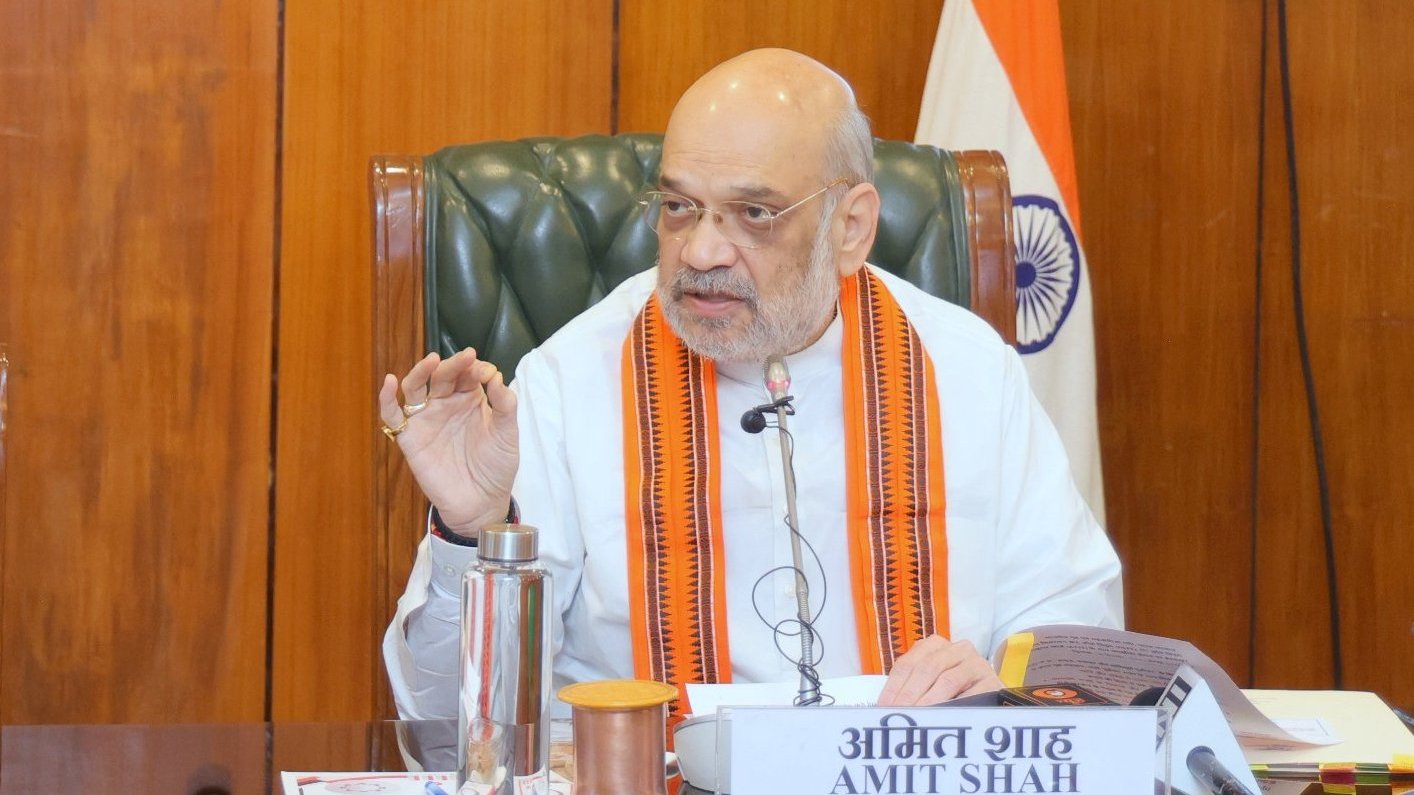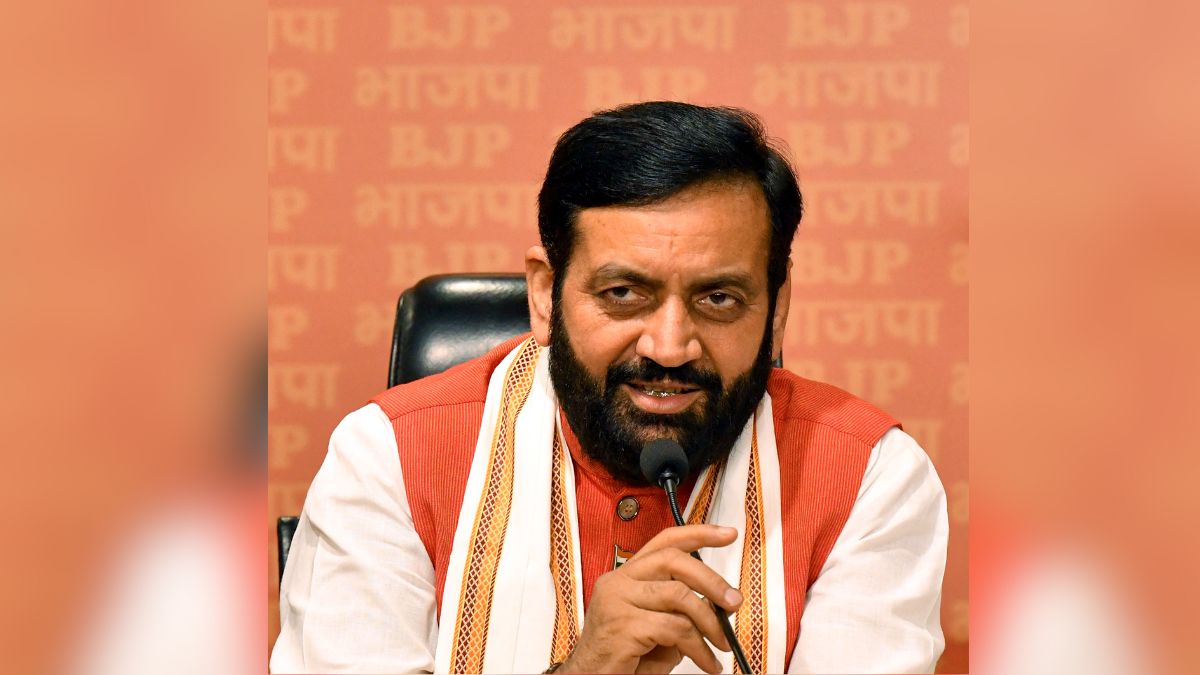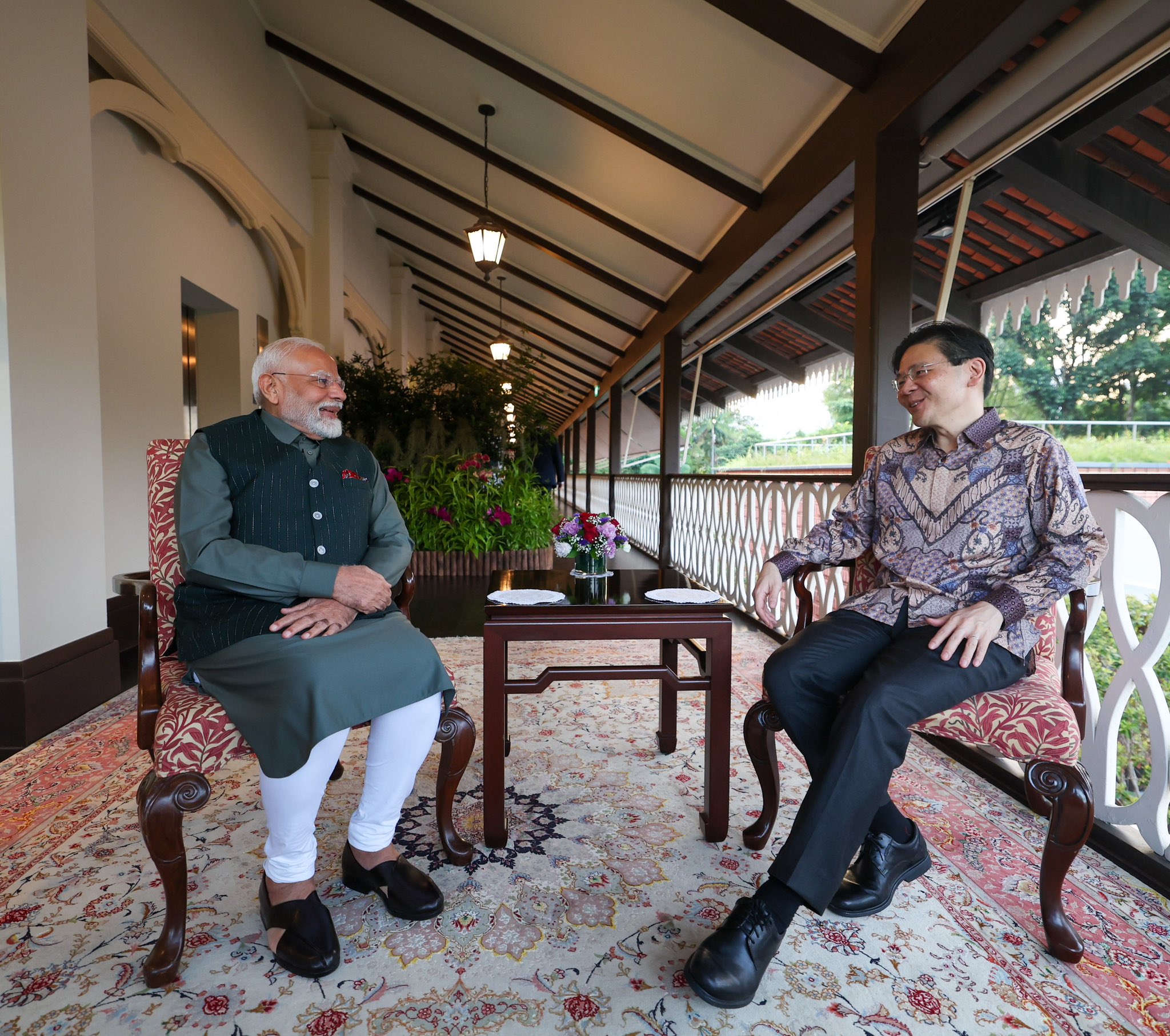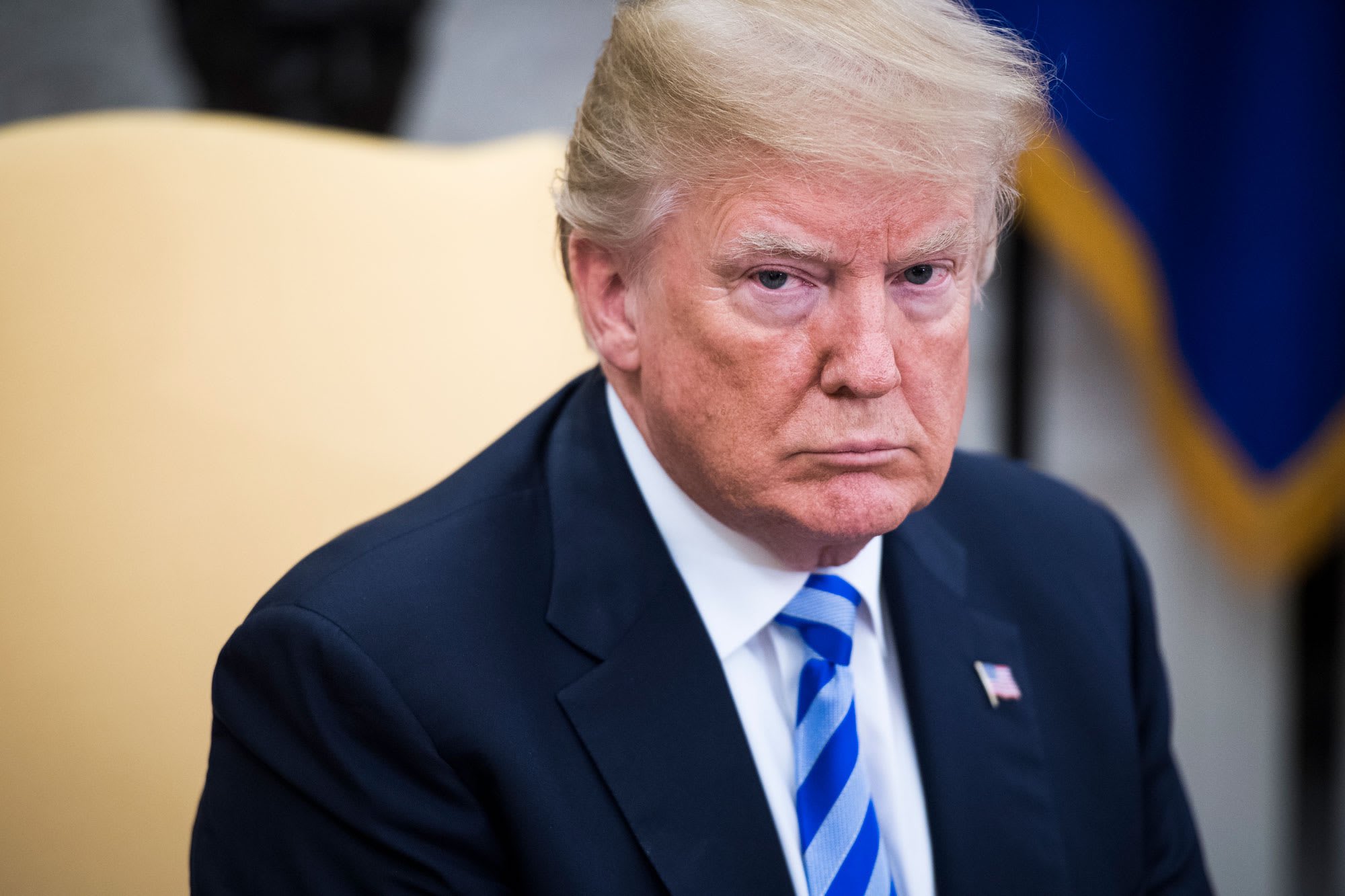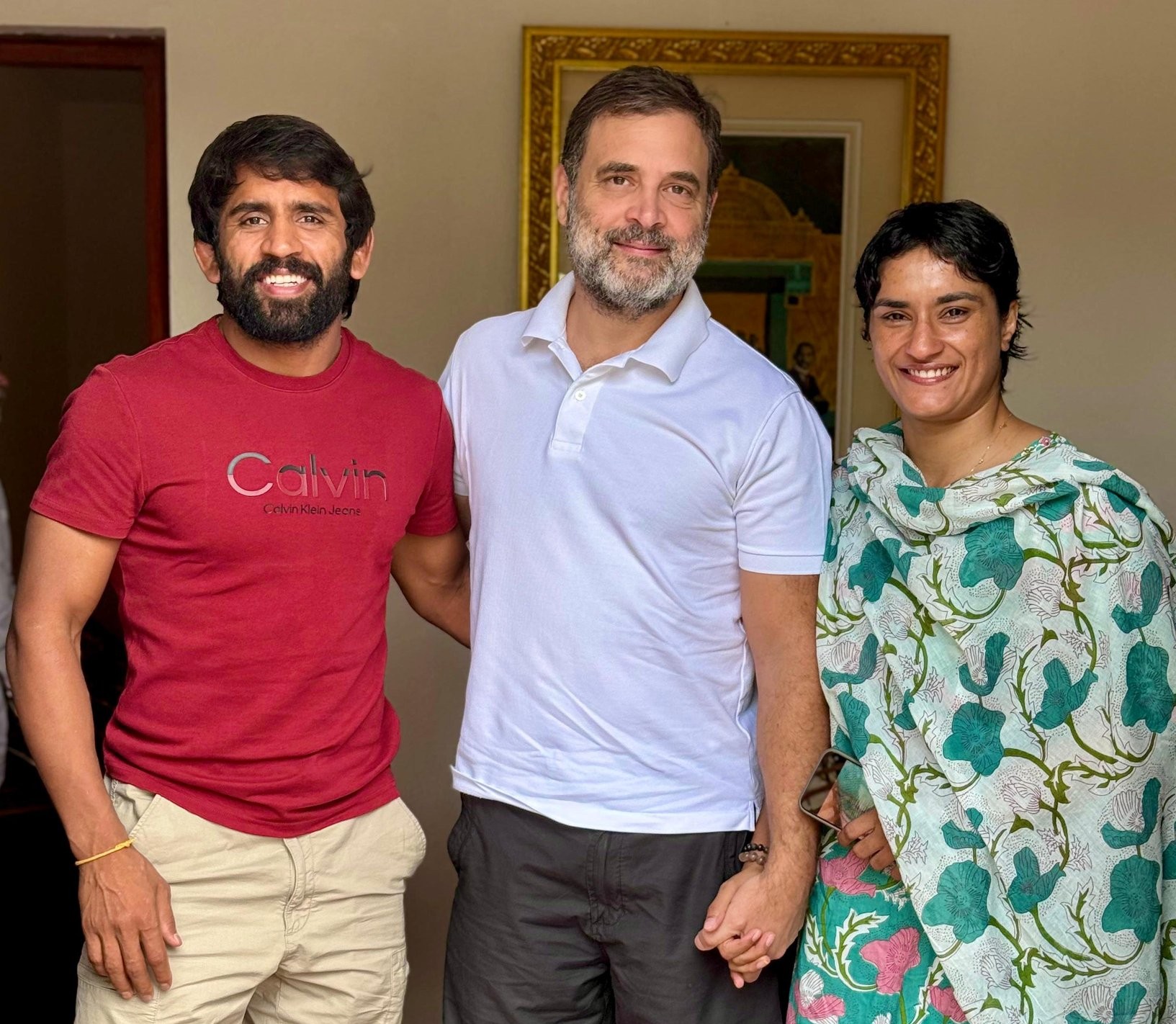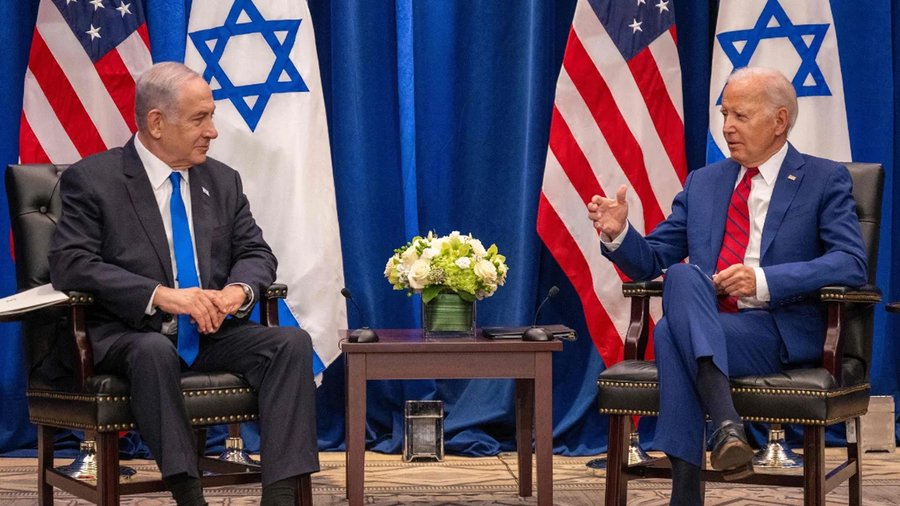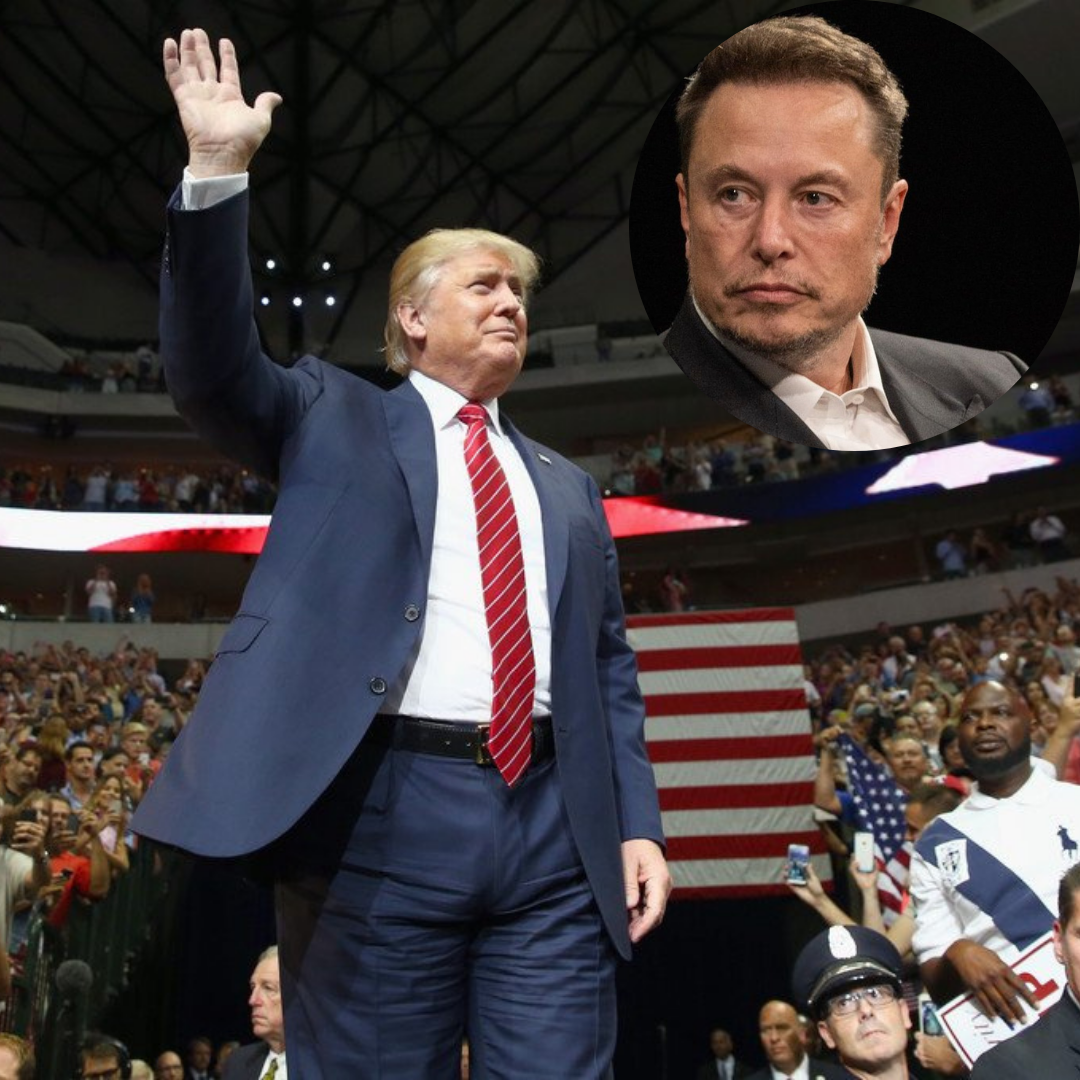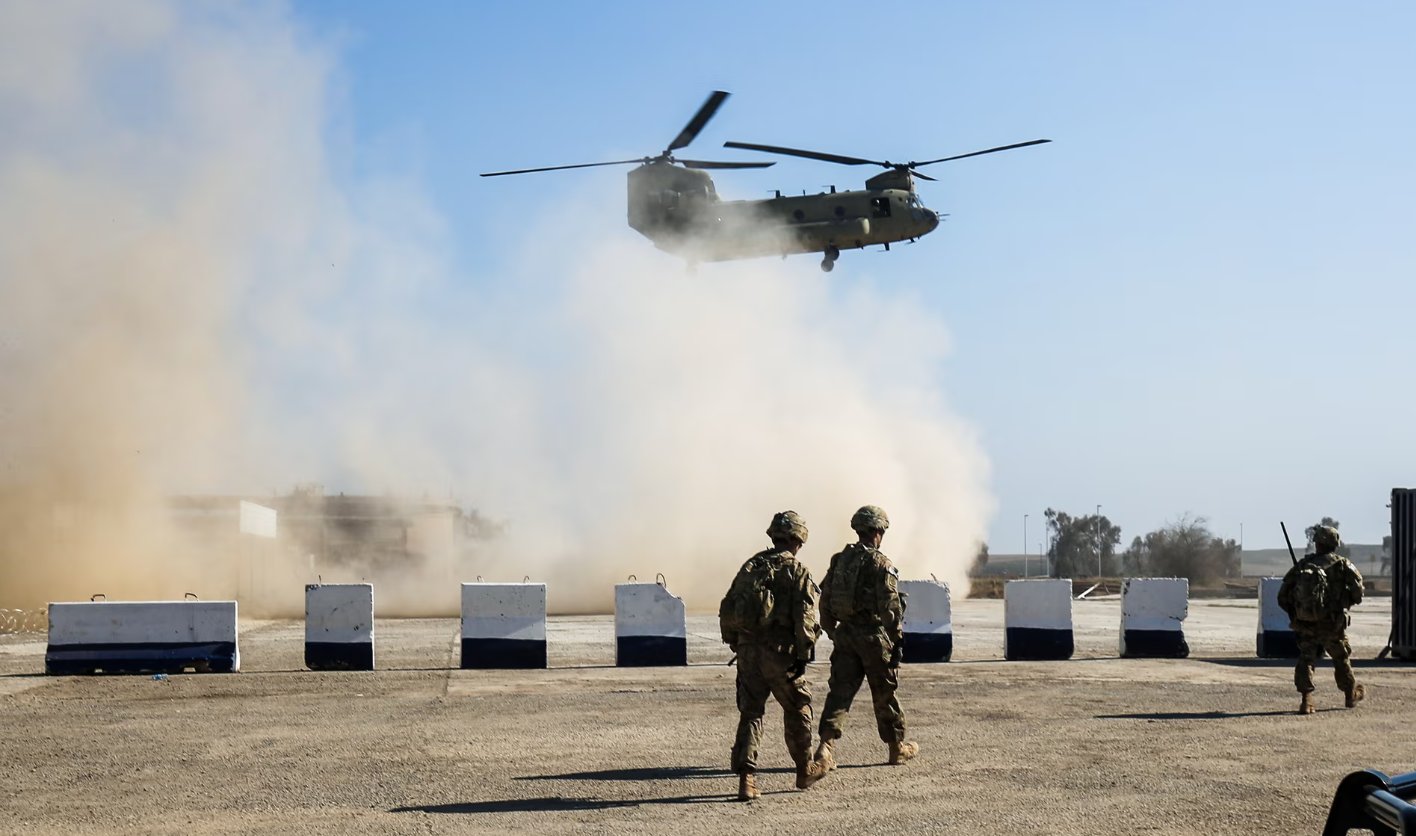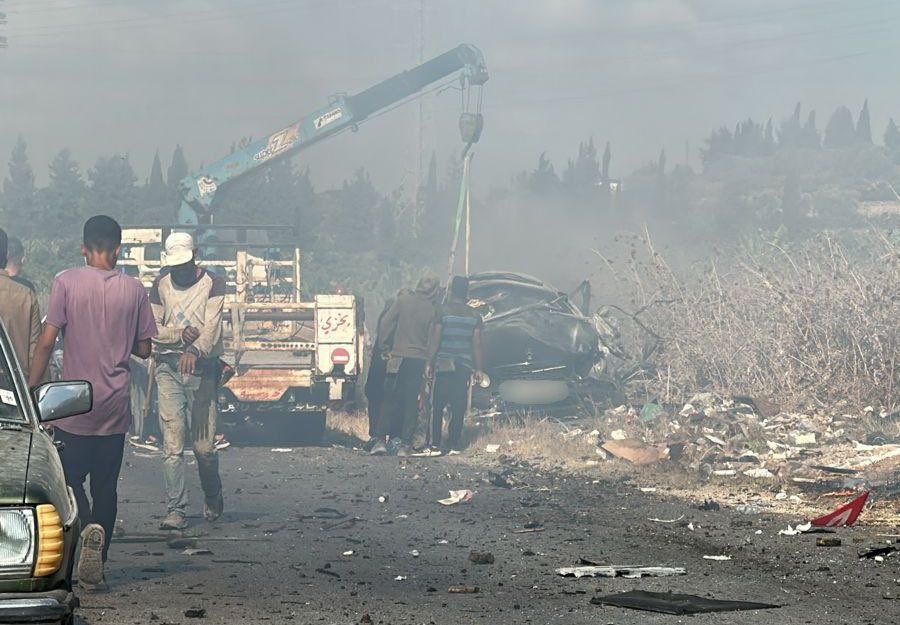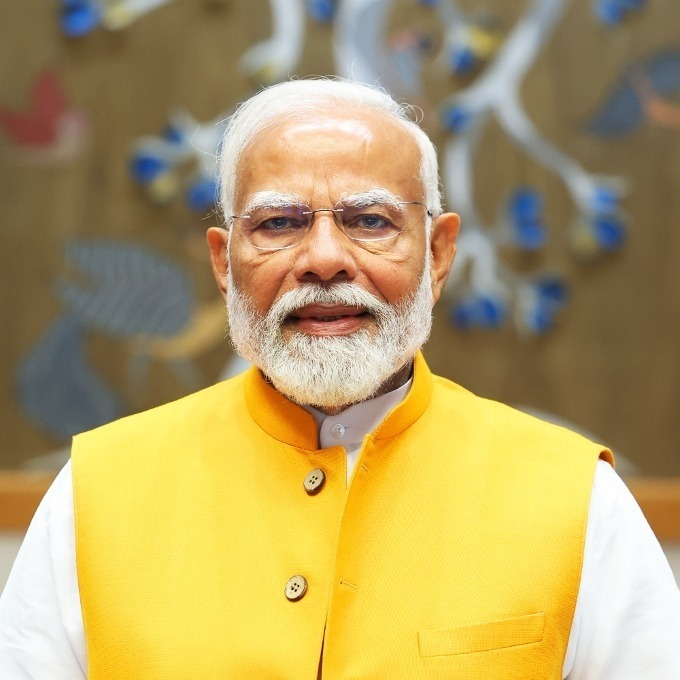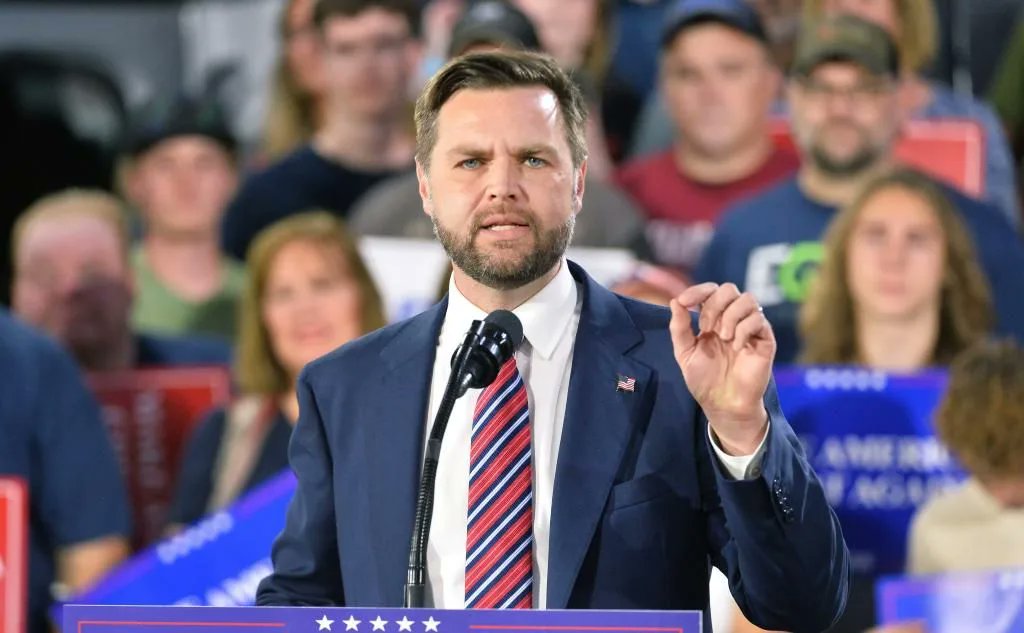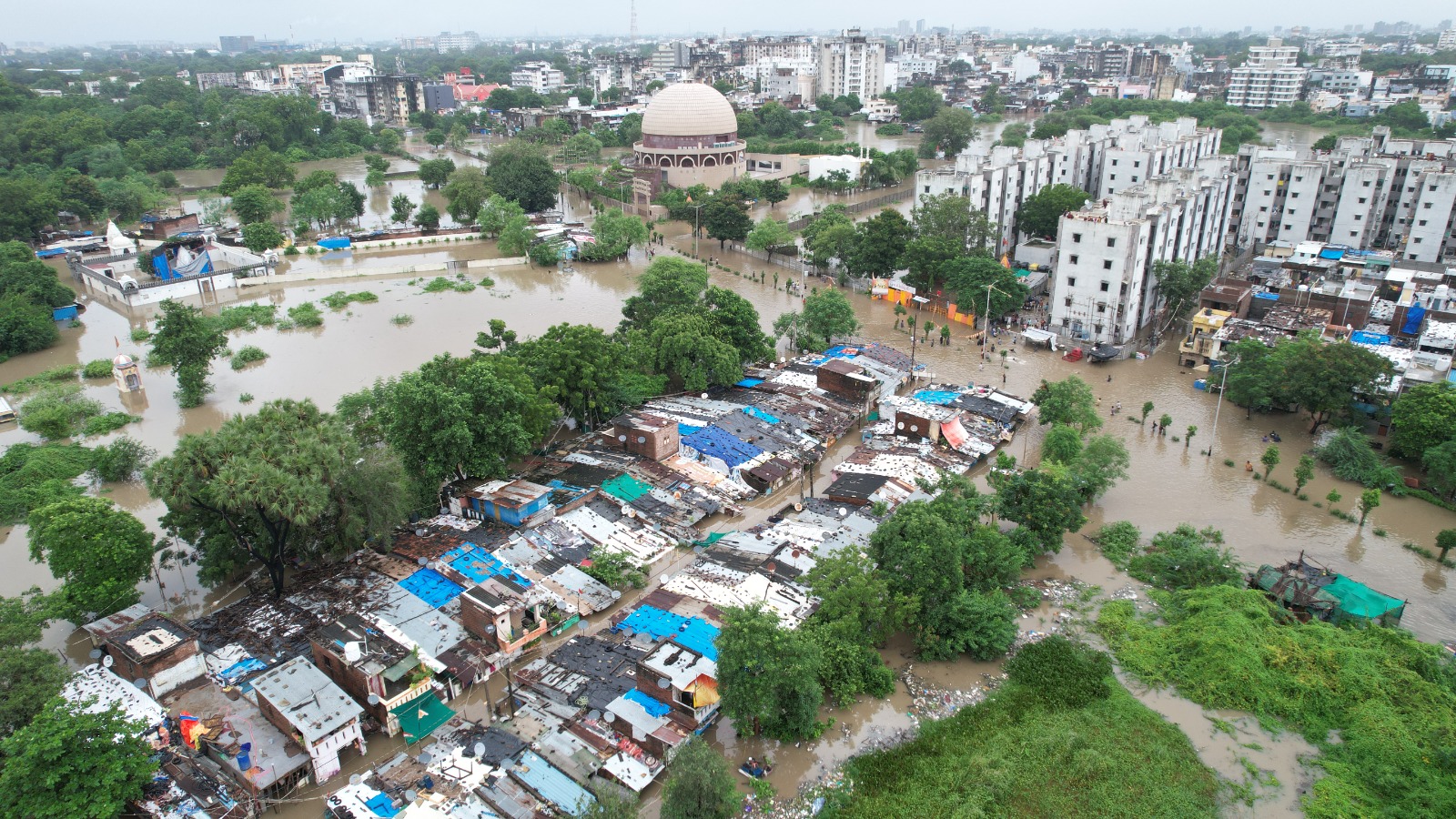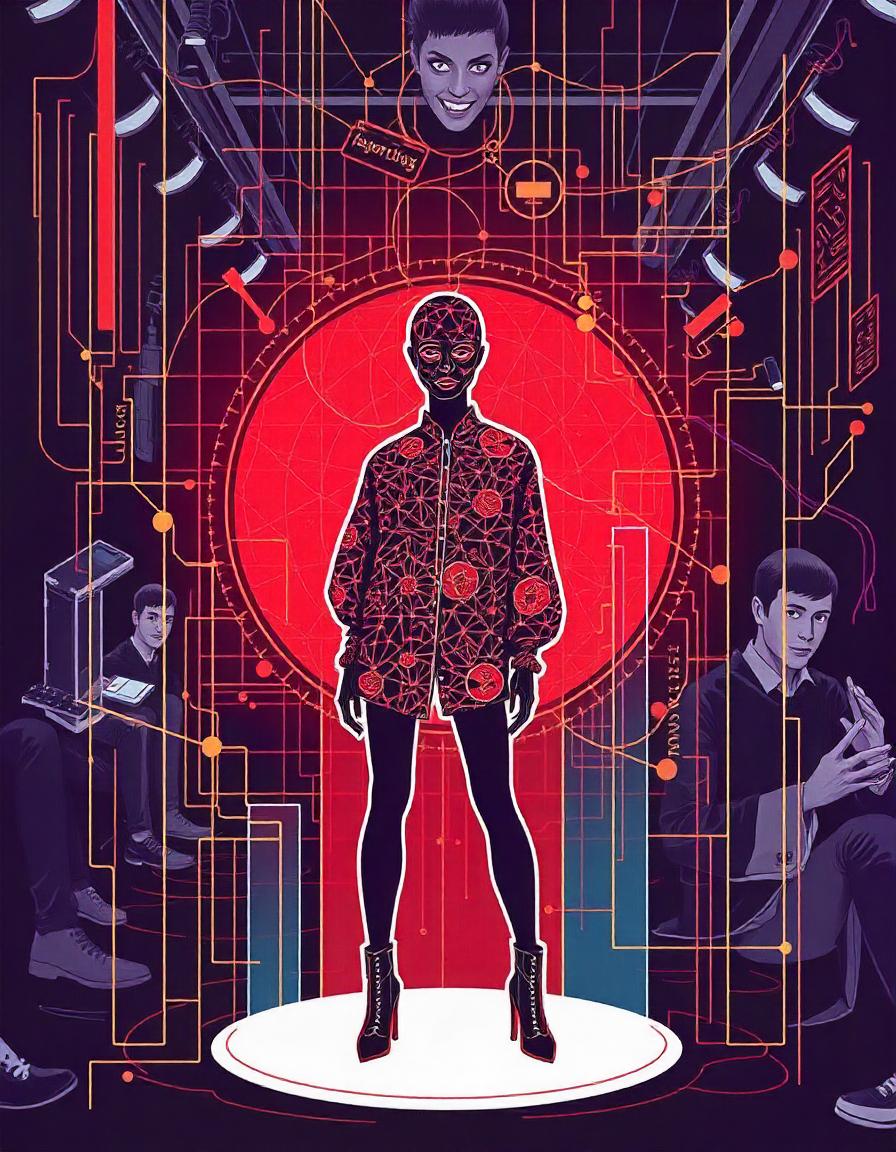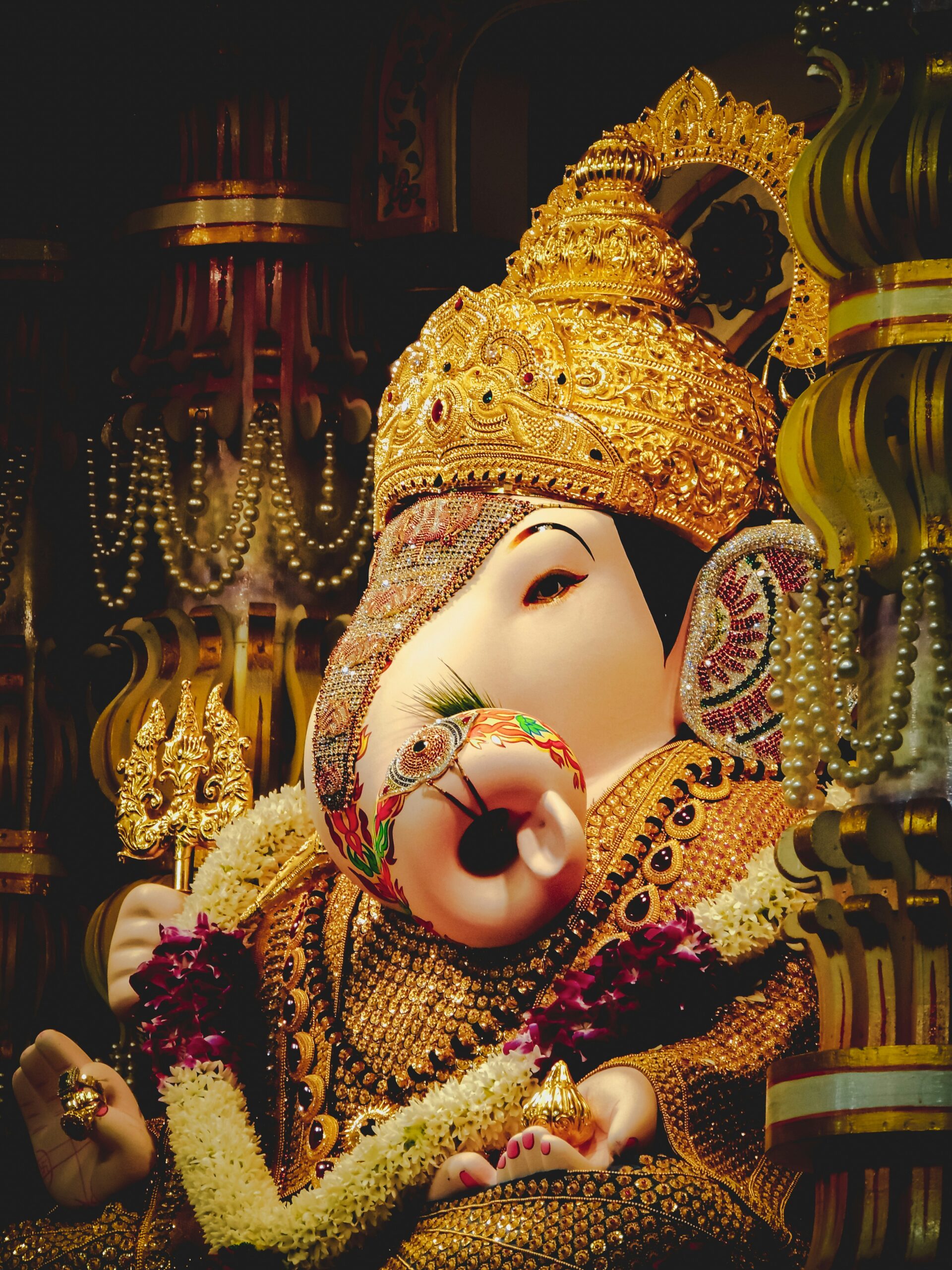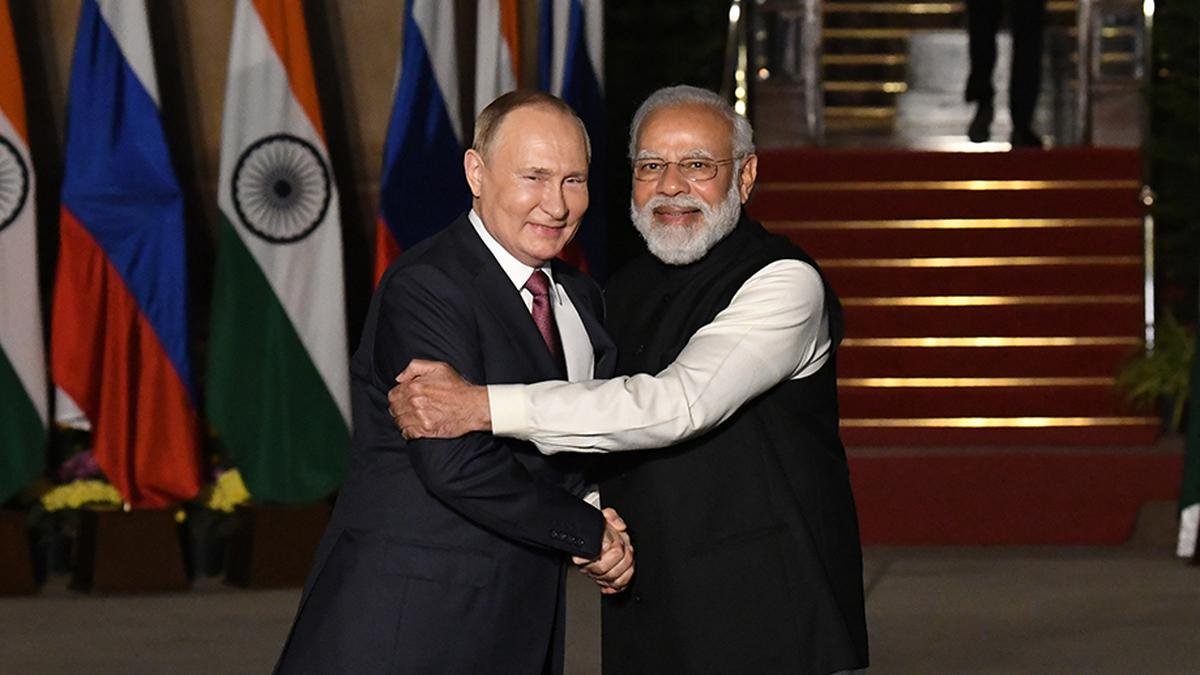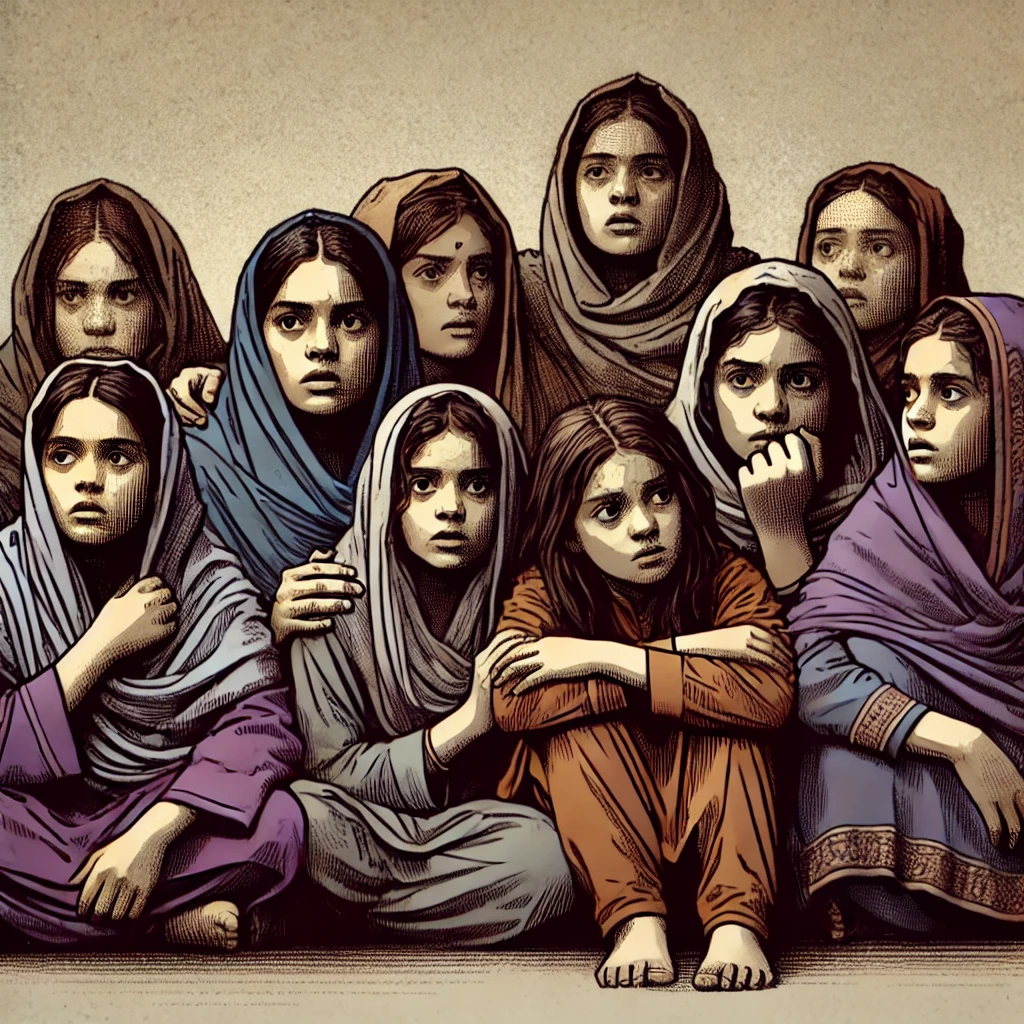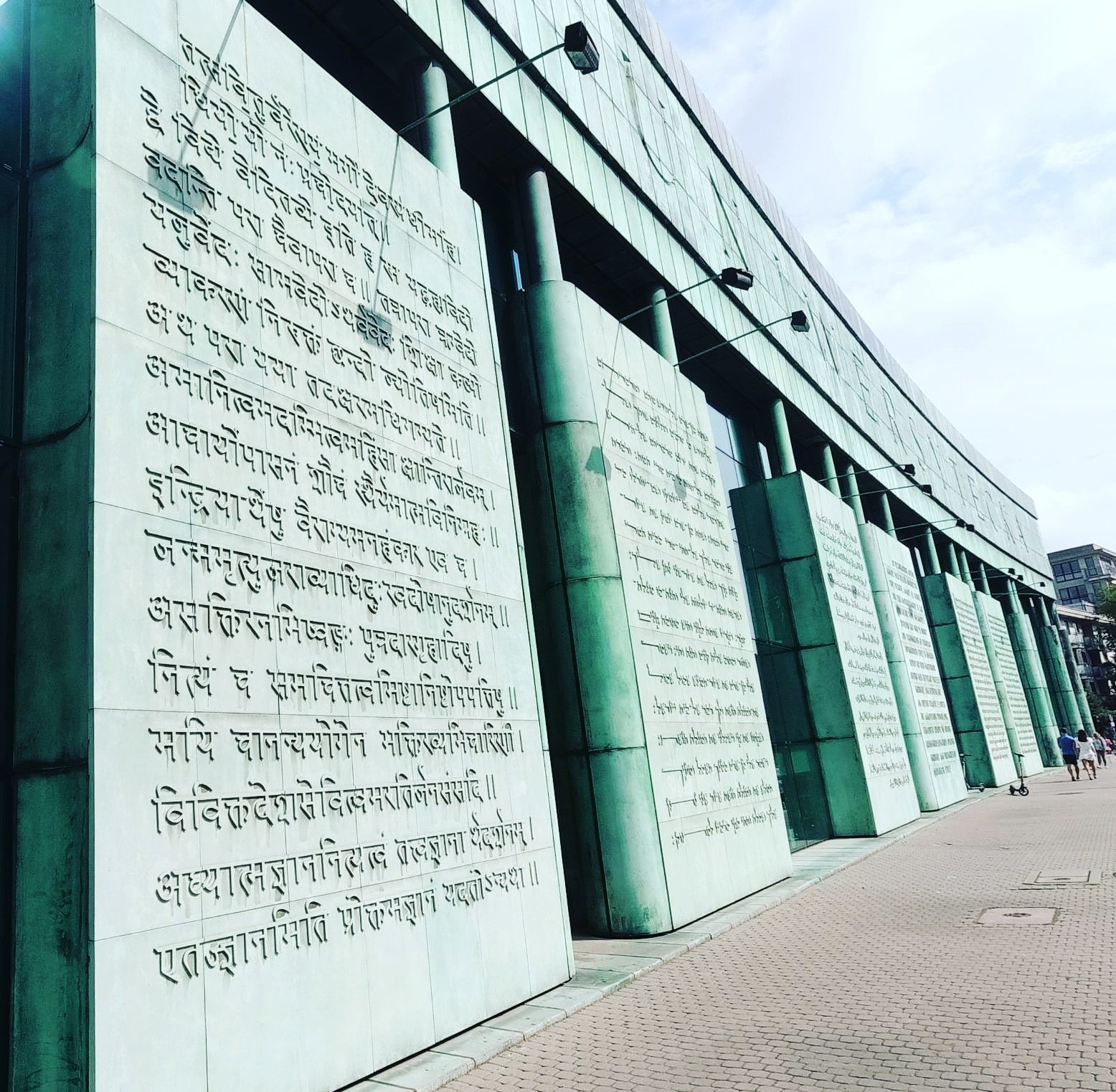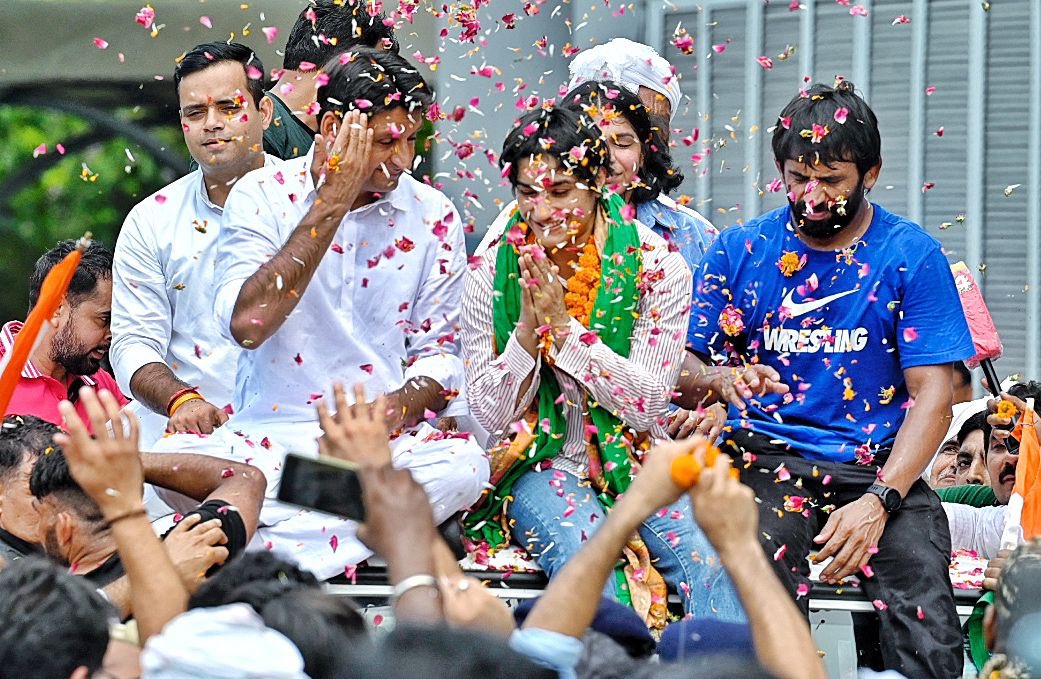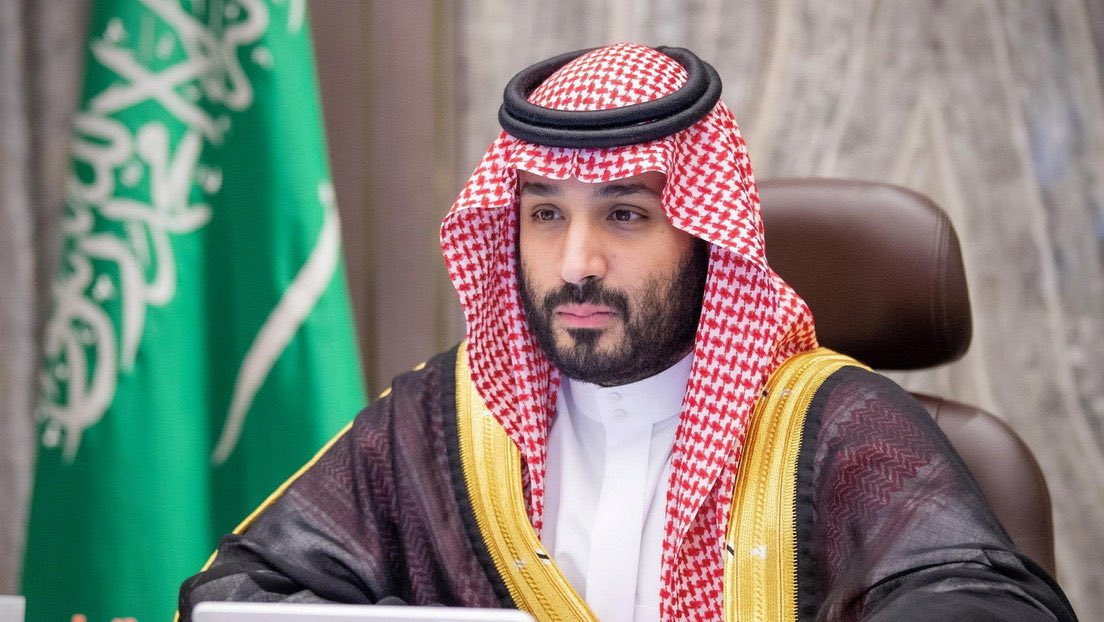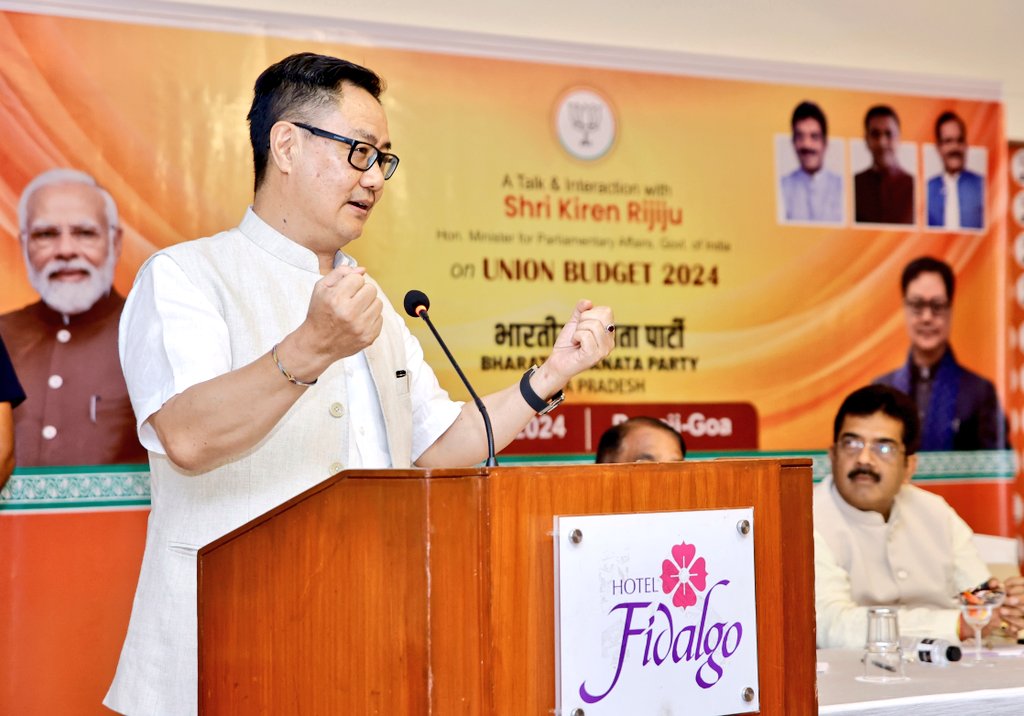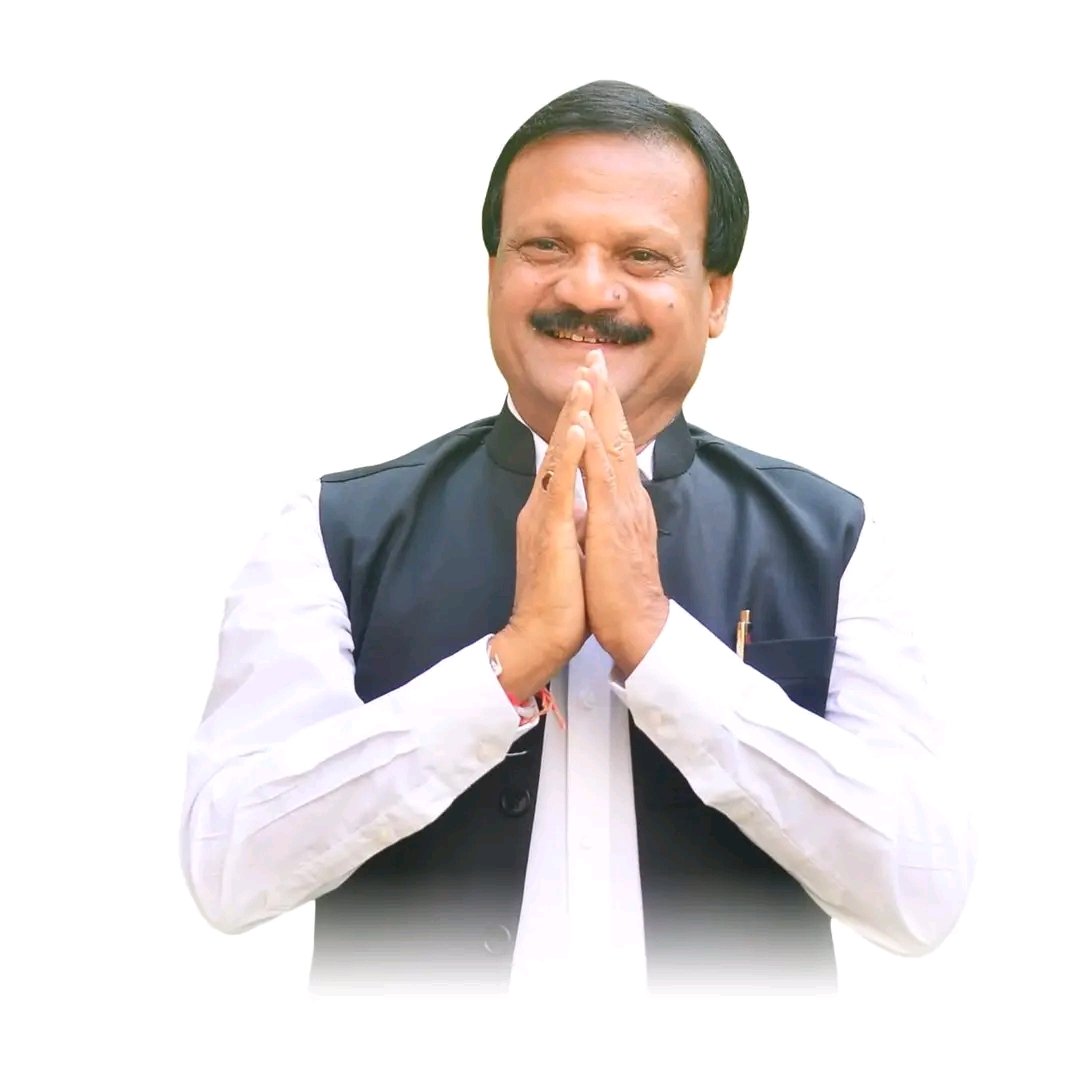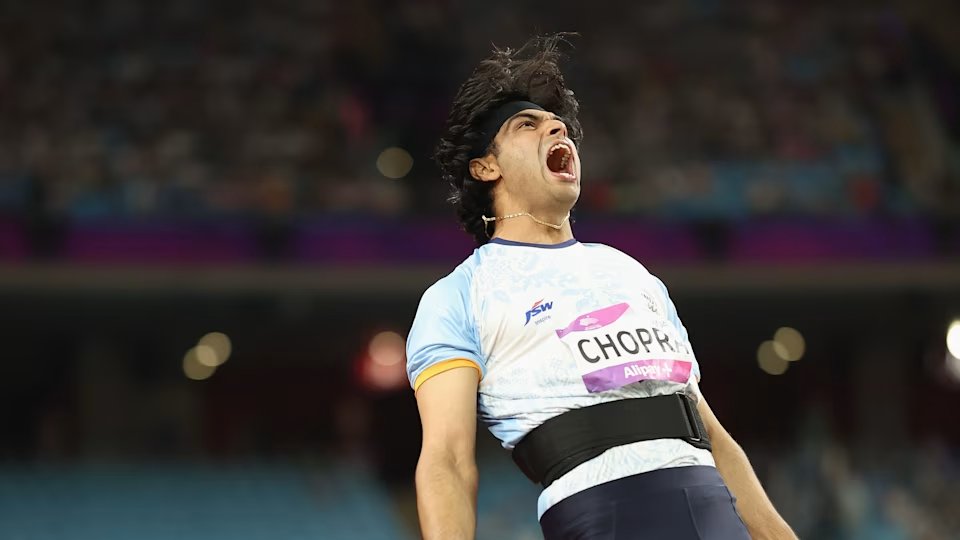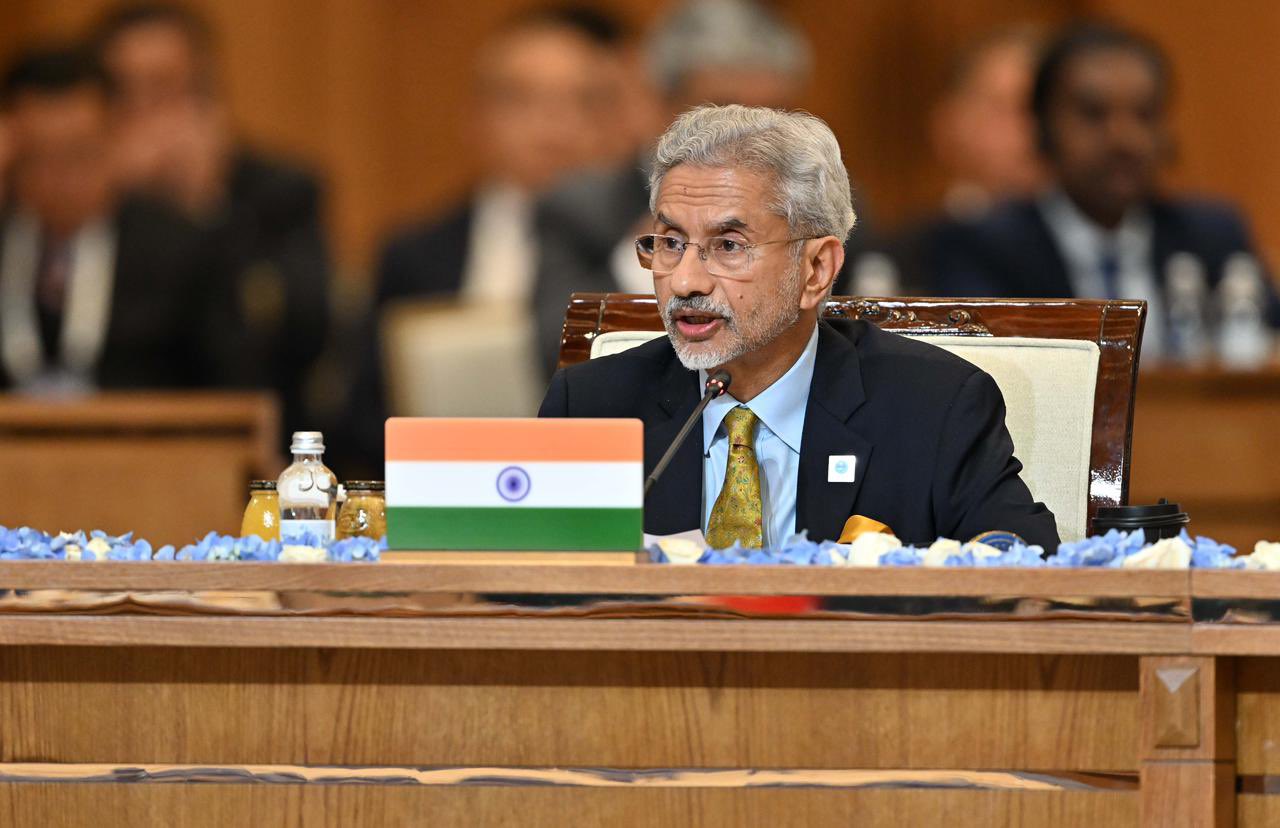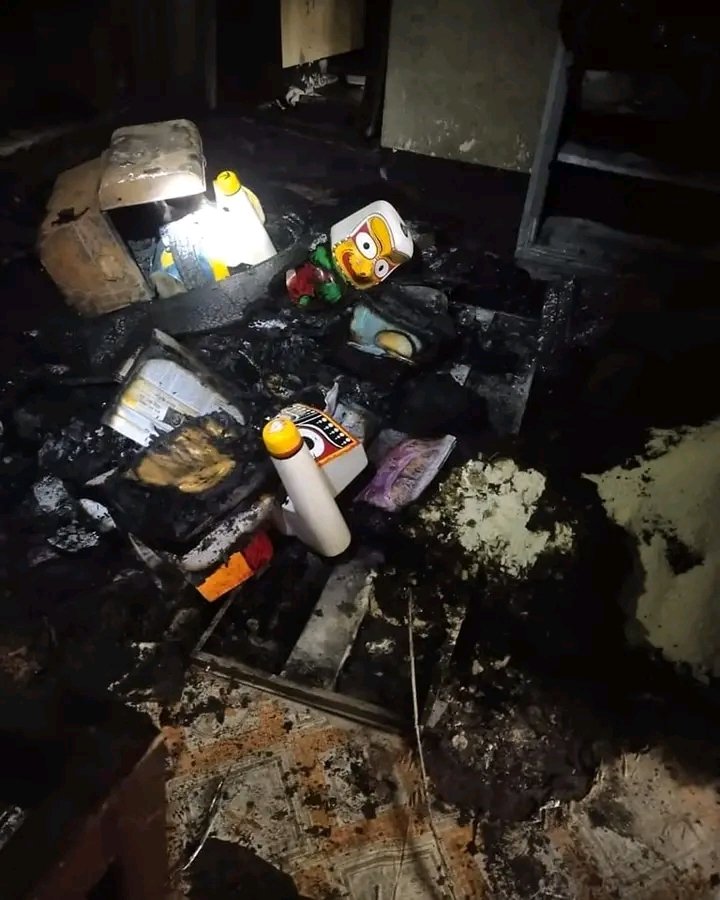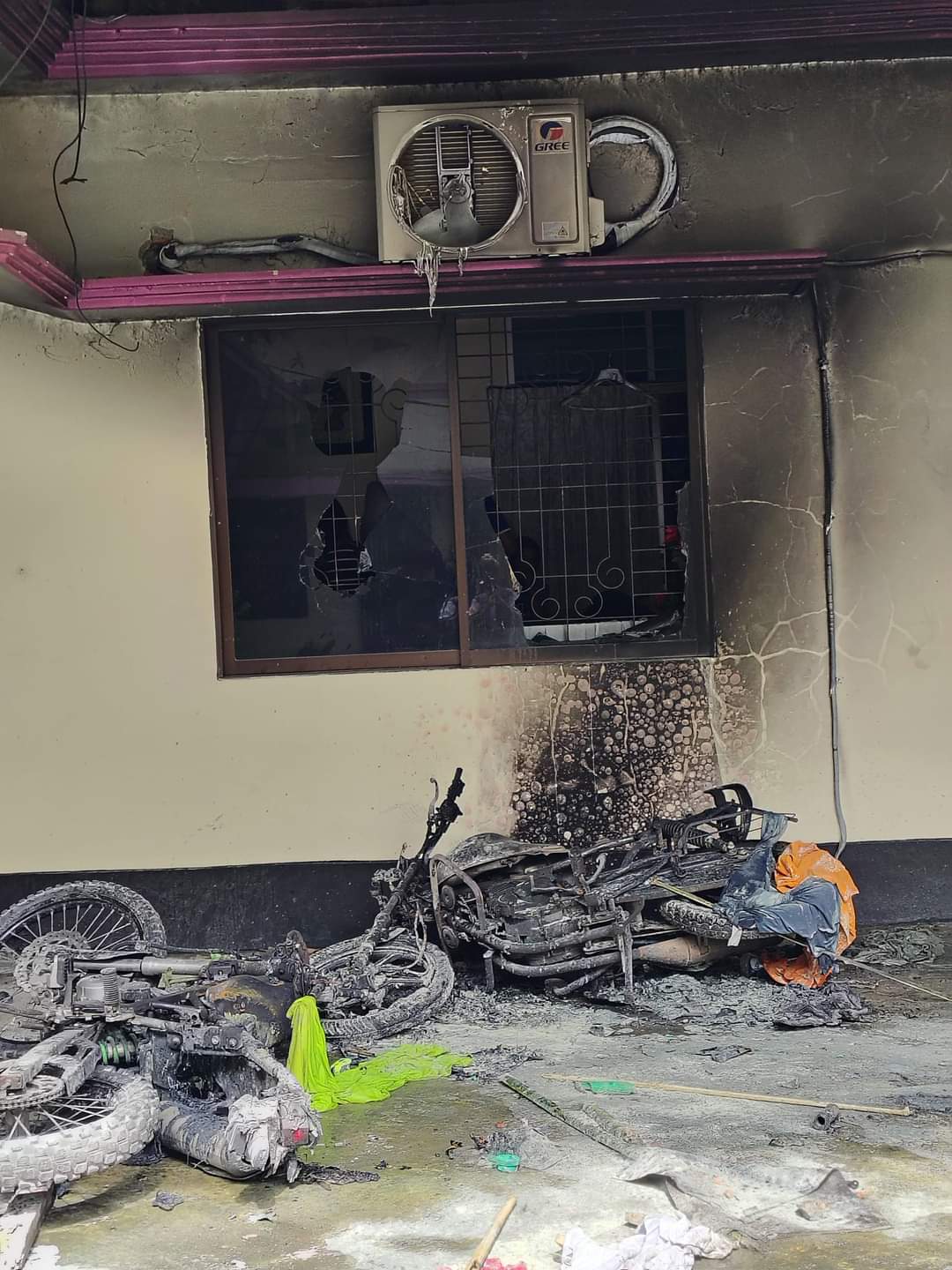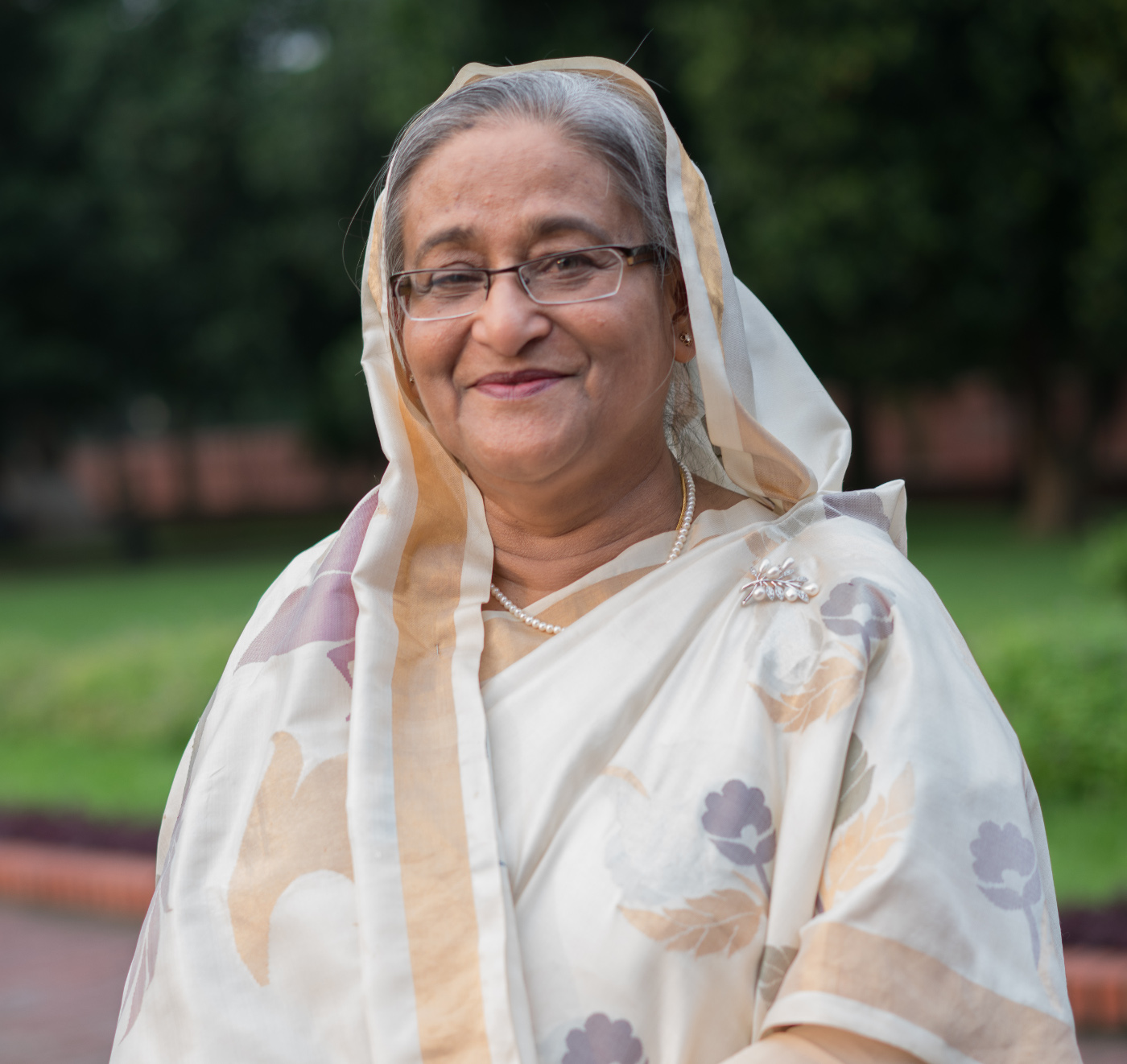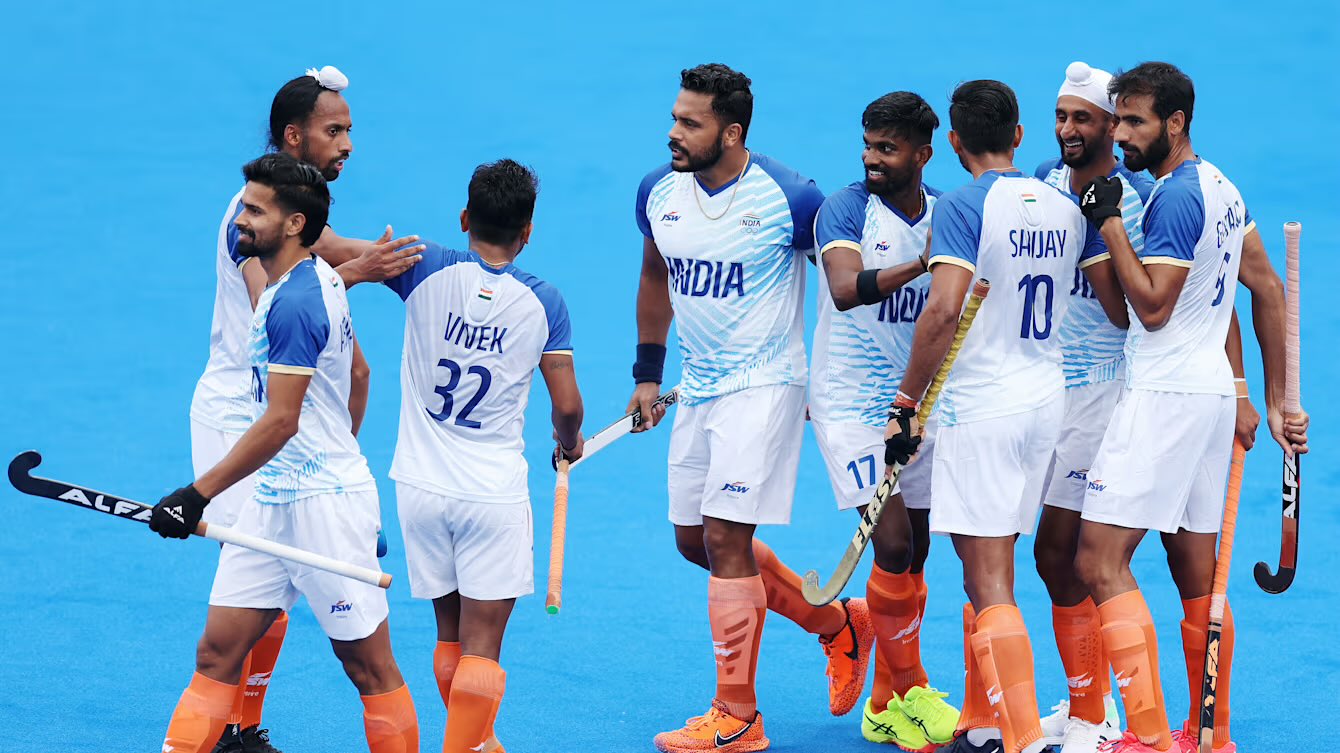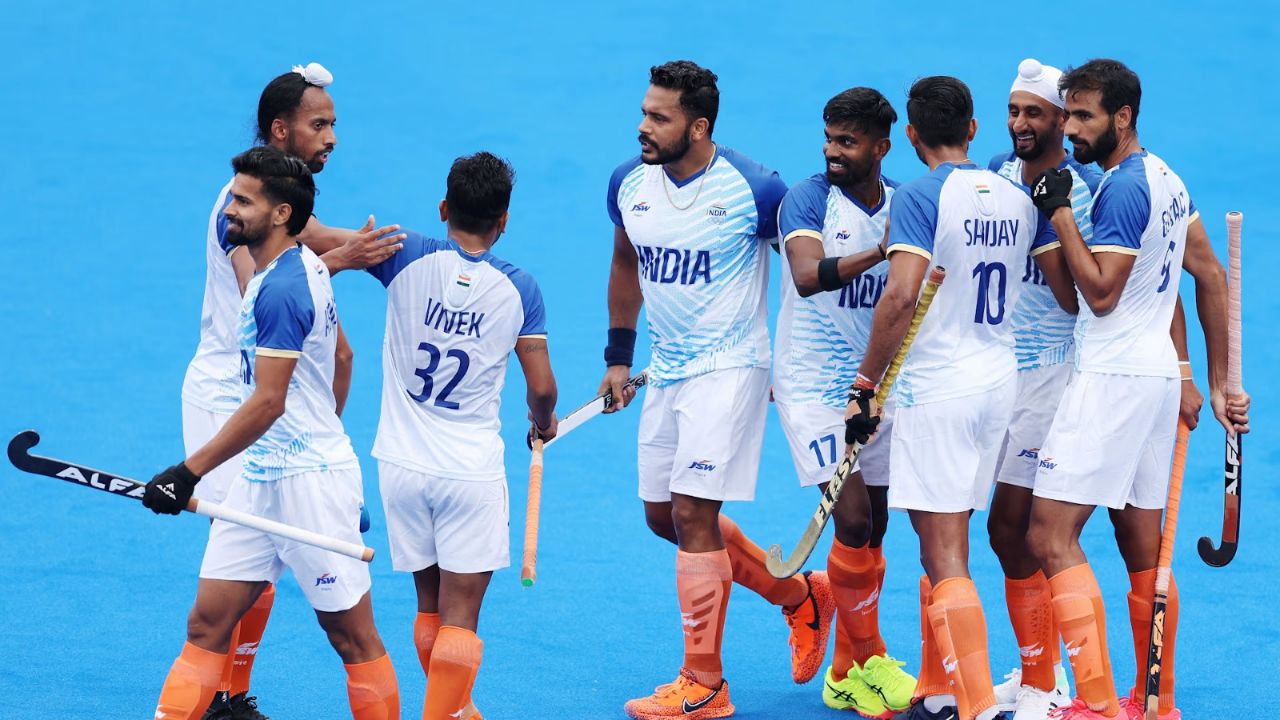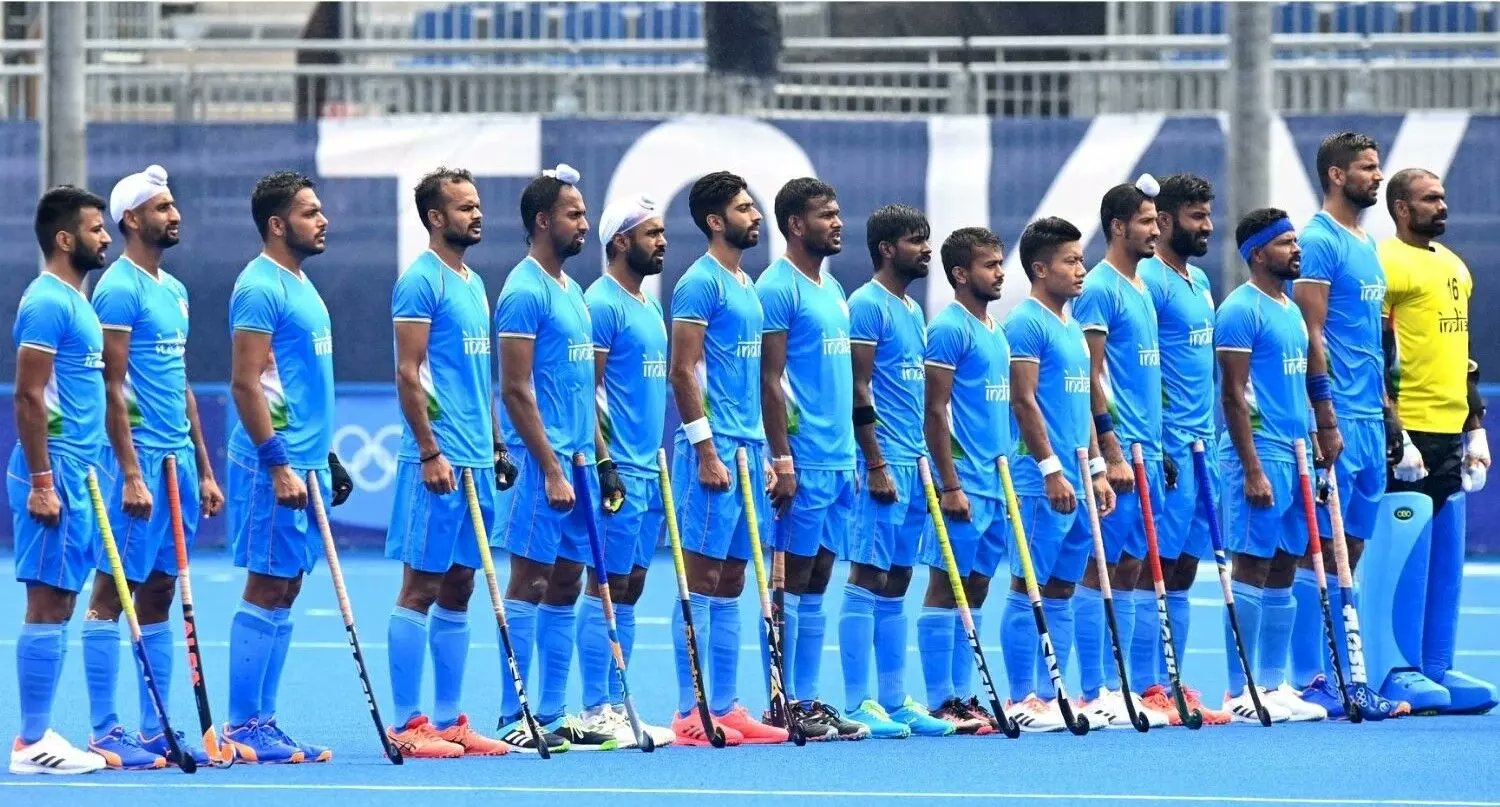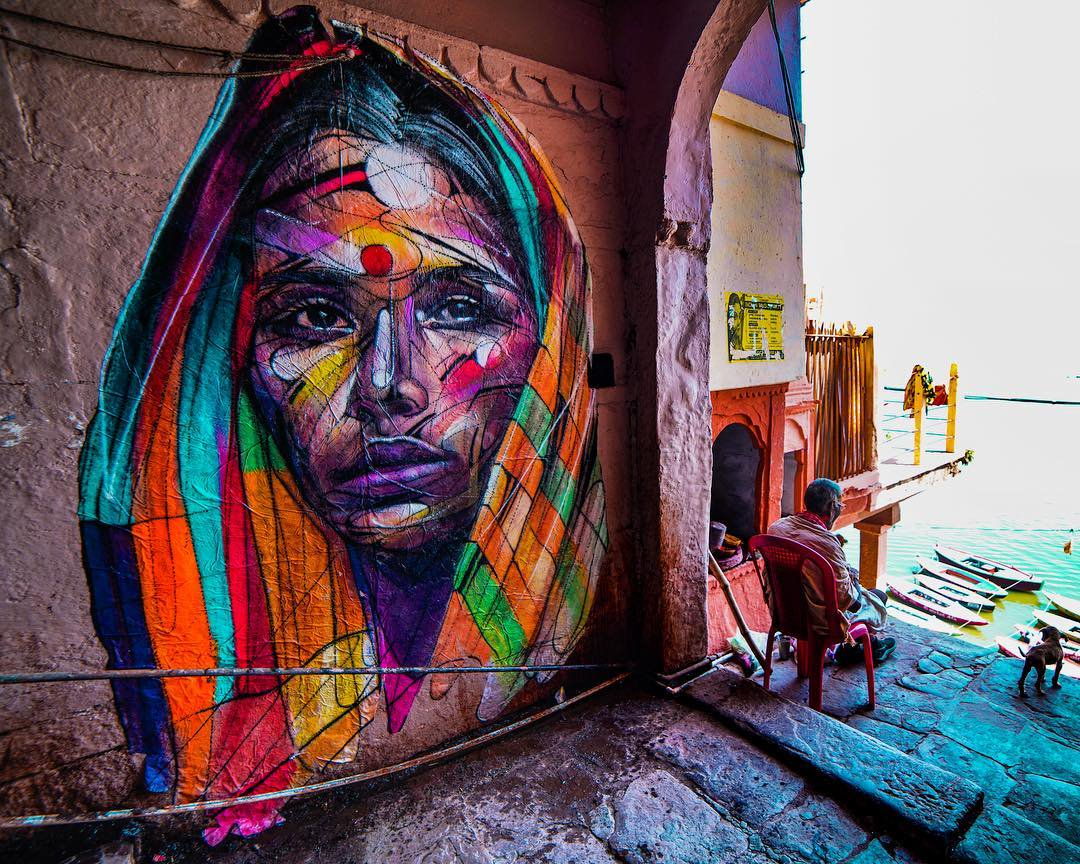The Bharatiya Janata Party (BJP) has announced a 12-hour statewide strike in West Bengal tomorrow in response to the police crackdown on a protest march towards the state secretariat, Nabanna. The march was organized to demand justice for the rape and murder of a 31-year-old doctor at Kolkata’s RG Kar Medical College and Hospital. The BJP has accused the ruling Trinamool Congress (TMC) of stifling democratic voices and suppressing peaceful protests, escalating political tensions in the state.
BJP’s Stand: Fight for Justice
BJP state president Sukanta Majumdar criticized the Mamata Banerjee-led government, alleging that the administration is failing to protect women in West Bengal. Majumdar accused the government of turning a deaf ear to the cries for justice, particularly in the case of the deceased doctor. “We are forced to give the call for a general strike as this autocratic regime is turning a deaf ear to the voices of people, the demand for justice for the deceased doctor sister. Instead of justice, Mamata Banerjee’s police are turning on the peace-loving people of the state, who only wanted a safe and secure environment for women,” he said.
The BJP has called for a bandh (strike) across West Bengal to protest the alleged inaction by the state government. The bandh aims to draw attention to the growing concerns about women’s safety and security, an issue that has been in the spotlight since the horrific incident at RG Kar Medical College.
Clashes Erupt During Protest March
On the day of the protest, chaotic scenes erupted on the streets leading to Nabanna, as police intercepted the marchers with heavy force. Riot police were deployed in large numbers, and they resorted to using teargas, water cannons, and batons to prevent the protesters from reaching the state secretariat. The protest march was part of a larger movement demanding justice for the slain doctor, and several protesters were seen retaliating by throwing stones at the police.
The Kolkata Police had made extensive preparations to thwart the march. No permission was granted for the protest, and the TMC accused the BJP of attempting to create unrest through violence. The police presence around Nabanna was formidable, with as many as 6,000 personnel deployed to stop the protesters. Drones were also used to monitor the situation, while barricades were welded into the ground and greased to prevent protesters from scaling them.
BJP-Backed or Student-Led Protest?
While the ruling TMC has labeled the protest a BJP-backed movement, the organizers have maintained that it was led by student organizations. Many of these outfits are not formally registered, and most well-known student organizations, including those affiliated with political parties, have distanced themselves from the protest.
Despite this, BJP leaders have remained vocal in their support for the movement. Leader of the Opposition in the Bengal Assembly, Suvendu Adhikari, raised concerns about the safety of four student activists who allegedly went missing after midnight. “The following Student Activists who were distributing food to the volunteers, who were arriving at Howrah Station, suddenly went missing after midnight: Subhojit Ghosh, Pulokesh Pandit, Goutam Senapati, Pritam Sarkar. Neither they can be traced nor are they answering their phones,” Adhikari posted on X (formerly Twitter).
Adhikari accused the police of detaining the students and warned that if anything happened to them, the police would be held accountable. Bengal police, however, responded with a statement claiming that the four students were arrested for planning large-scale violence during the march. “They have been arrested in the interest of public safety and security, and their families have been informed,” the police said.
Adhikari has stated that the families of the four students have approached the Calcutta High Court to seek justice.
TMC’s Response: A “Flop Show”
The Trinamool Congress has dismissed the BJP’s bandh call and criticized the protests as a political maneuver to gain ground in West Bengal. TMC leaders have accused the BJP of attempting to create chaos under the guise of a peaceful protest. Bengal Minister Chandrima Bhattacharya called the protest a “flop show” and commended the police for handling the situation despite provocation. “We have all seen how the police have acted today despite provocation. They were insulted and stones were thrown,” Bhattacharya said during a press conference.
The TMC has consistently maintained that the protest was not genuinely driven by student concerns but was instead part of a larger political conspiracy orchestrated by the BJP and the ABVP (Akhil Bharatiya Vidyarthi Parishad), the student wing of the BJP. Bhattacharya accused the BJP of engaging in “vulture politics” and attempting to create unrest by using students as a front.
Earlier, Bhattacharya had alleged that the protest was a plot to incite violence and create instability in the state. She claimed that there was a conspiracy to fire shots during the rally, which would then be blamed on the police. The TMC released two videos to support their claims, in which men can allegedly be heard discussing the need for “bodies” to turn the tide in favor of the BJP. However, the authenticity of these videos has not been independently verified.
Nabanna on High Alert
In anticipation of the protest, the Kolkata Police turned Nabanna into a virtual fortress, with barricades, drones, and thousands of police personnel deployed to secure the area. Barricades were heavily reinforced, and the police were prepared for any attempts by protesters to breach the security perimeter. The authorities’ goal was to prevent any disruption to the functioning of the state secretariat, which serves as the administrative hub of the West Bengal government.
Bengal’s History of Bandhs
Bandhs have been a frequent political tool in West Bengal, historically used by opposition parties to express dissent against the ruling government. However, in recent years, the state has seen fewer bandhs as the TMC government has sought to maintain law and order and minimize disruptions to public life. The BJP’s call for a bandh tomorrow marks a significant moment in the ongoing political battle between the ruling TMC and the opposition BJP in the state.
A State on Edge
The BJP’s bandh call has added fuel to the already simmering tensions in West Bengal. With accusations of political conspiracy, concerns about women’s safety, and a growing divide between the ruling TMC and the opposition BJP, the situation remains volatile. As both parties continue to trade barbs and accuse each other of inciting violence, the people of West Bengal are left to navigate an increasingly polarized political landscape.
The outcome of the bandh and the ongoing protests will likely have far-reaching implications for the state’s politics, as the BJP seeks to make inroads in a state long dominated by the TMC. For now, West Bengal remains on edge as it braces for tomorrow’s strike and the potential for further clashes between protesters and the police.


